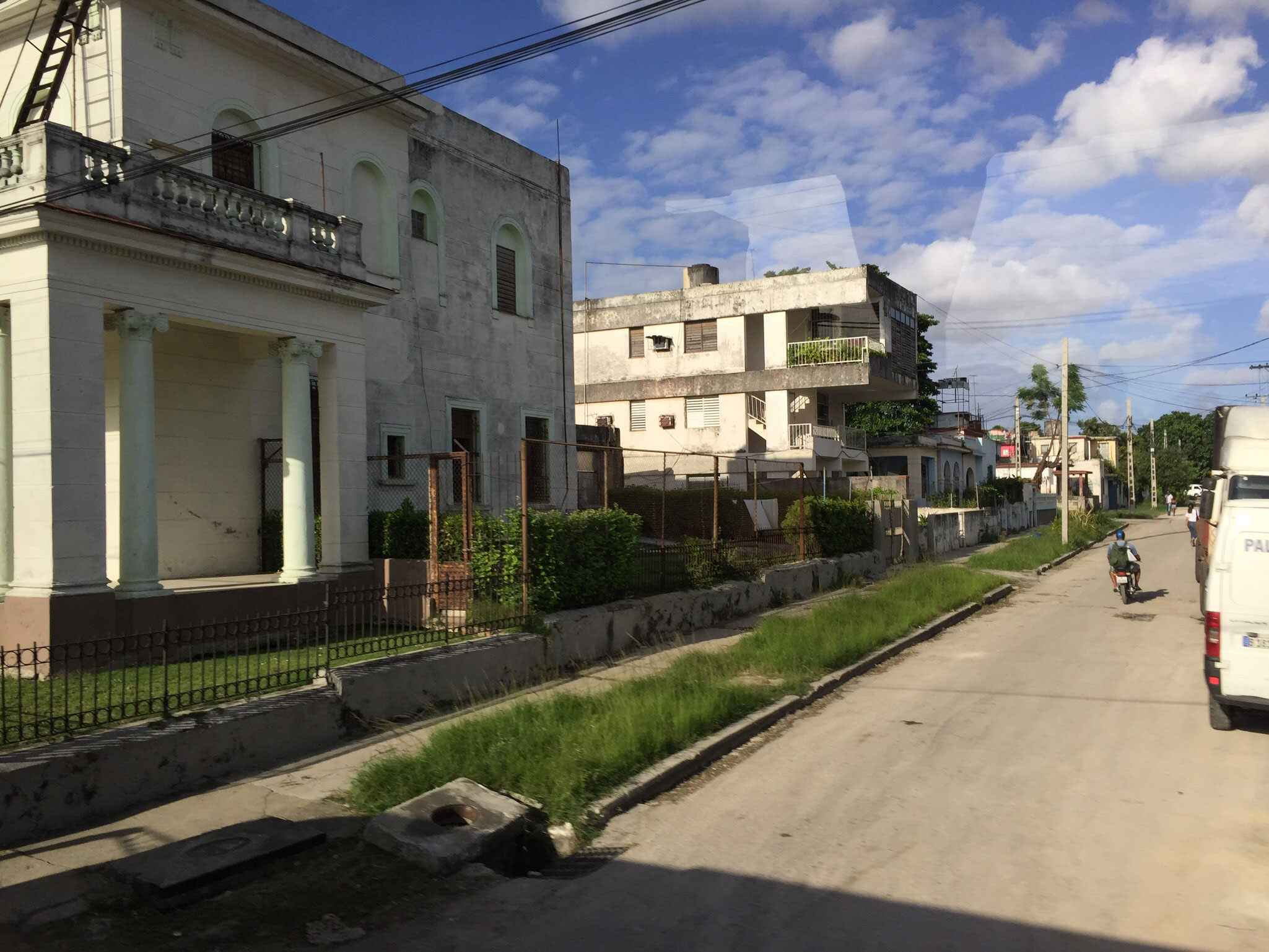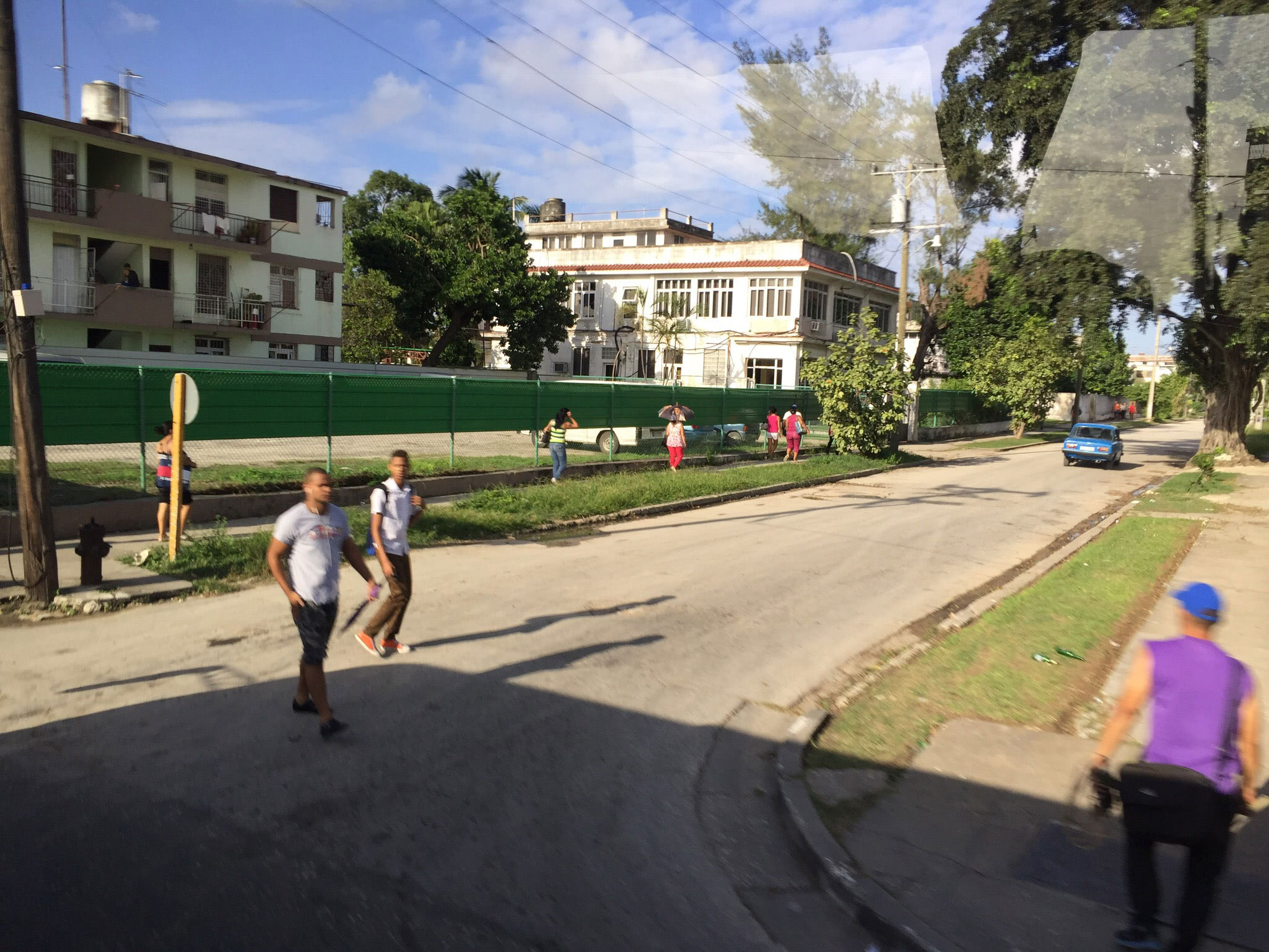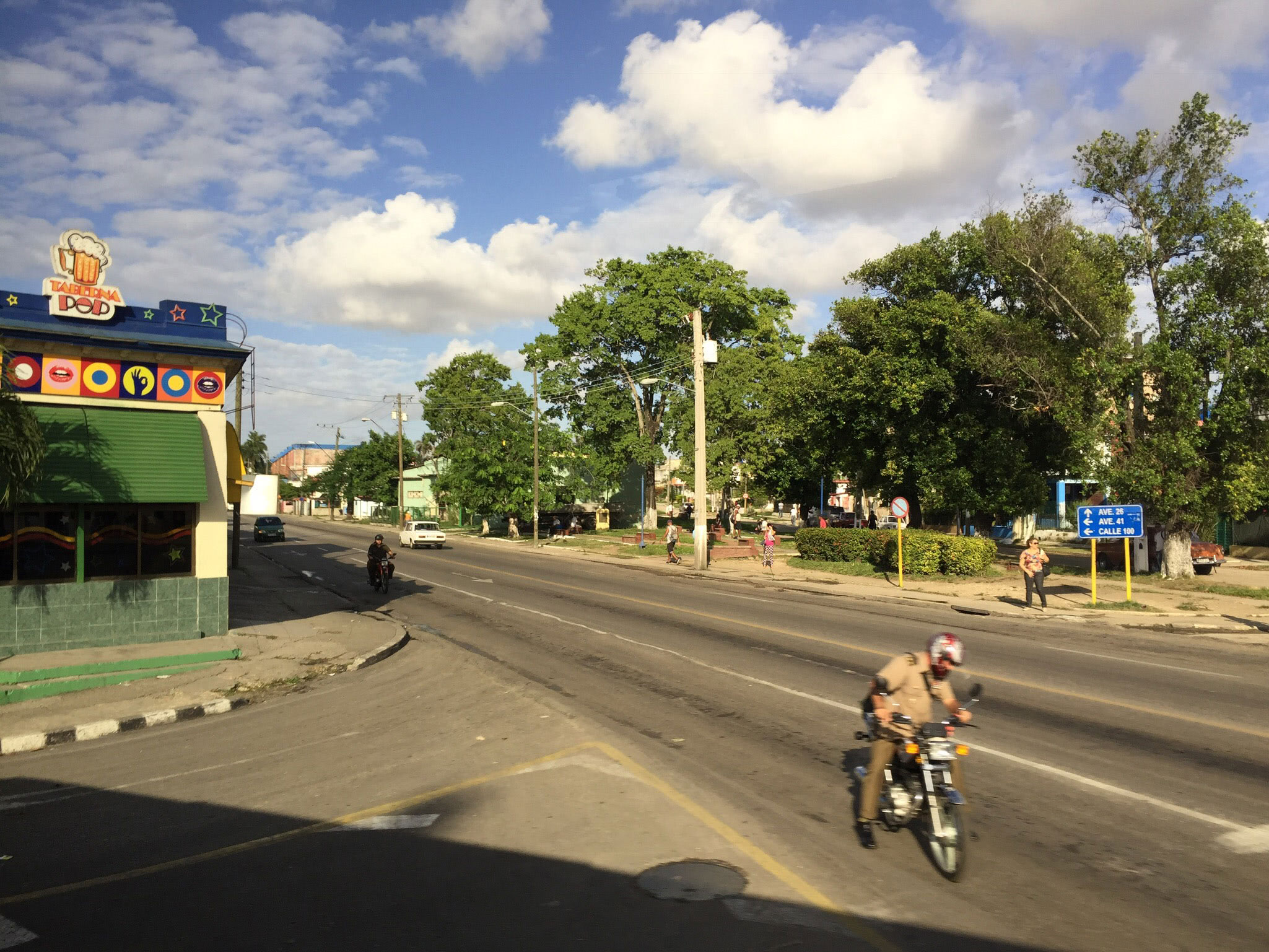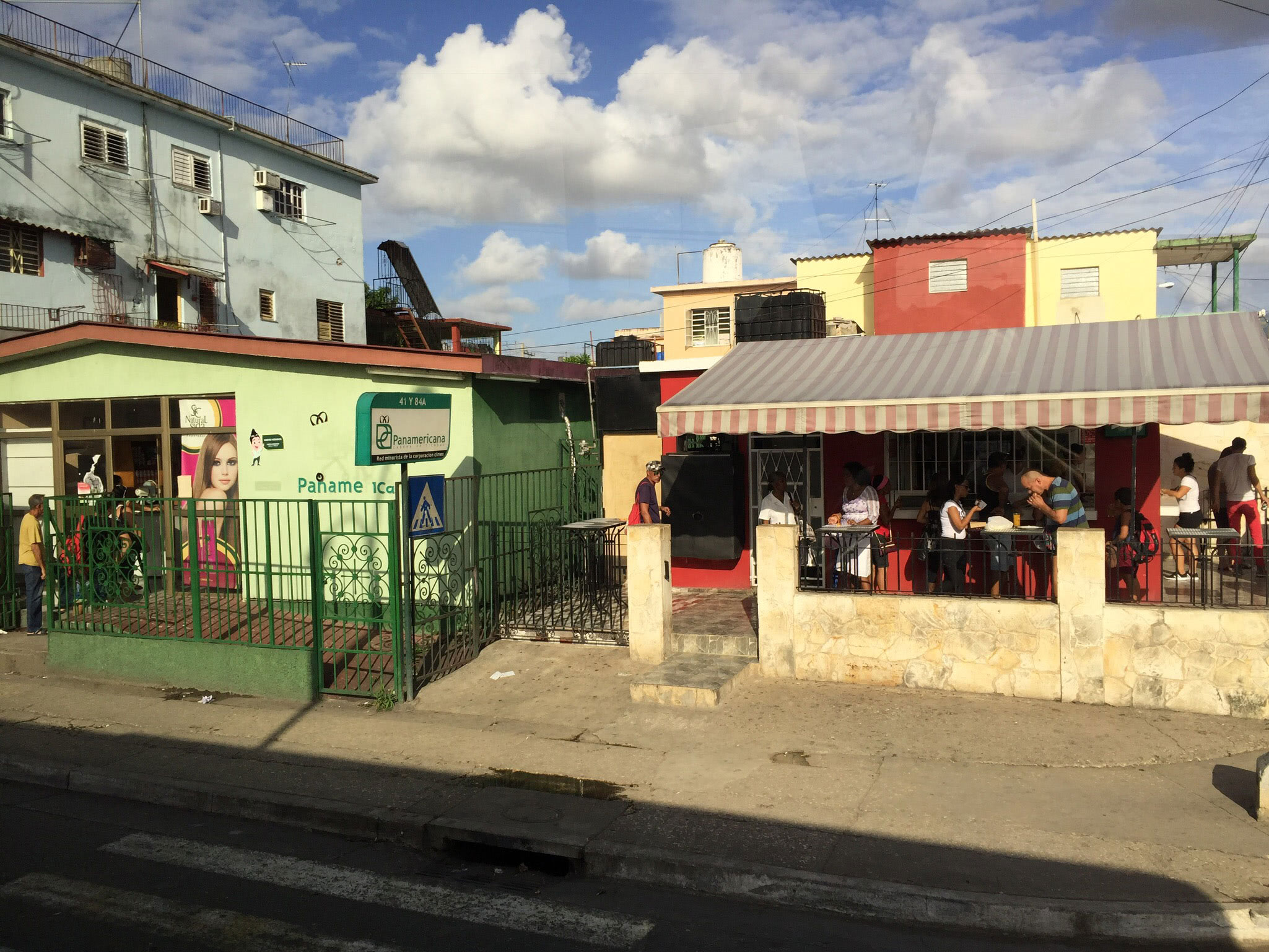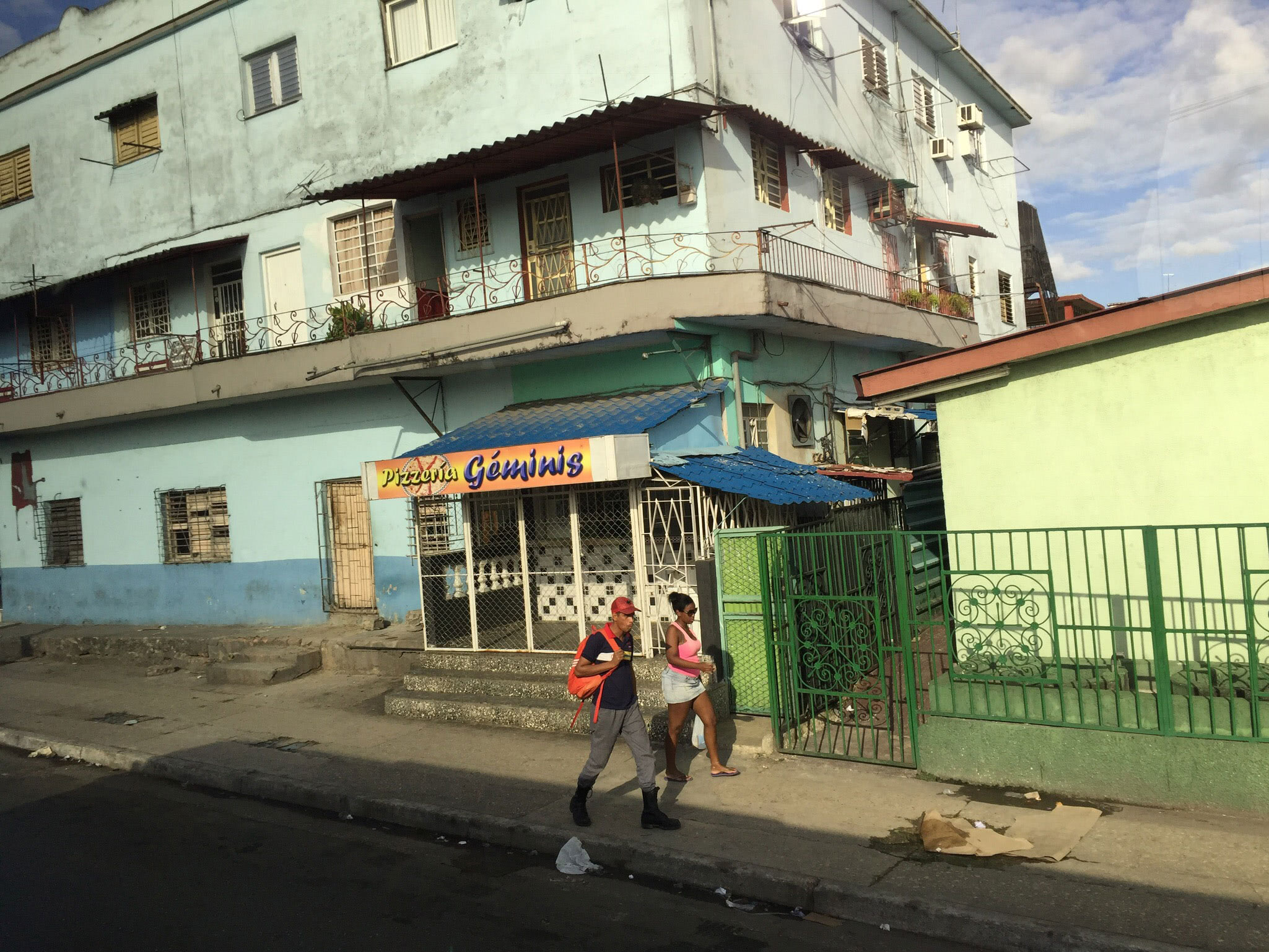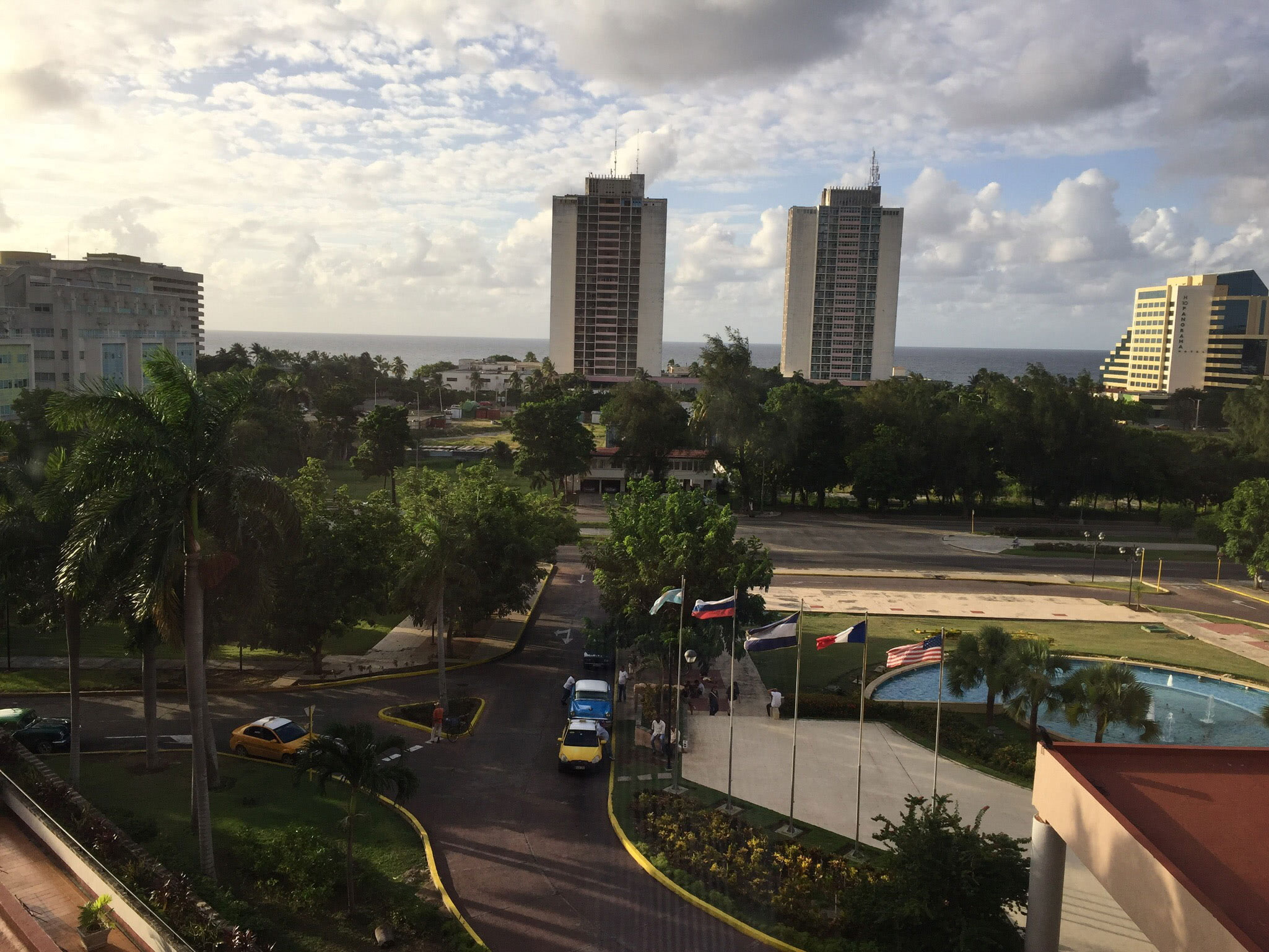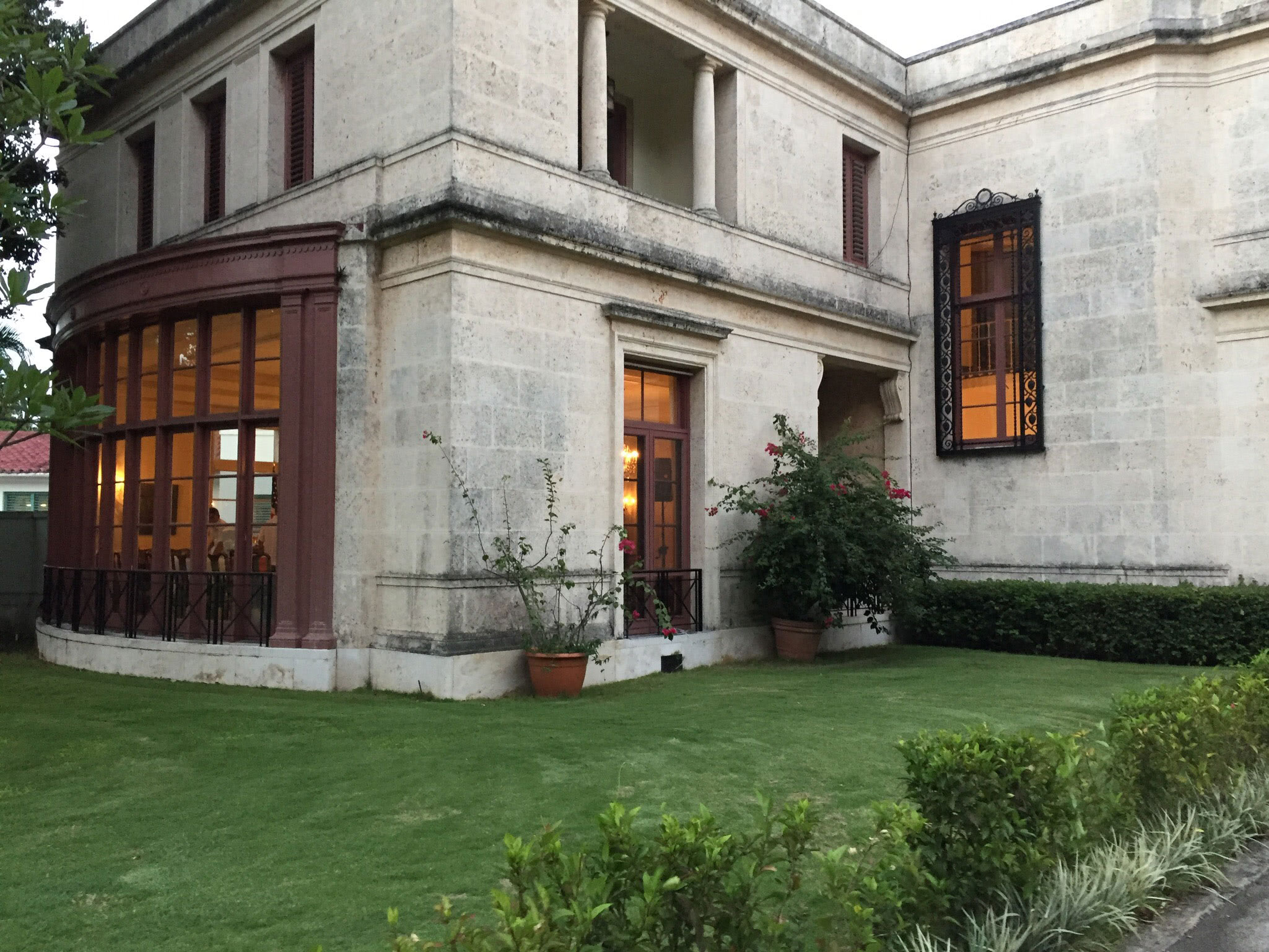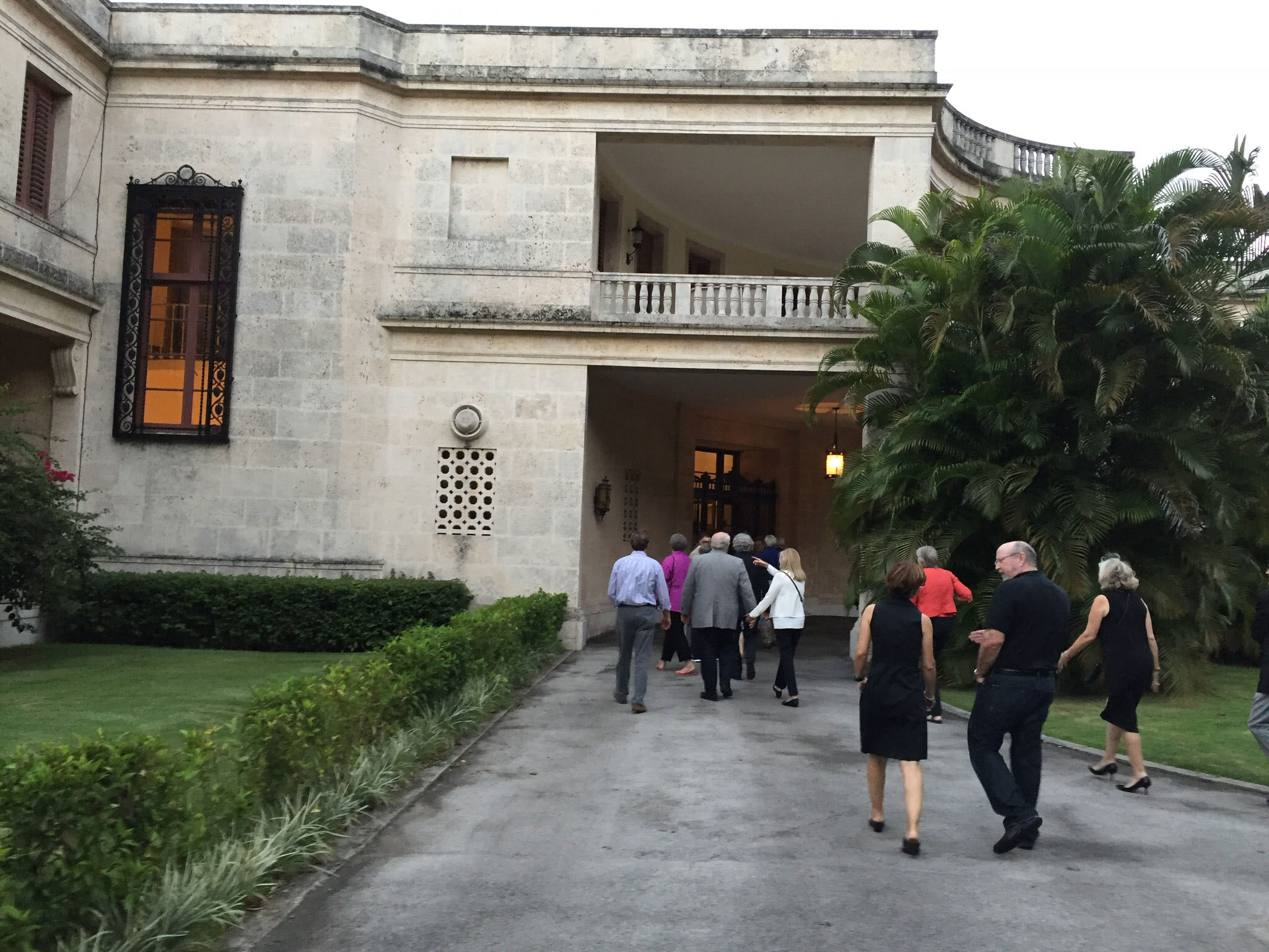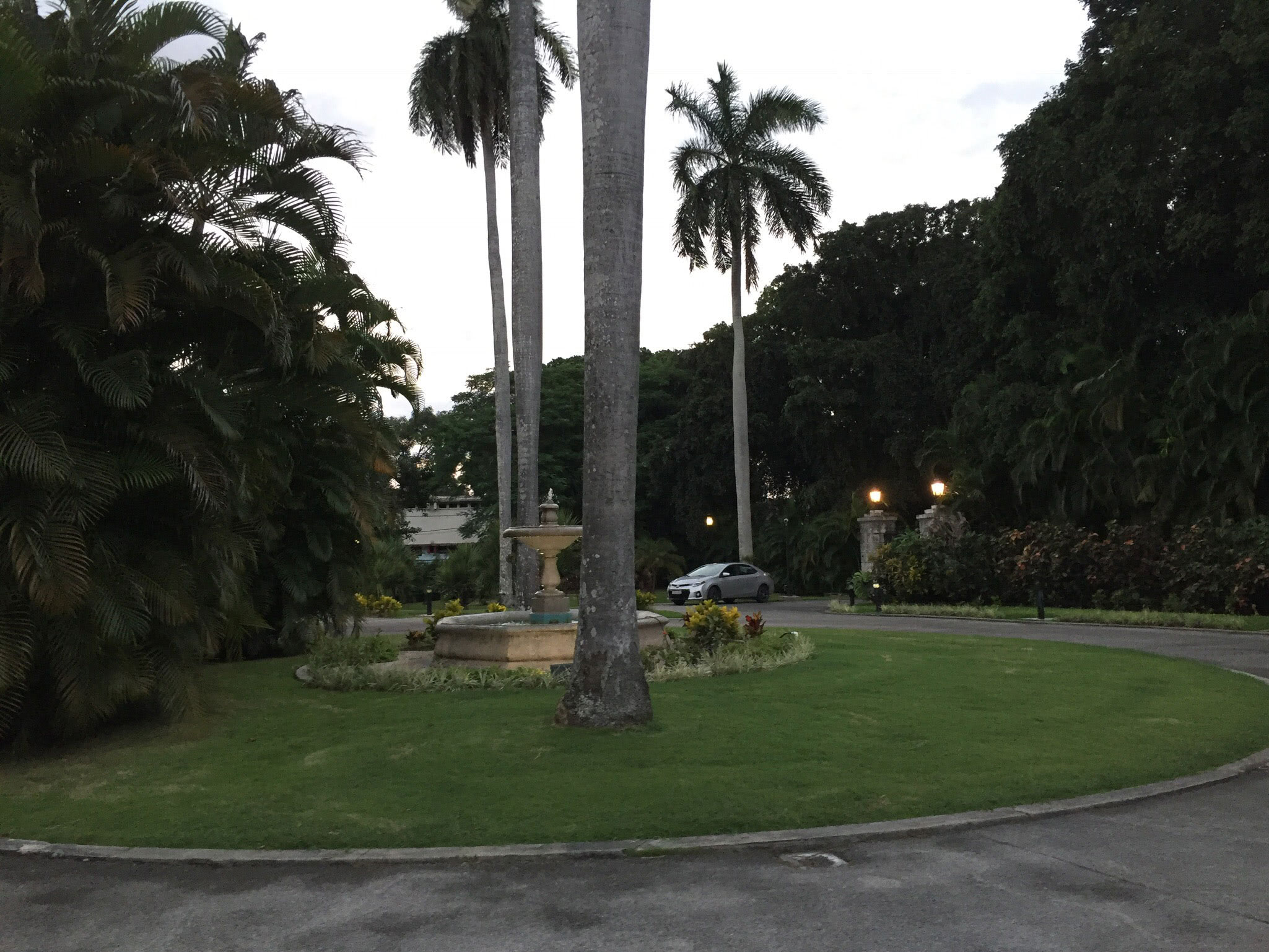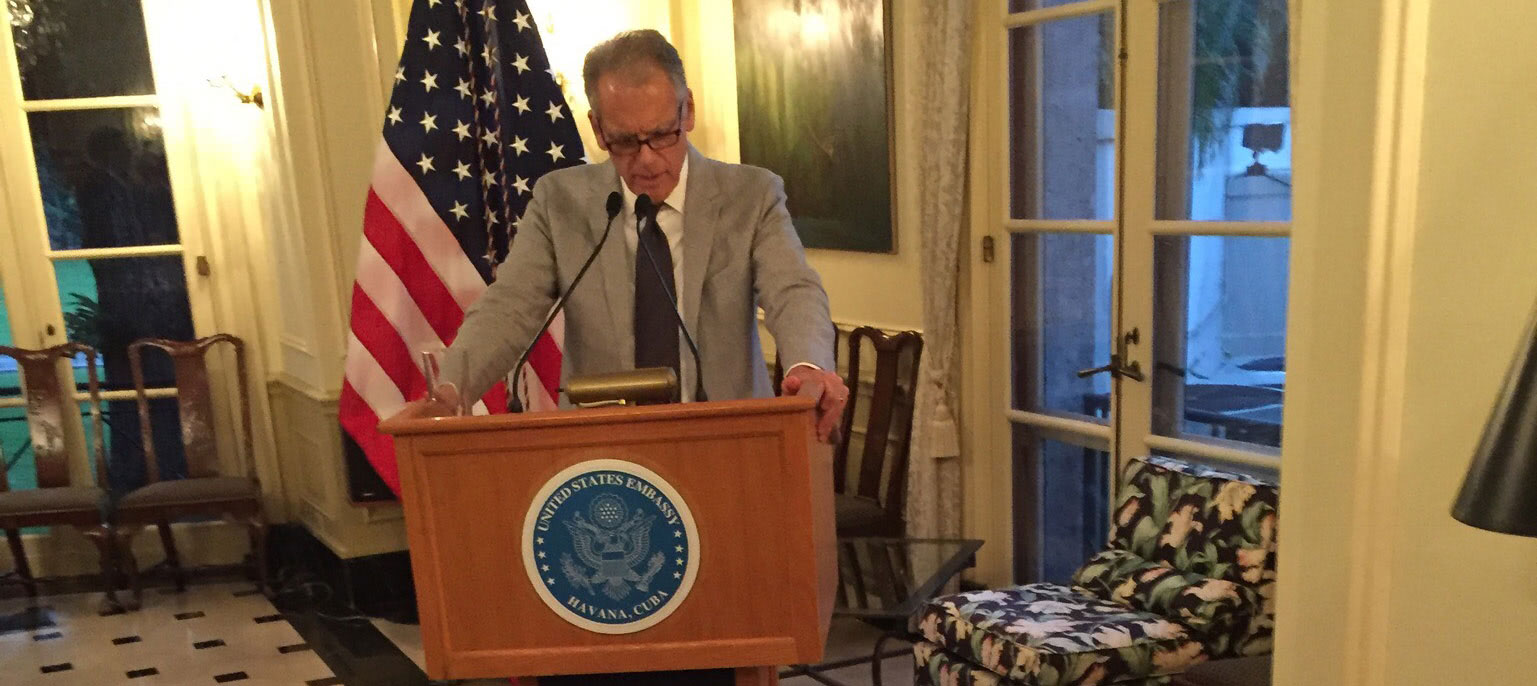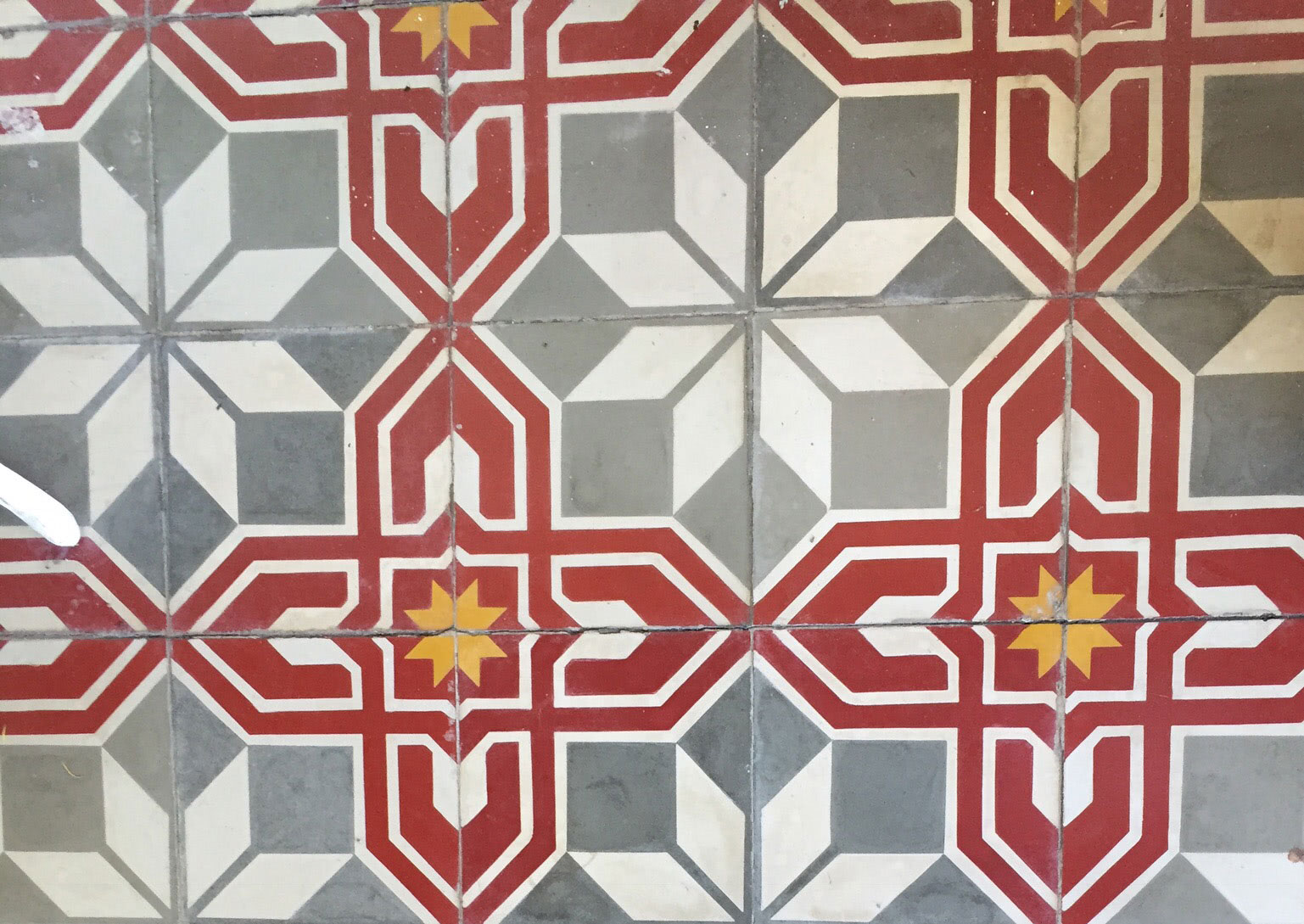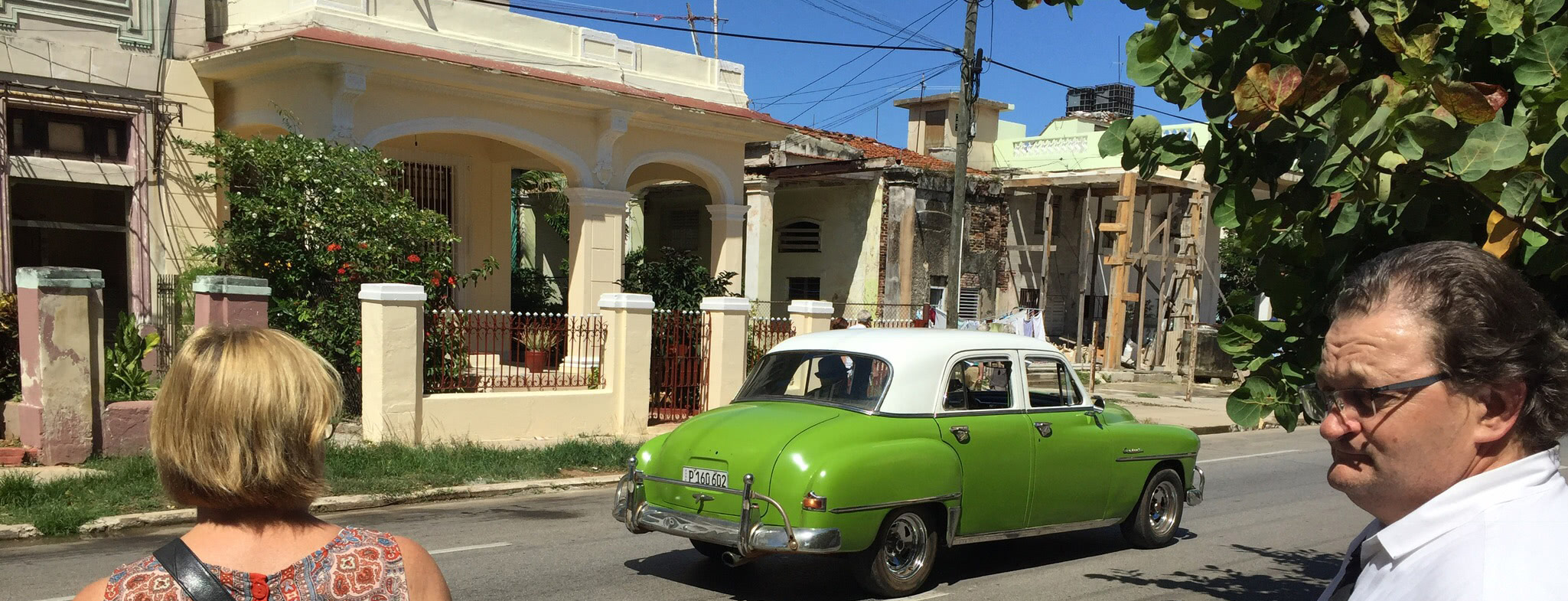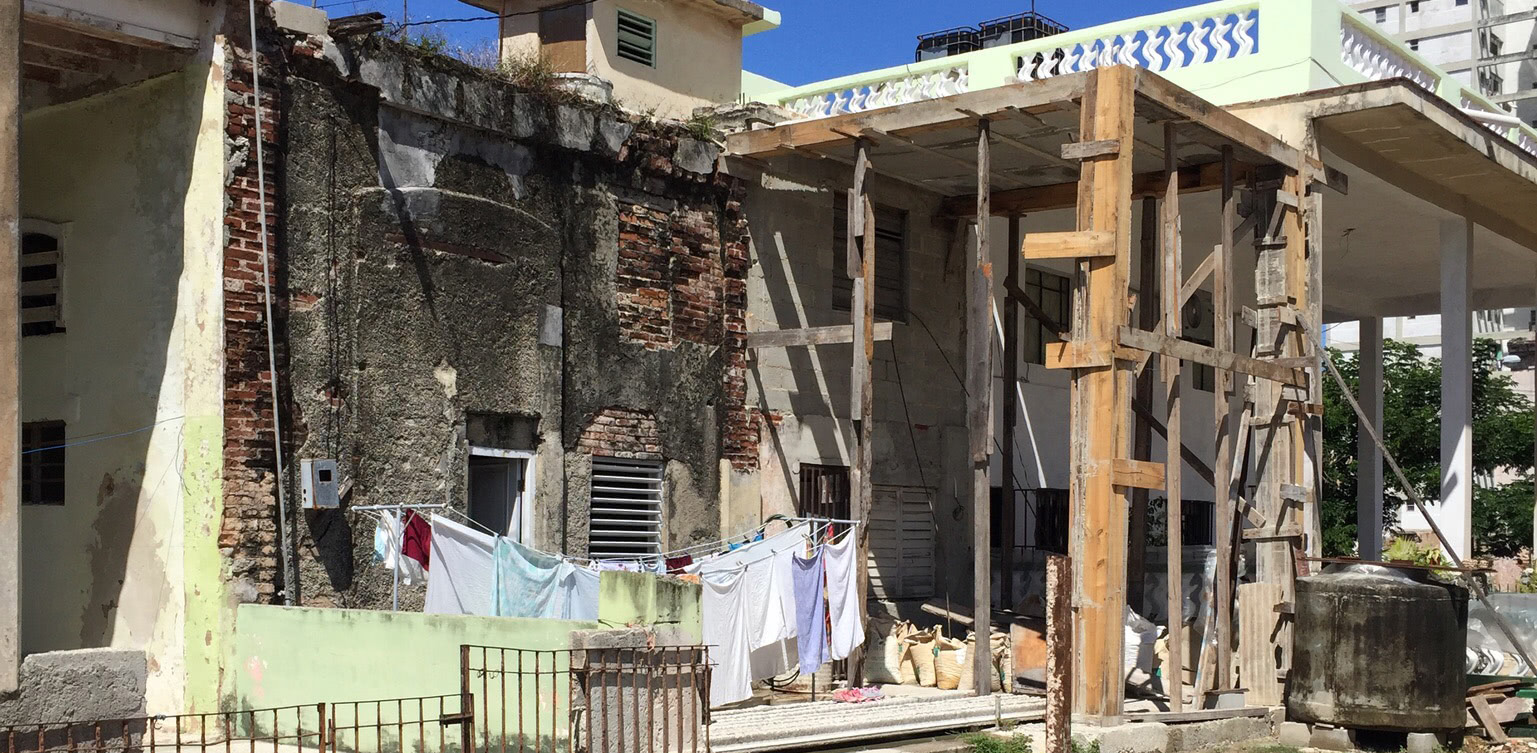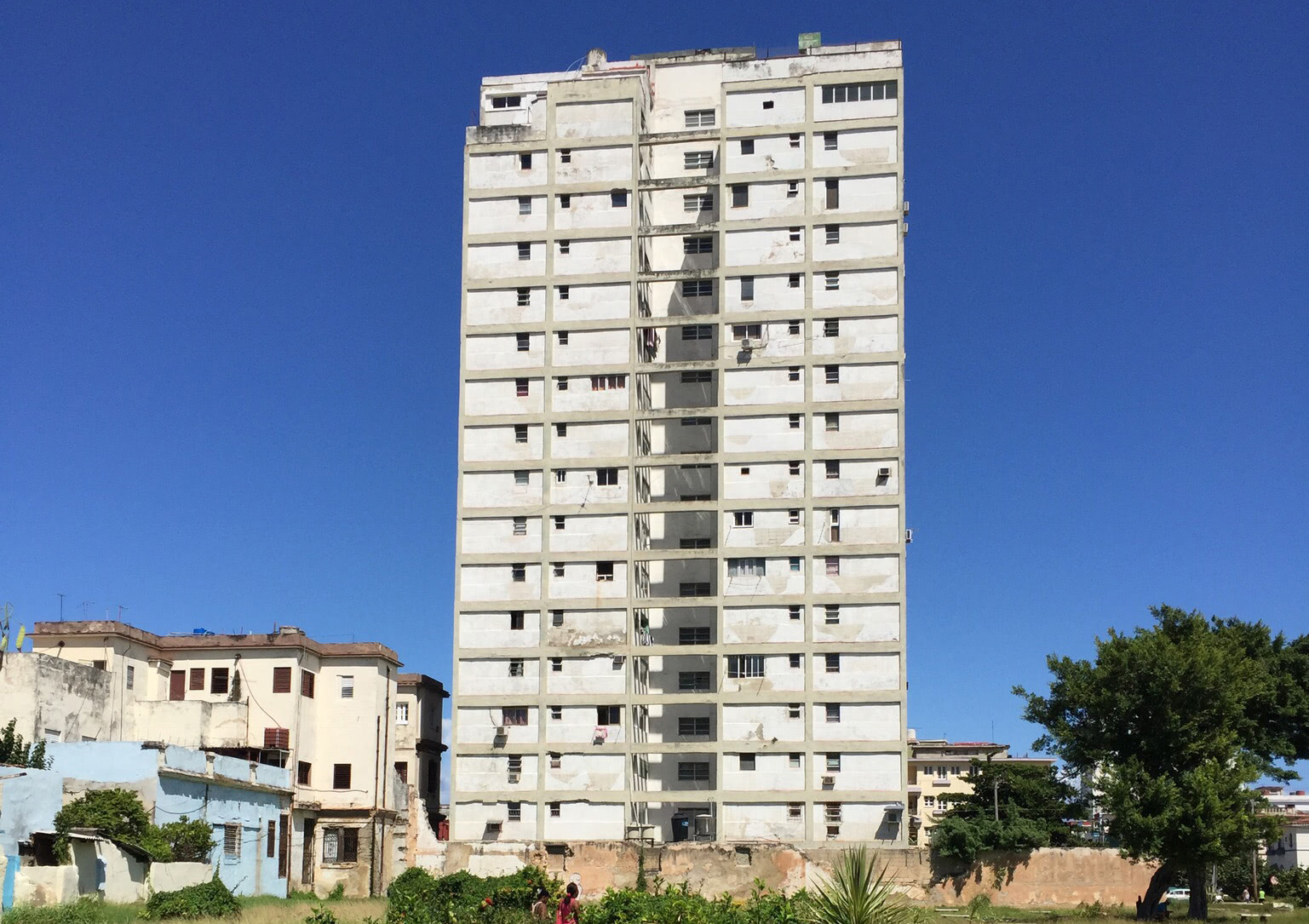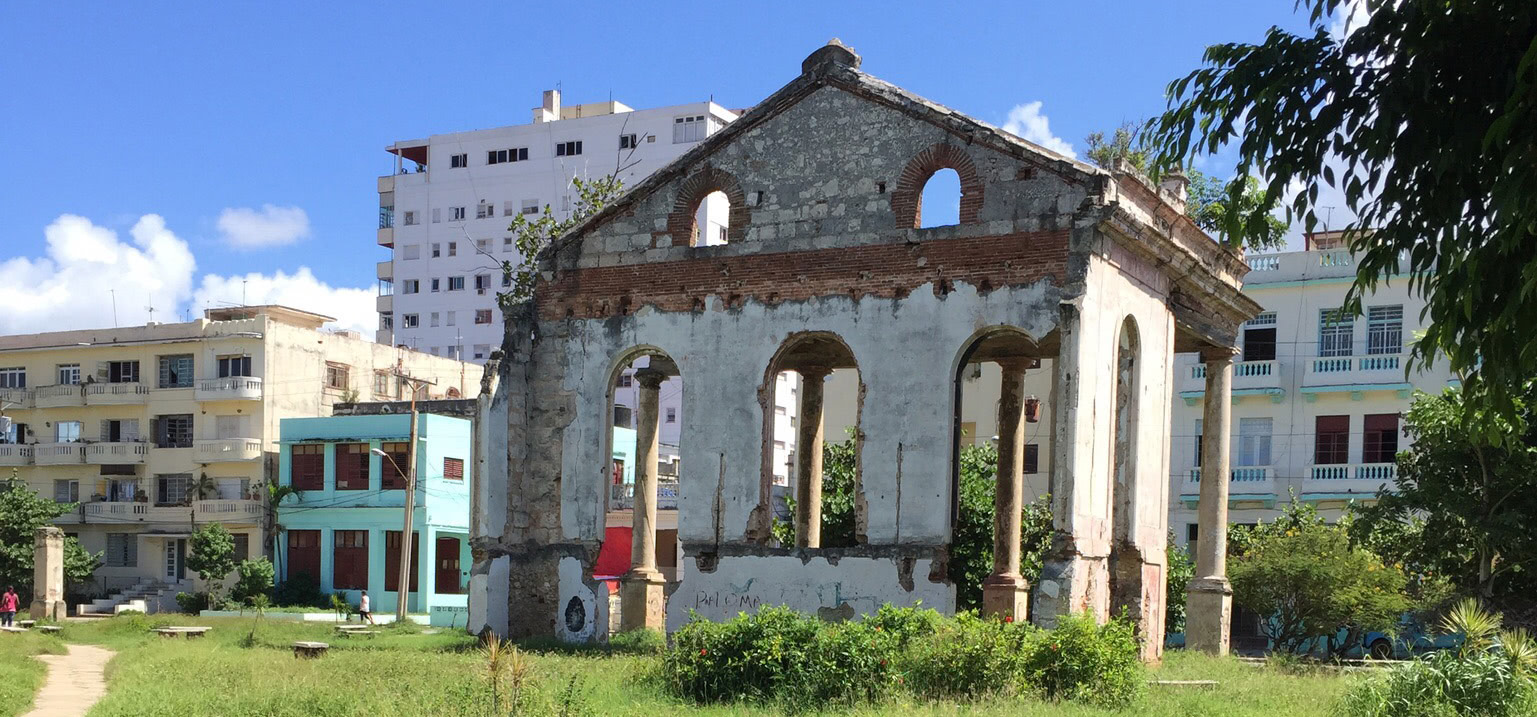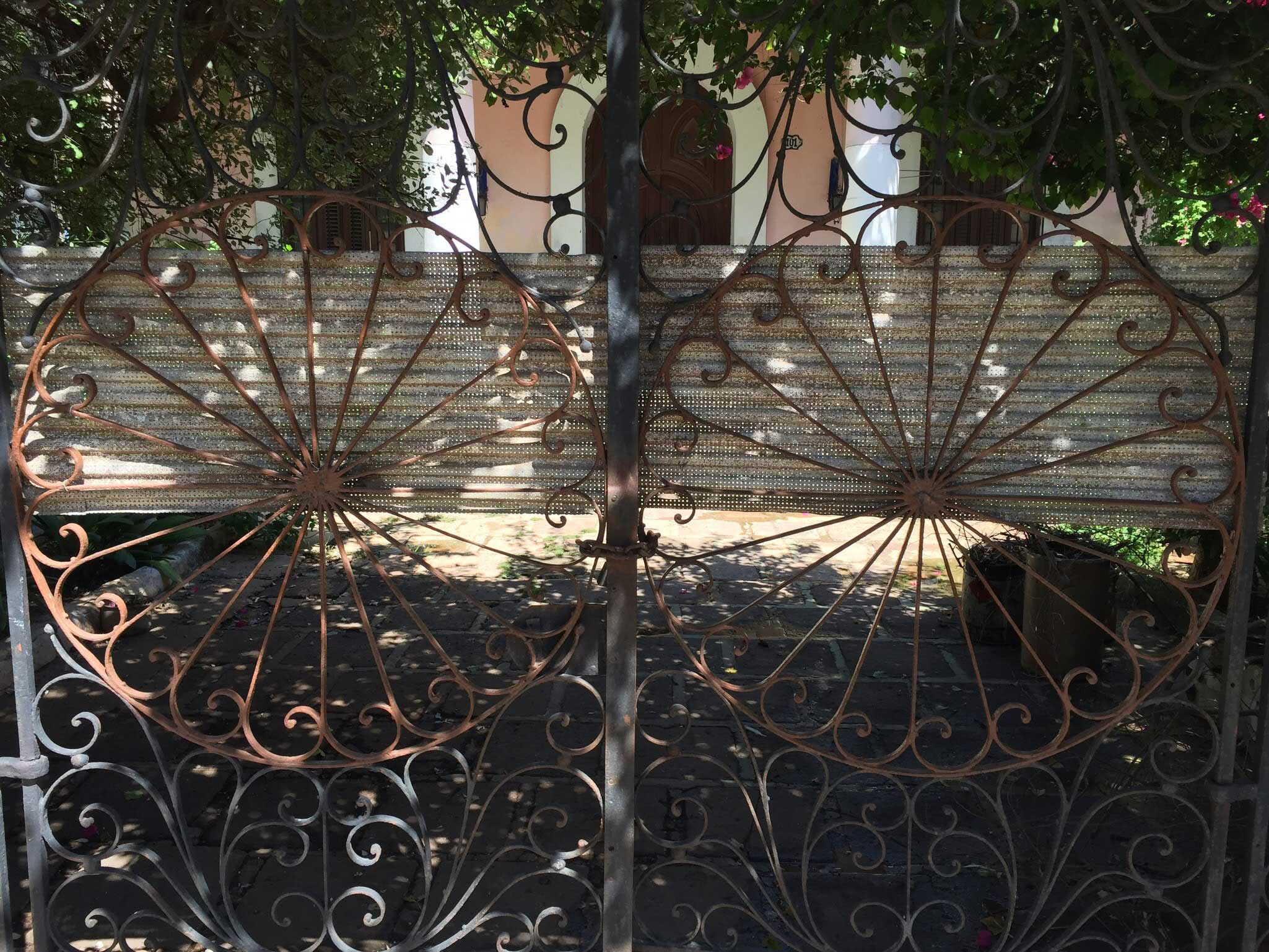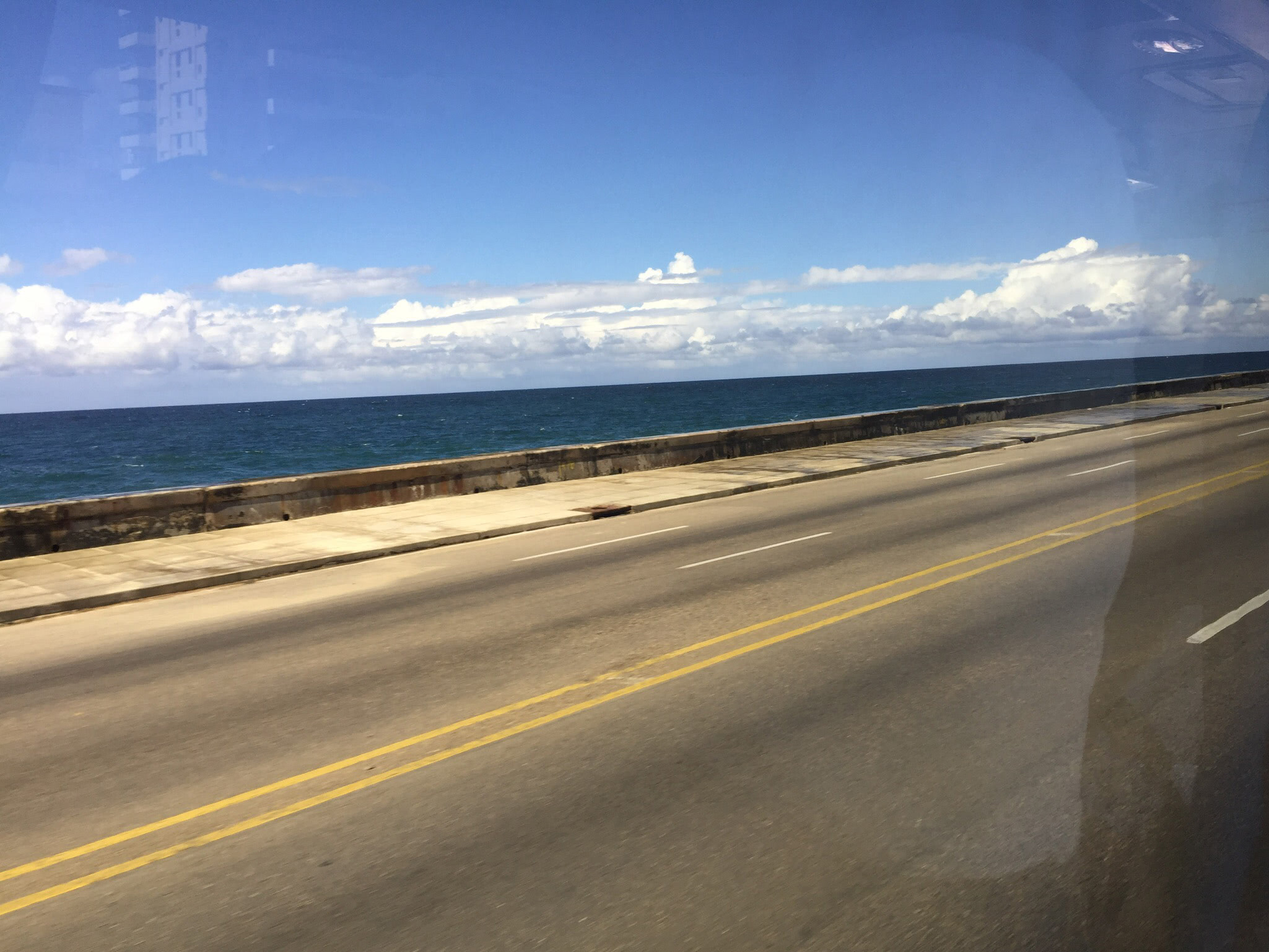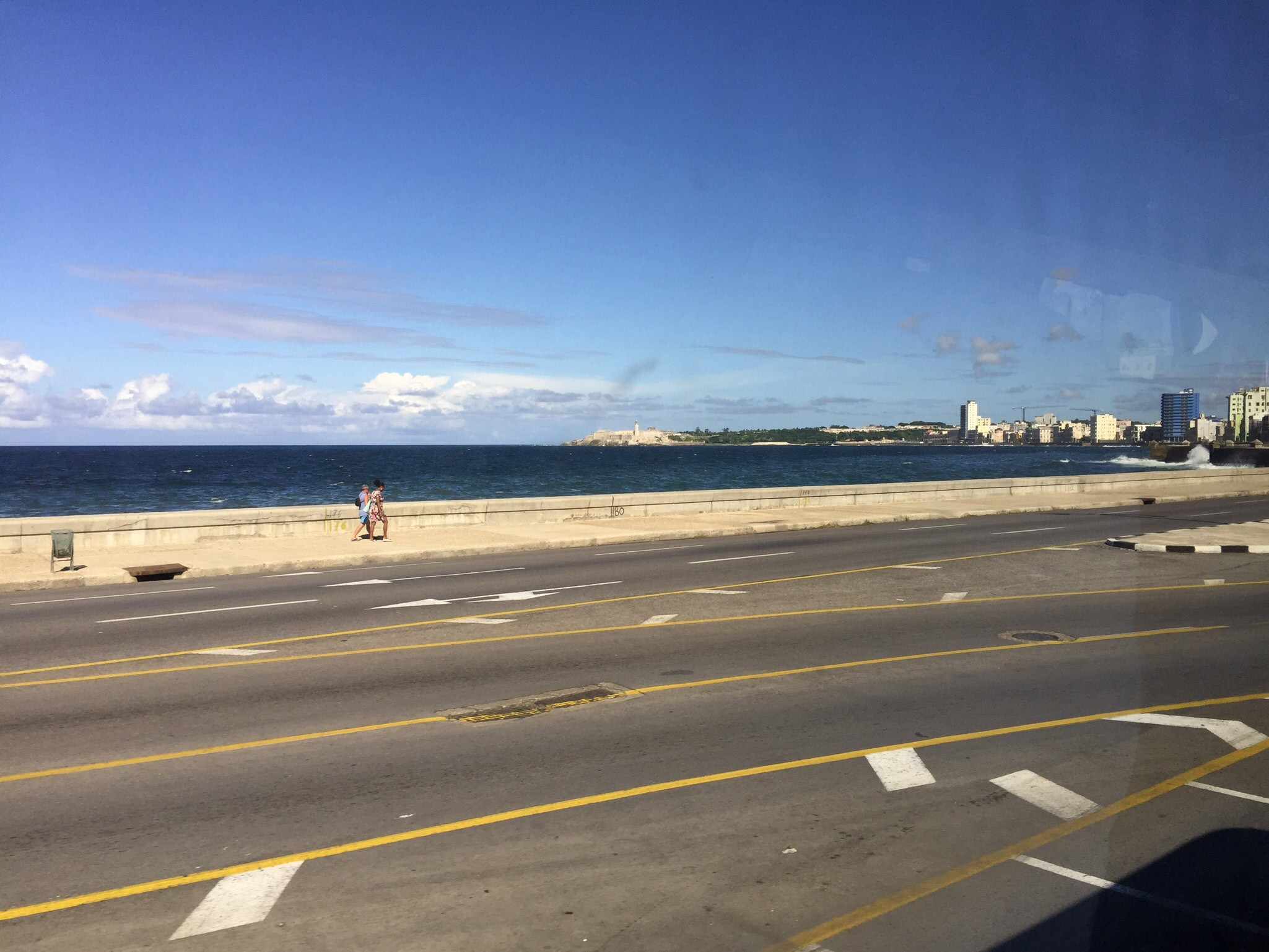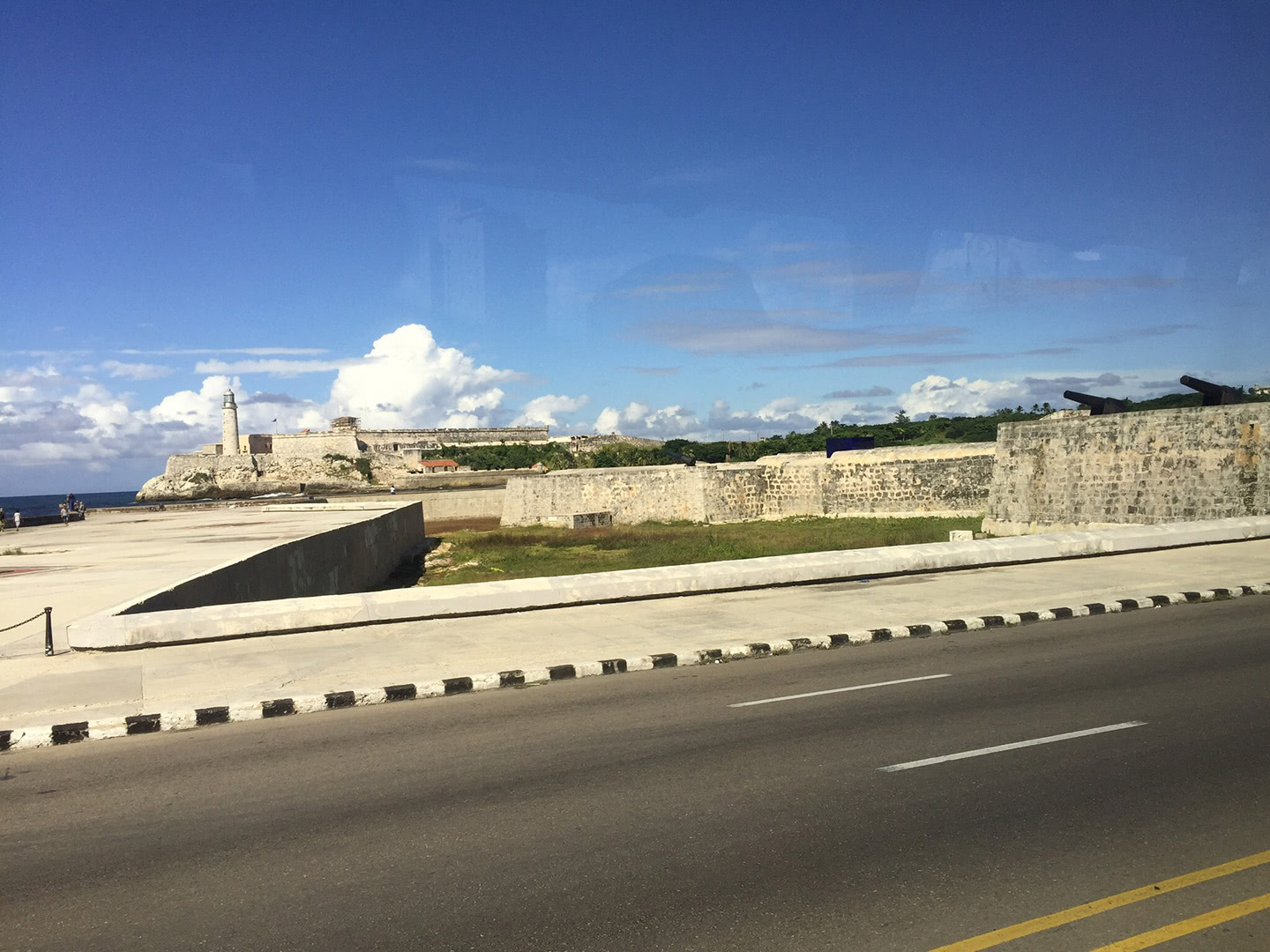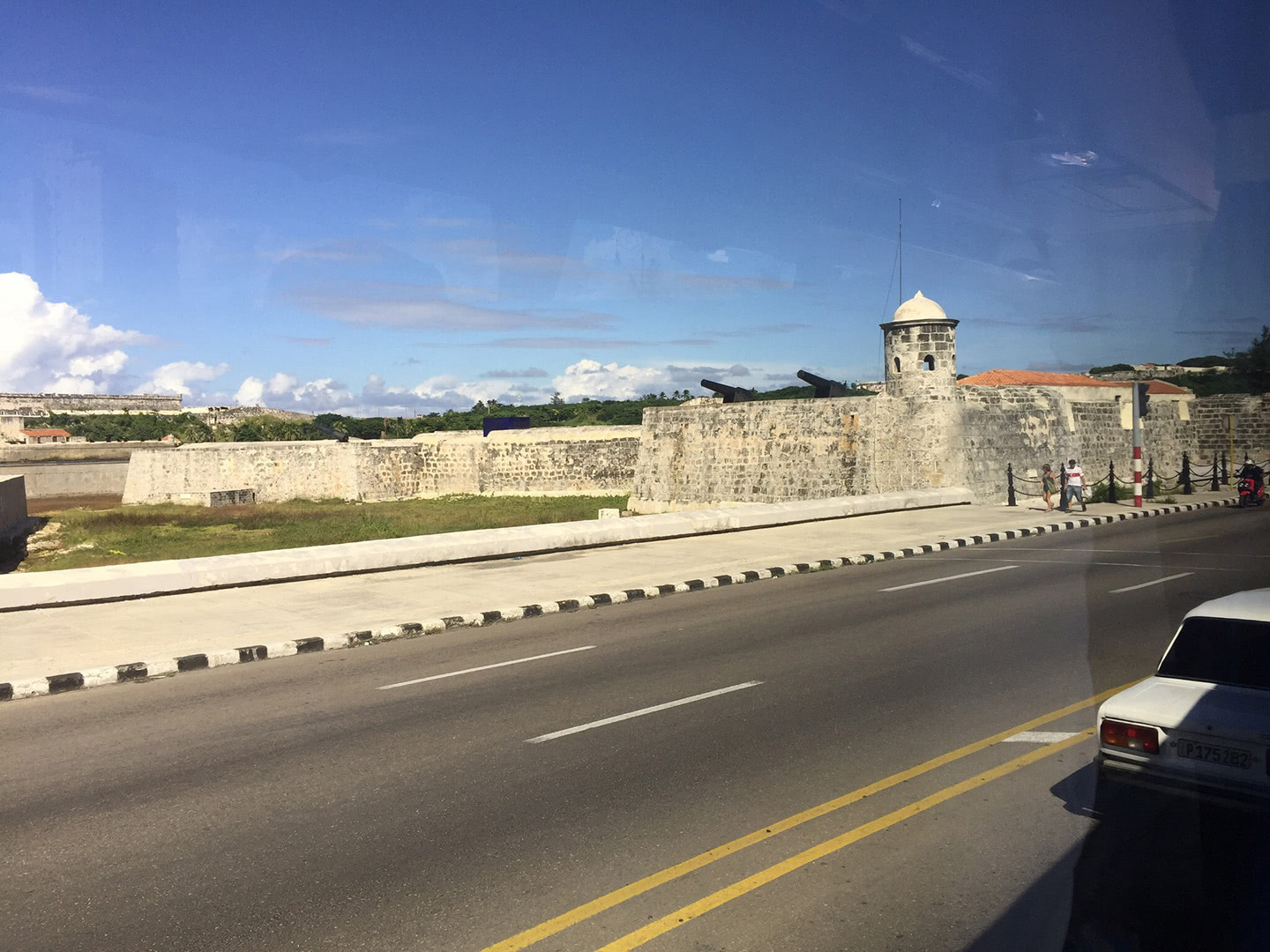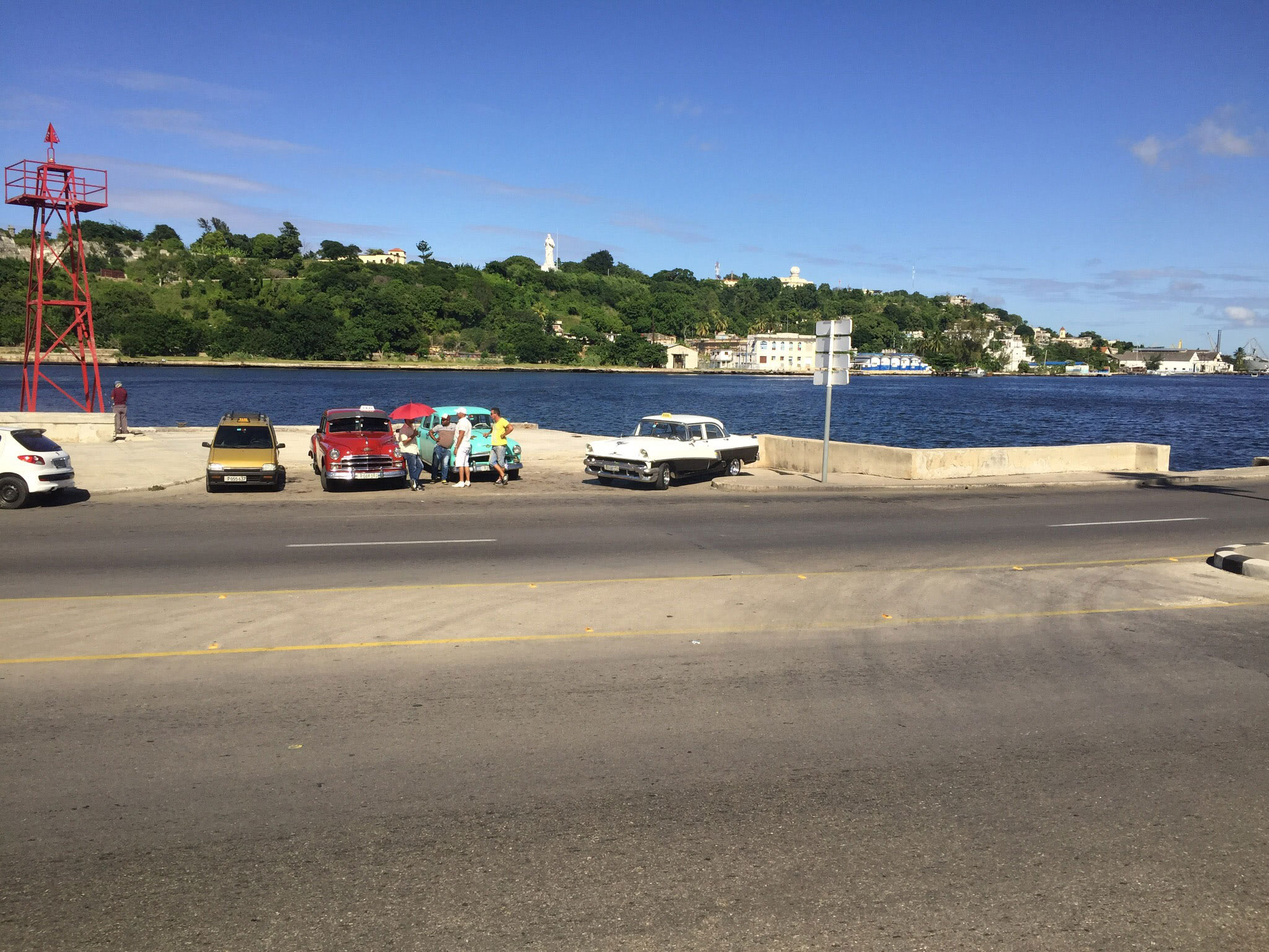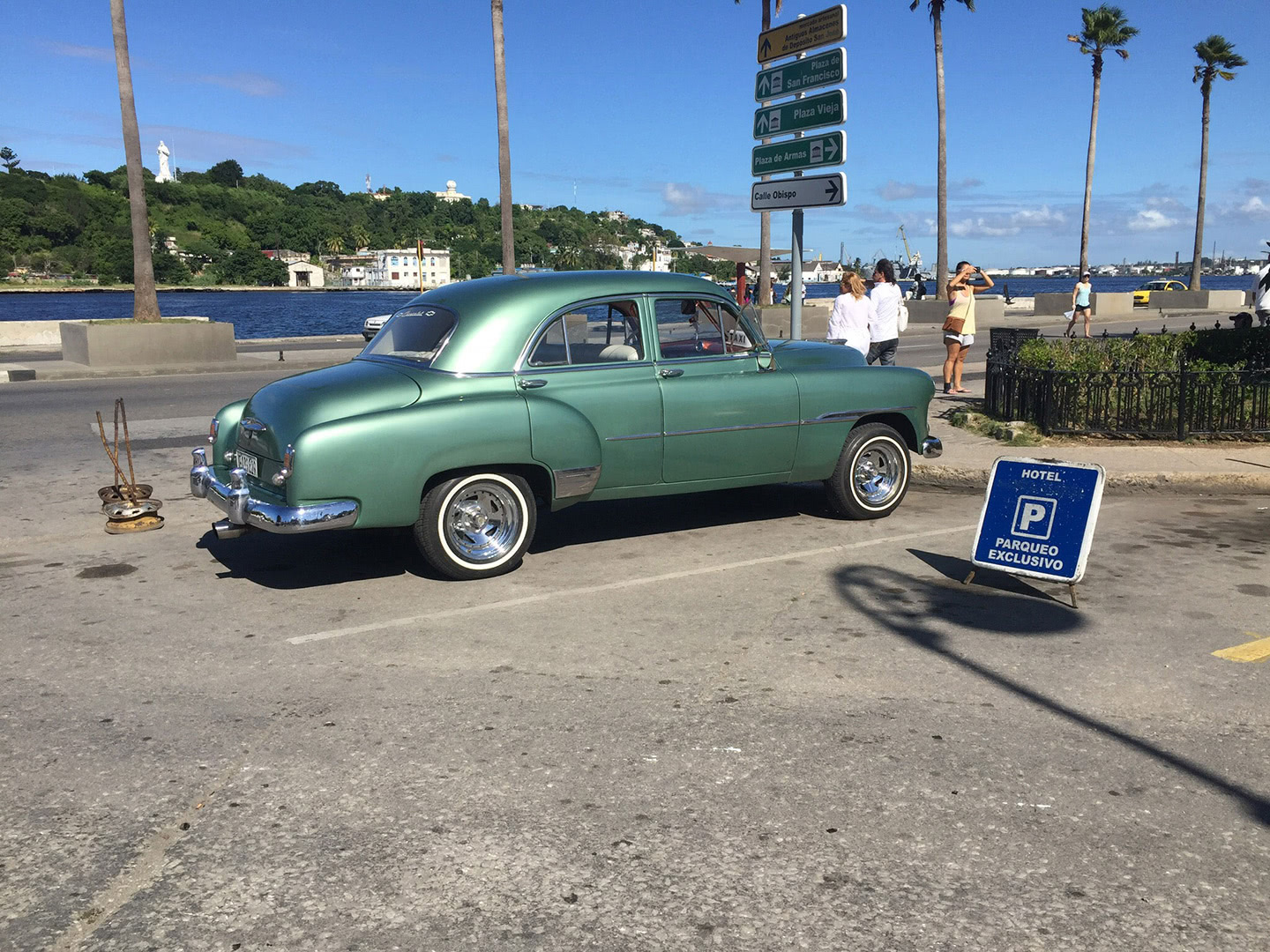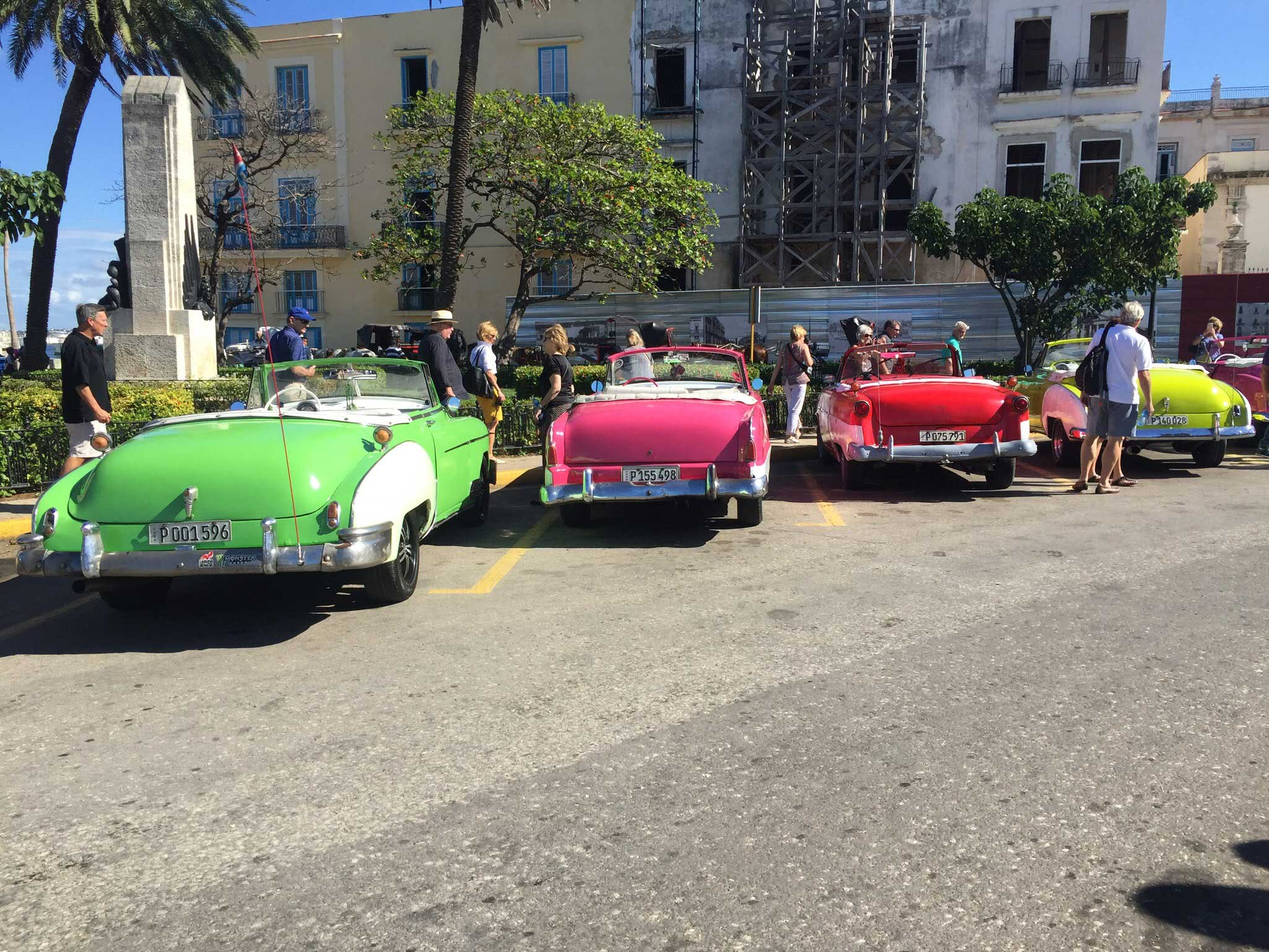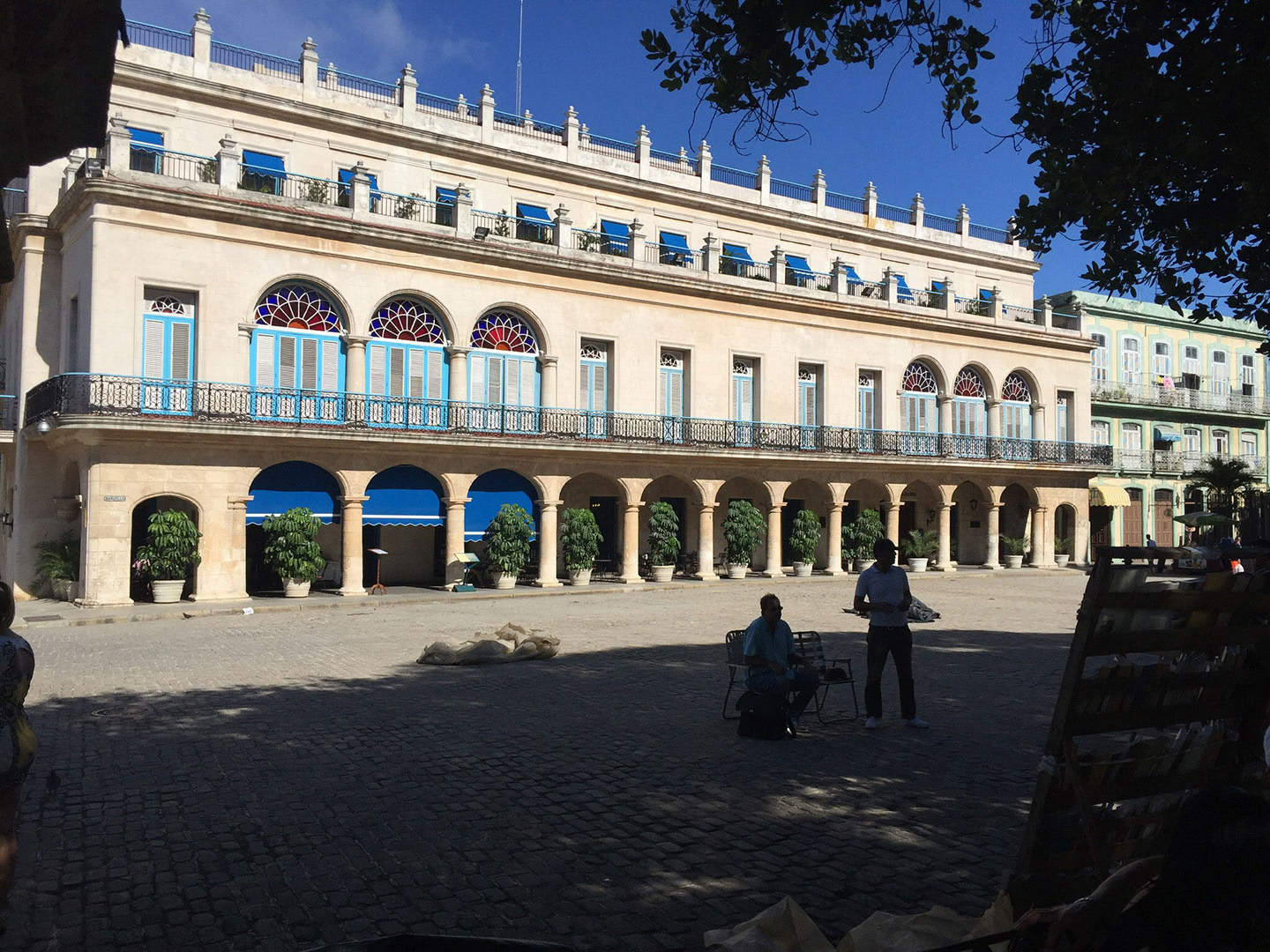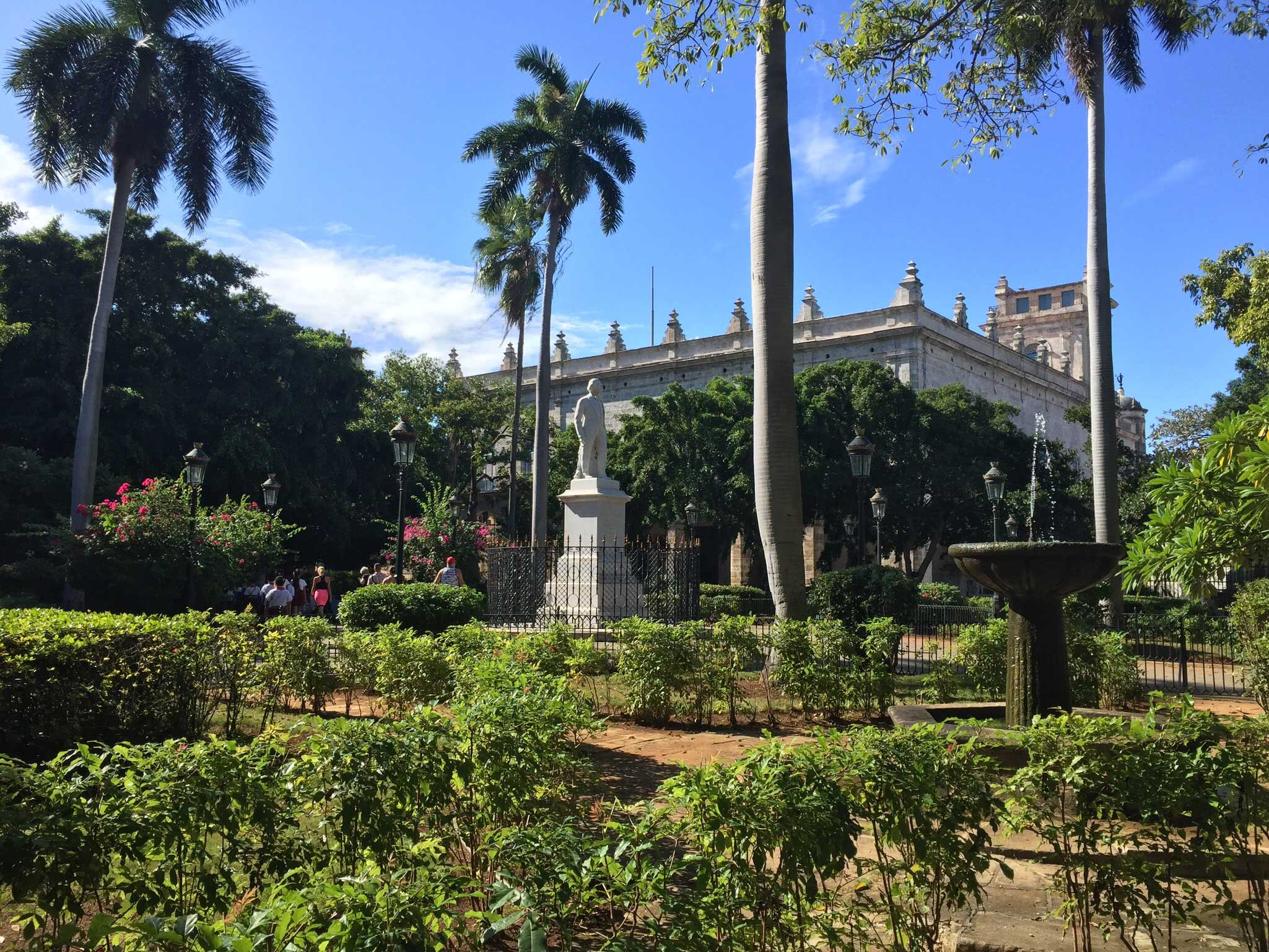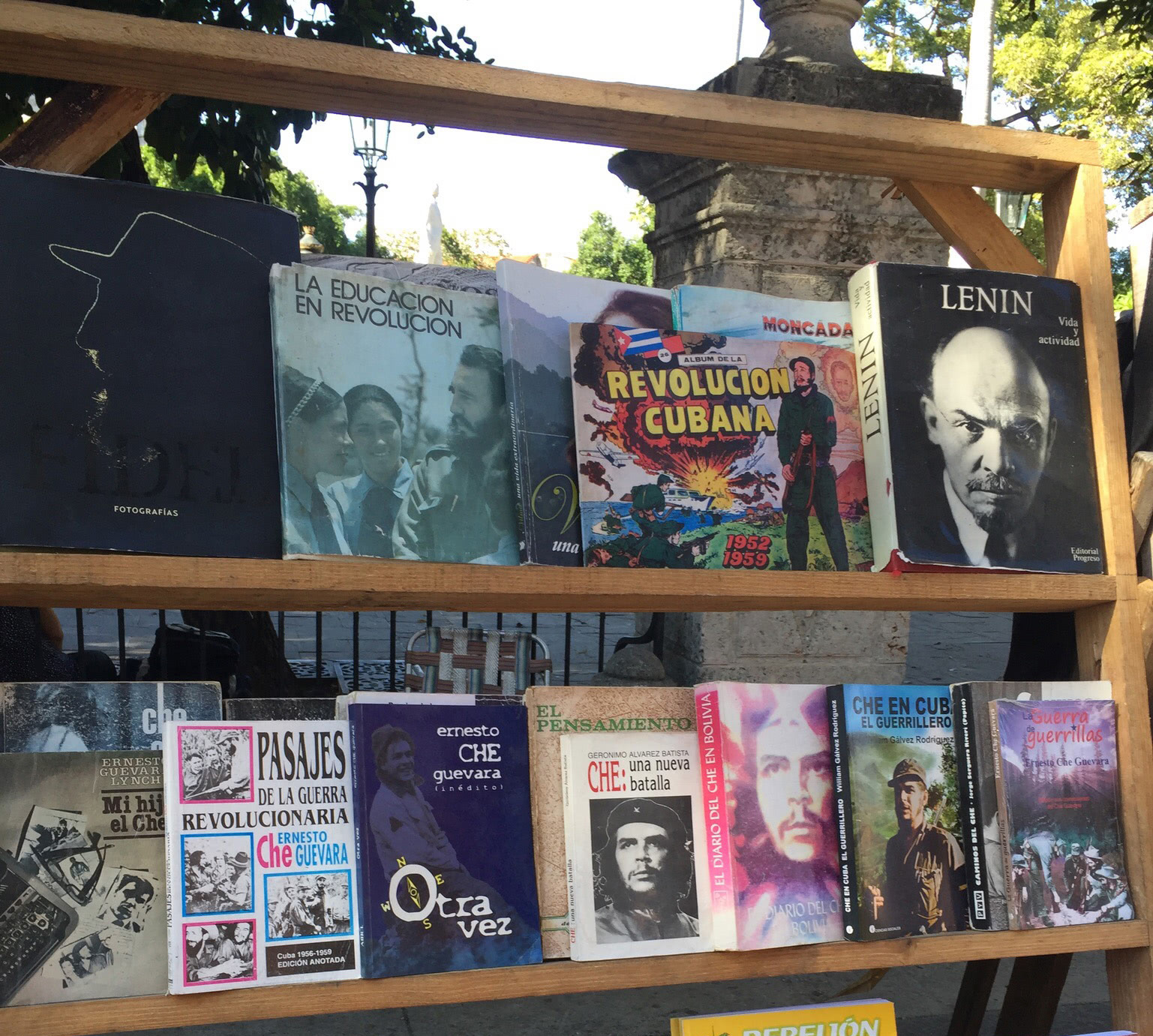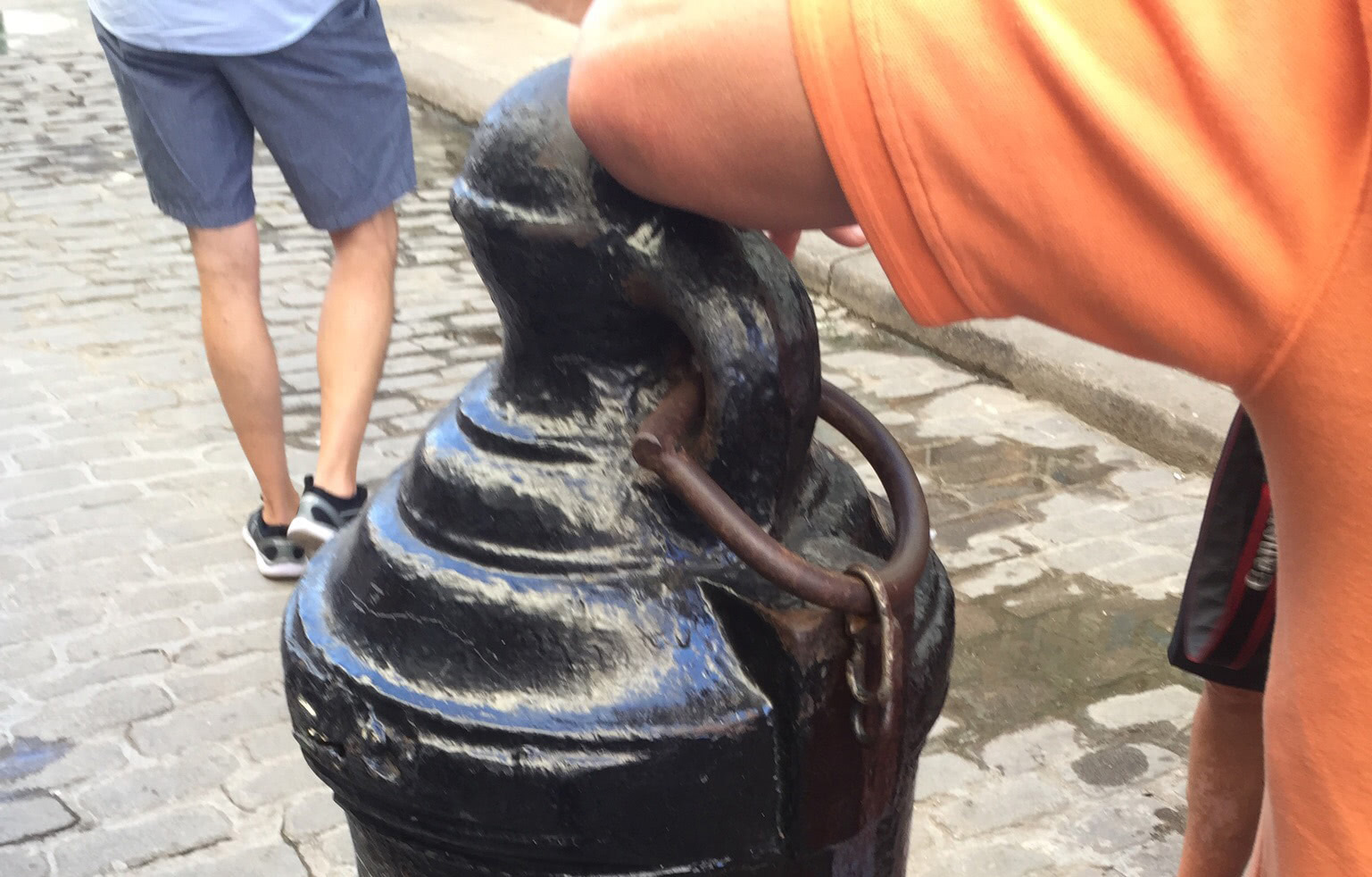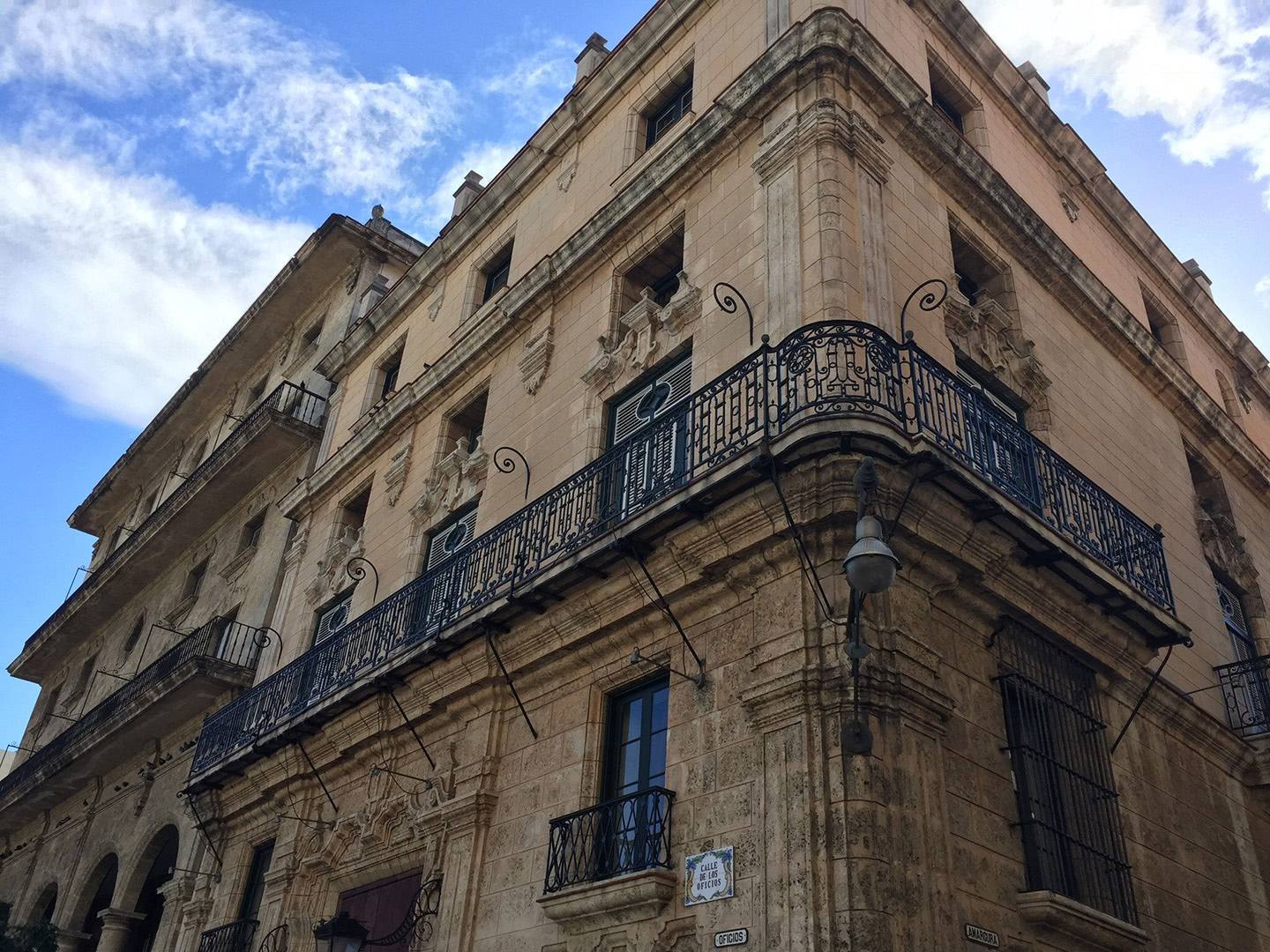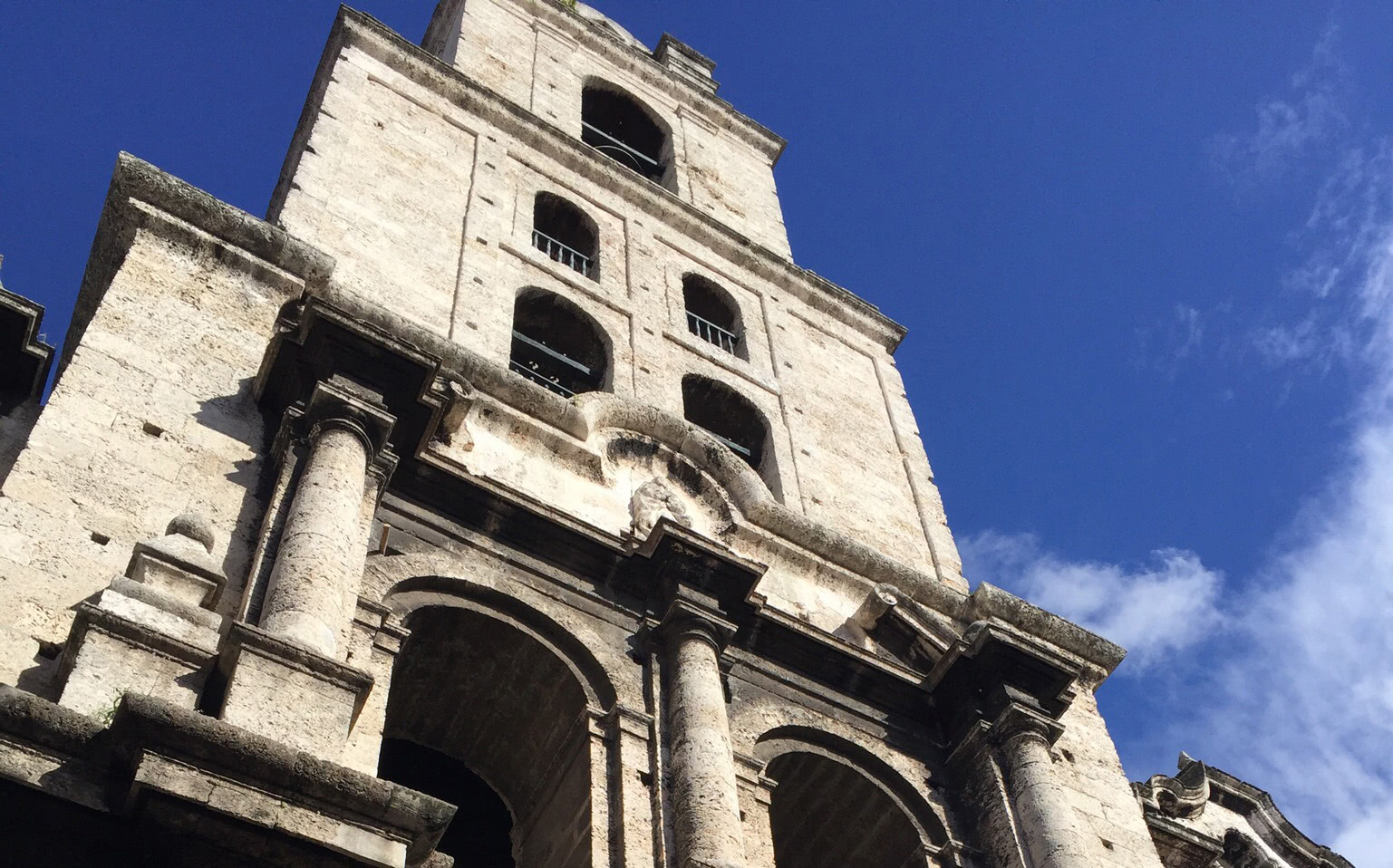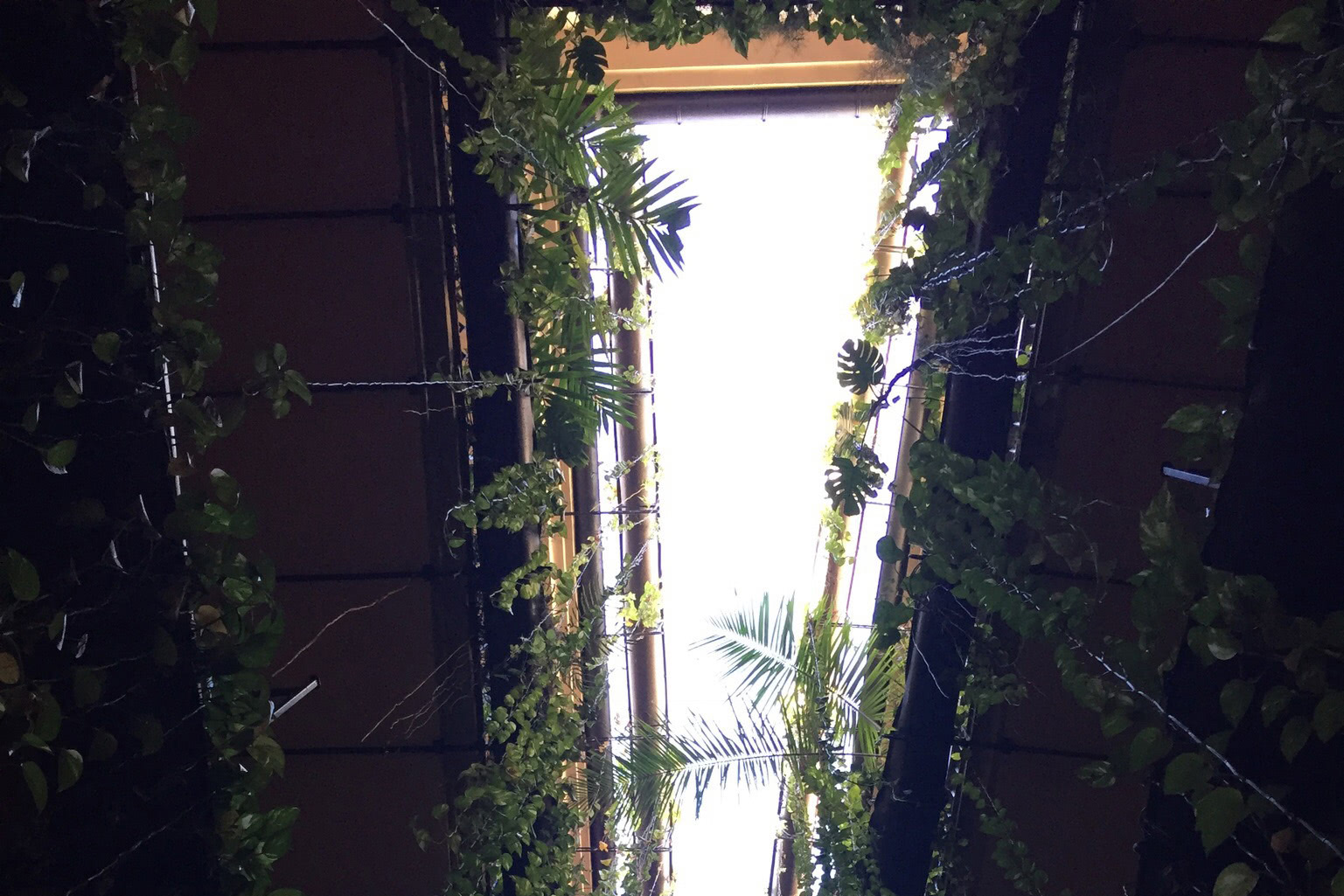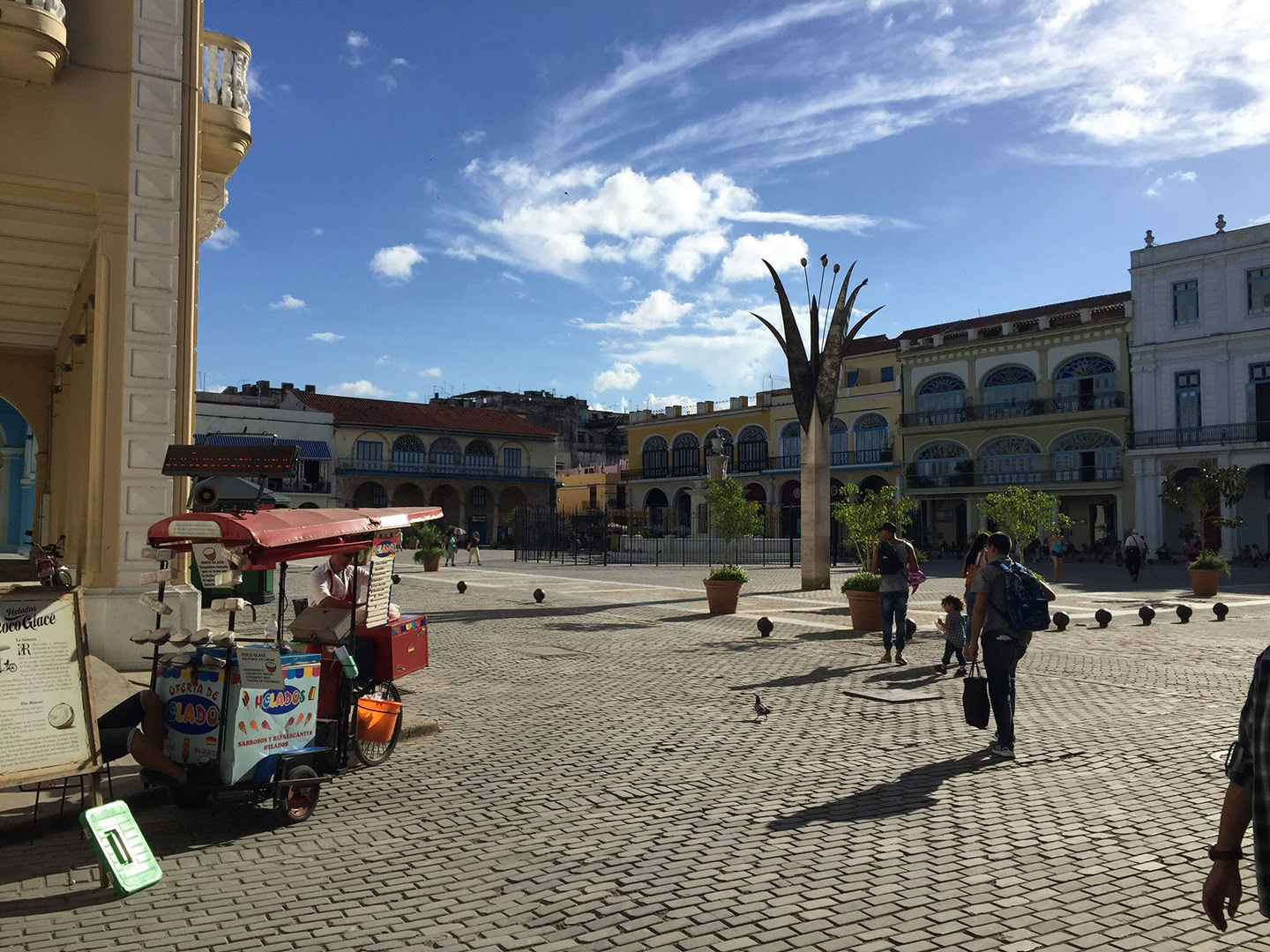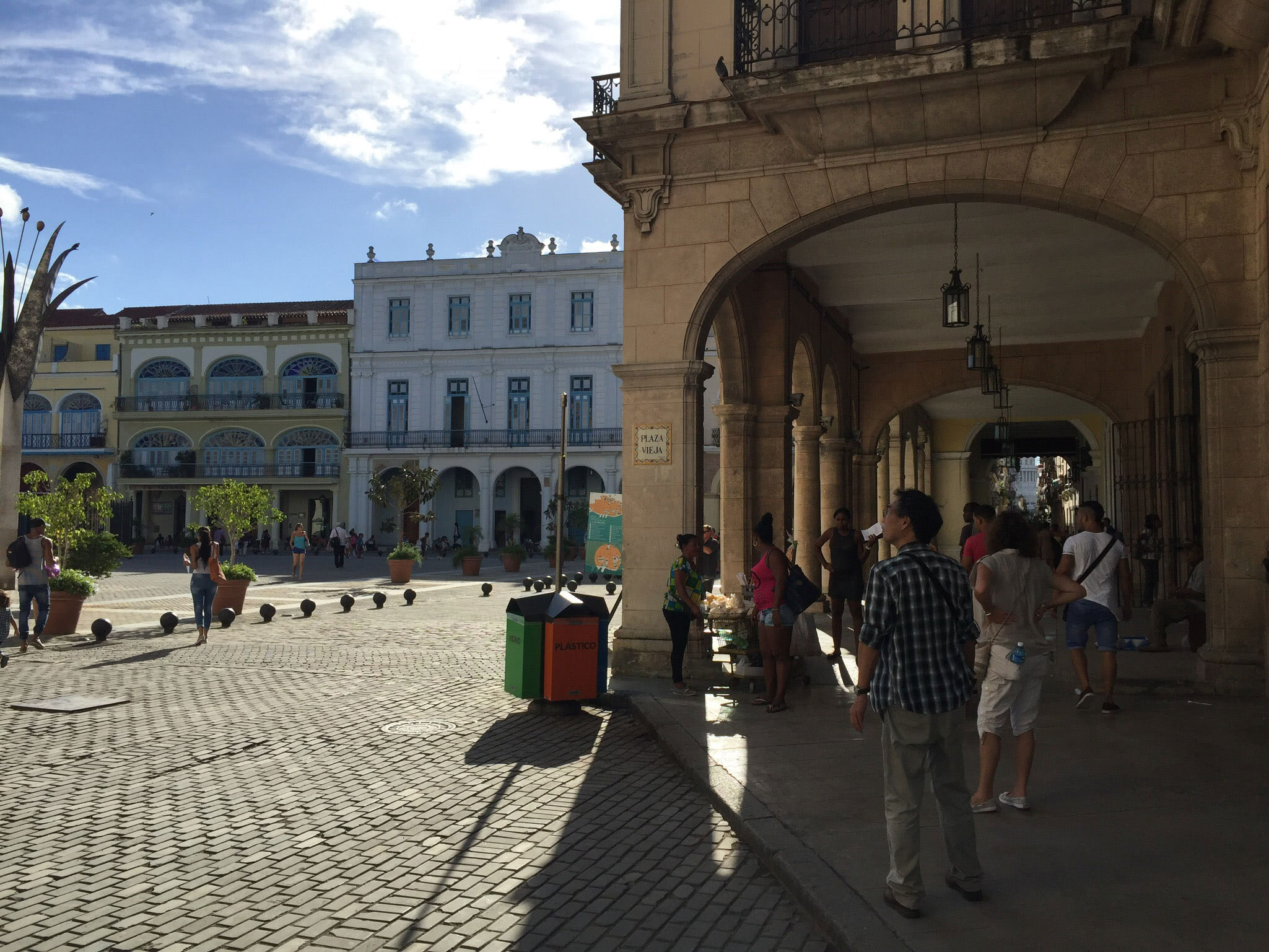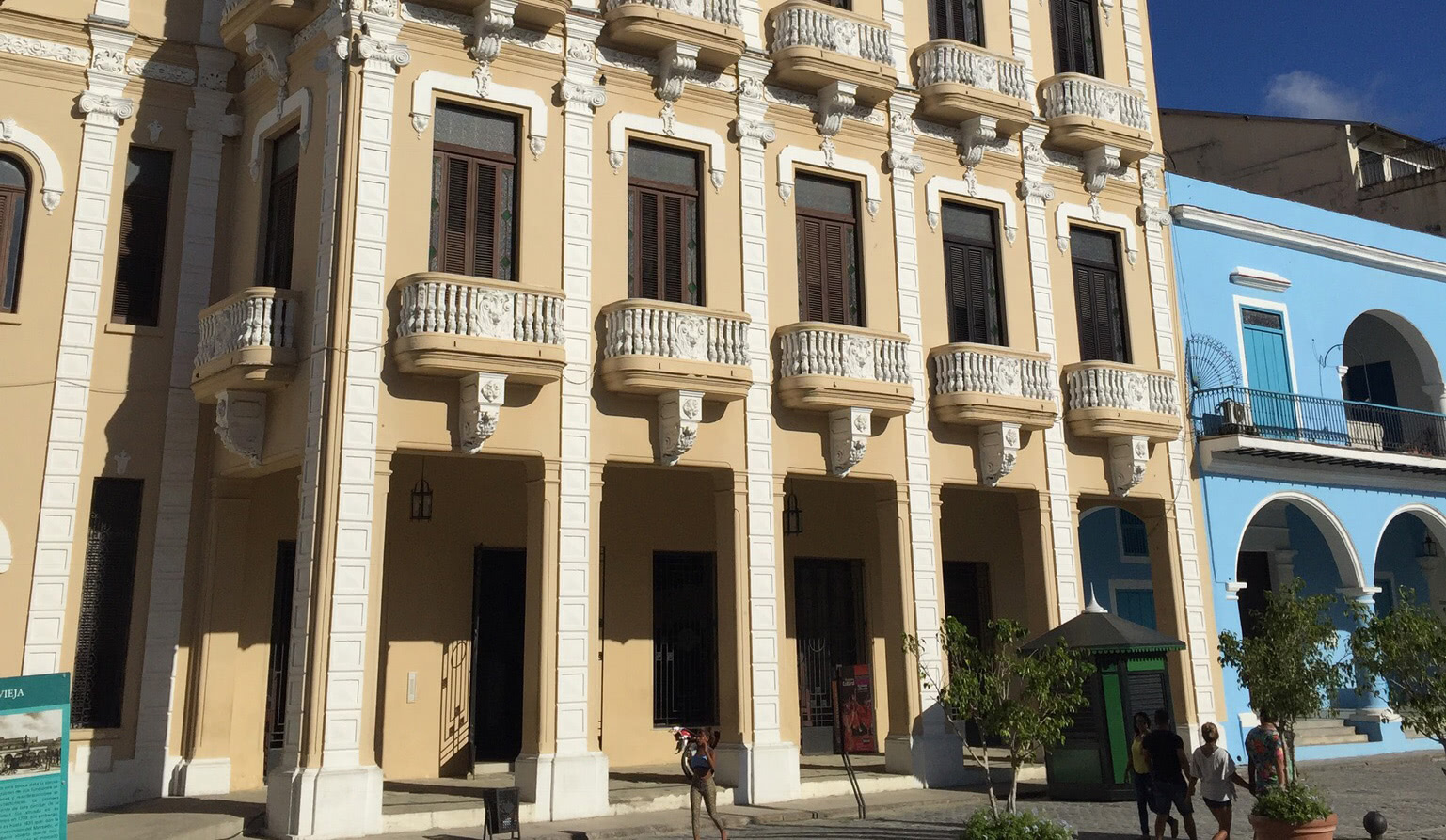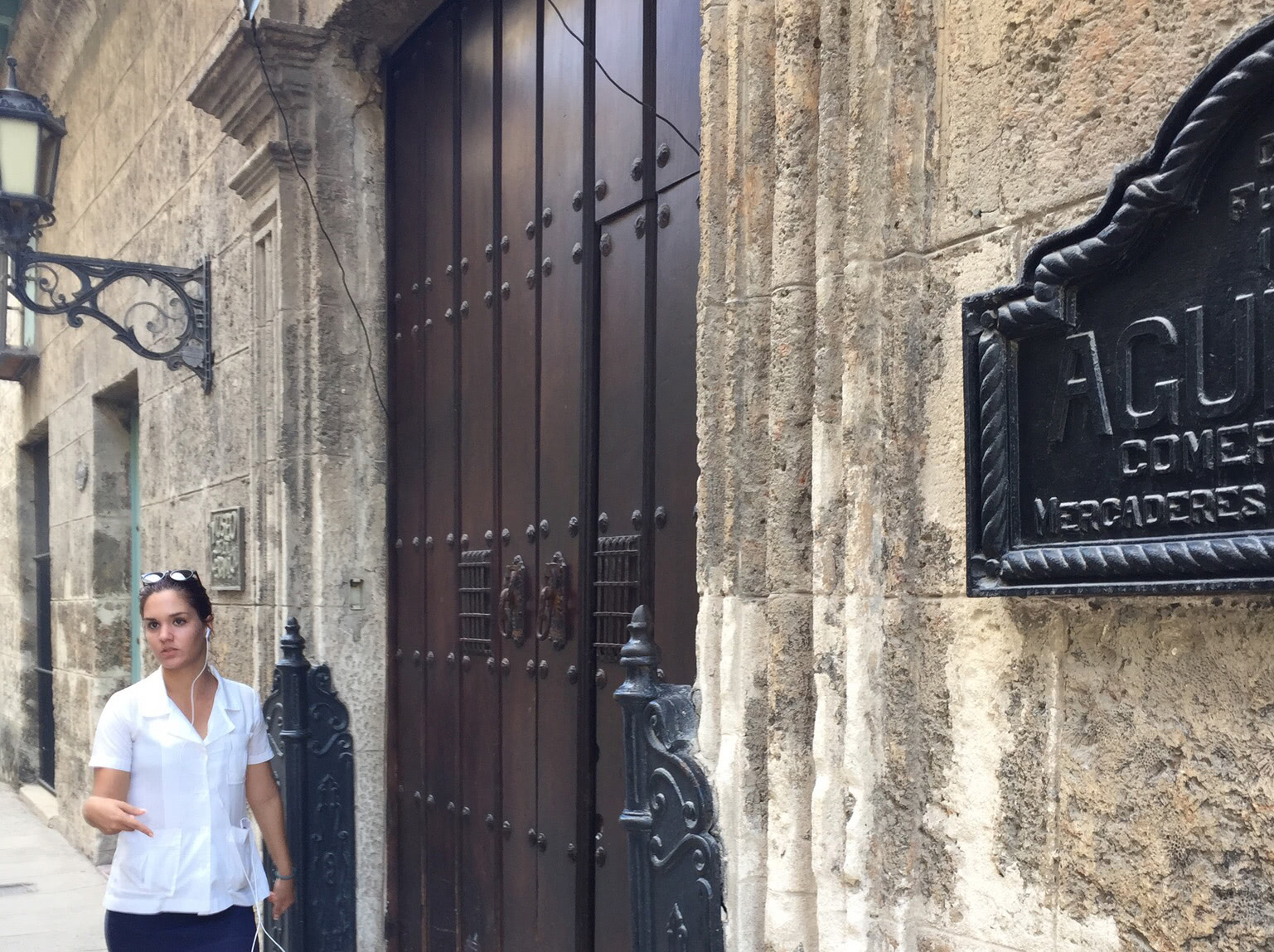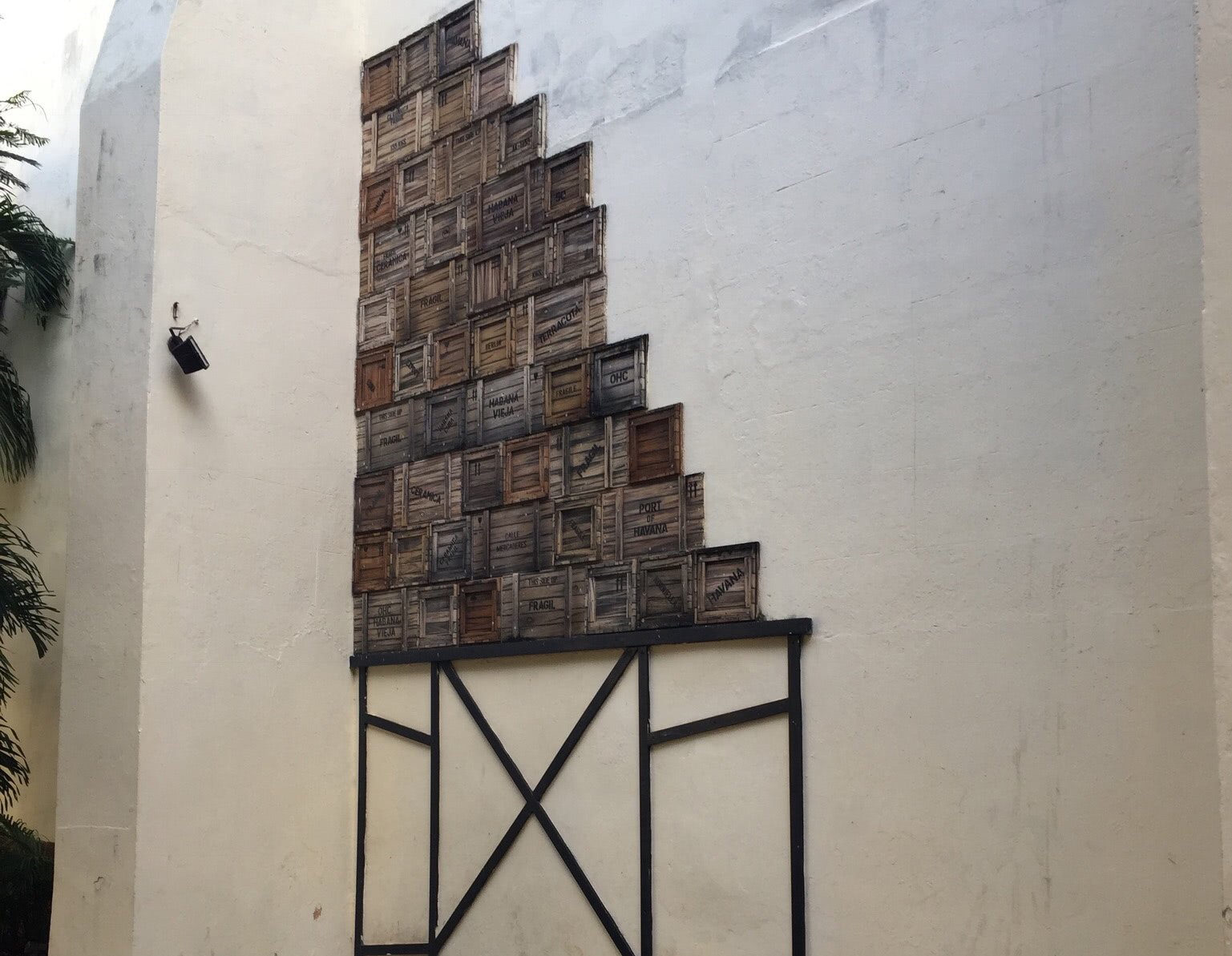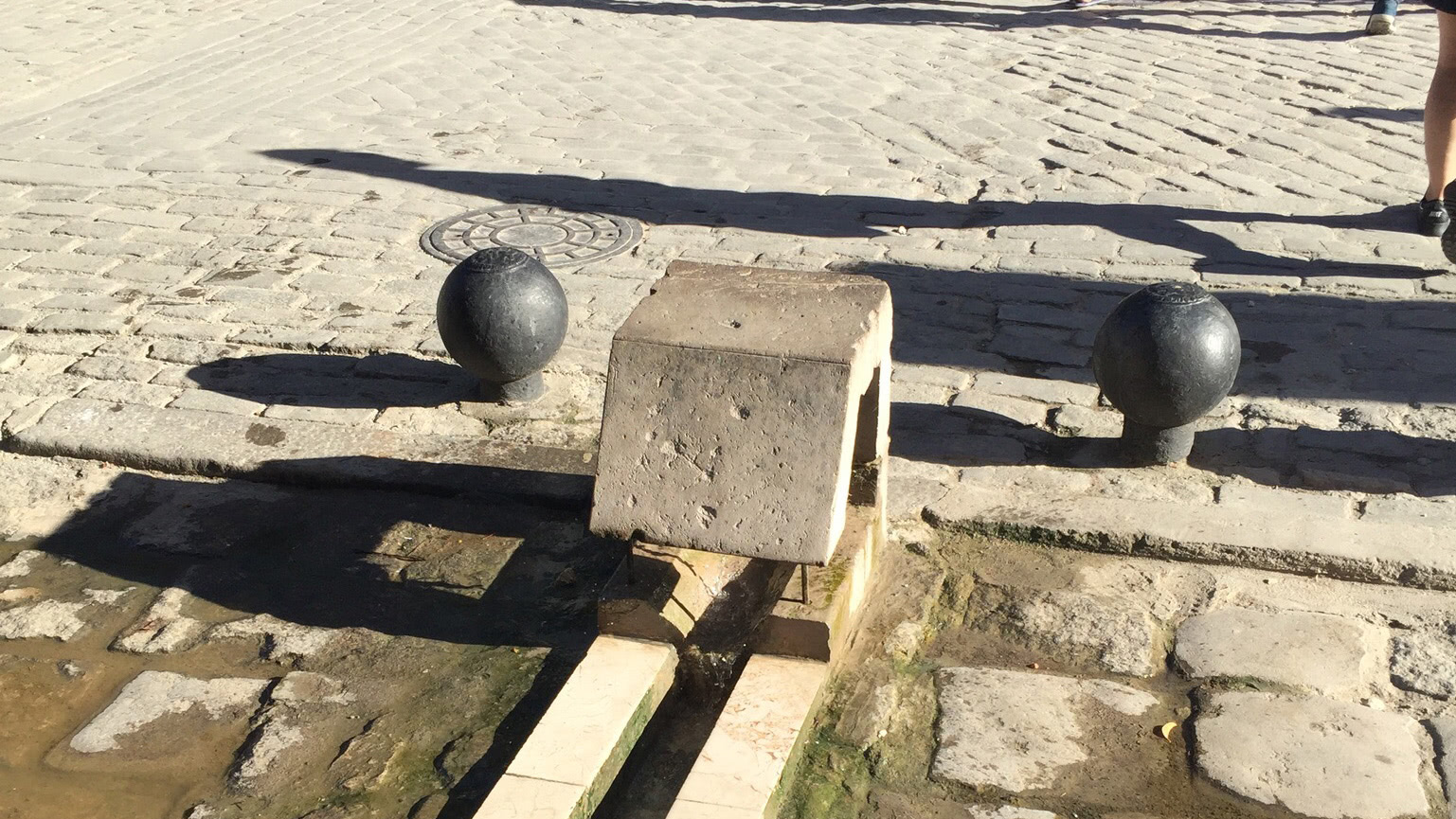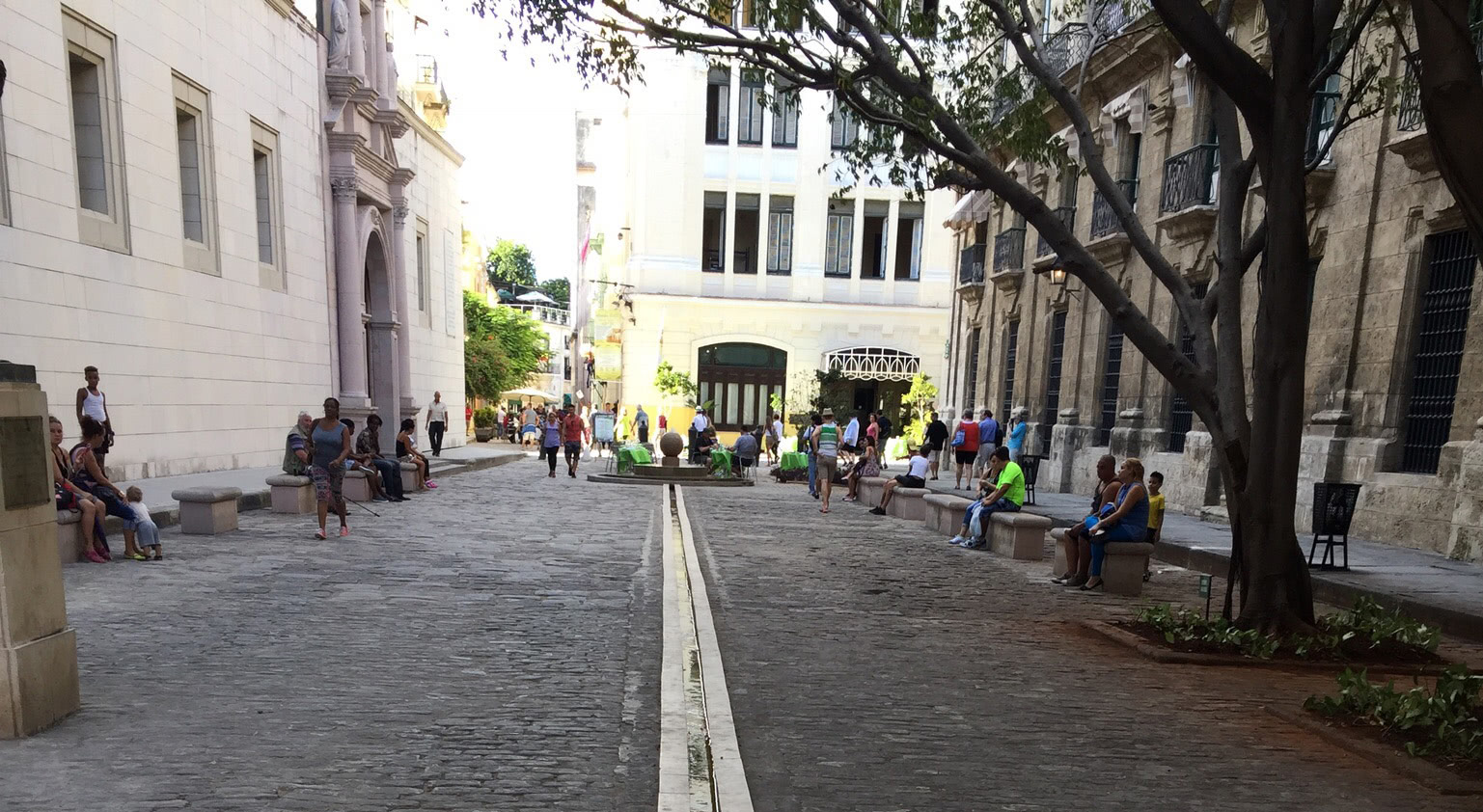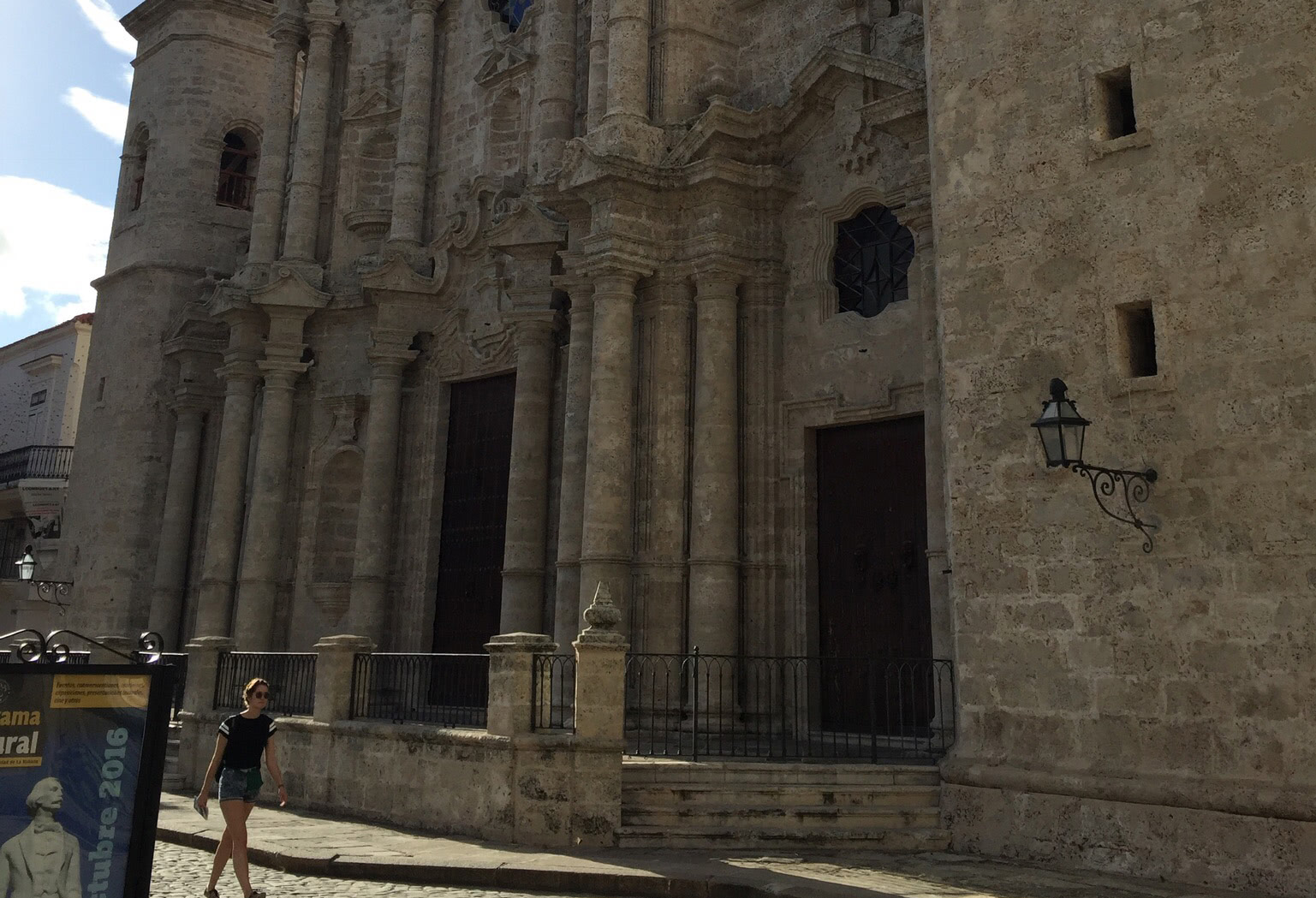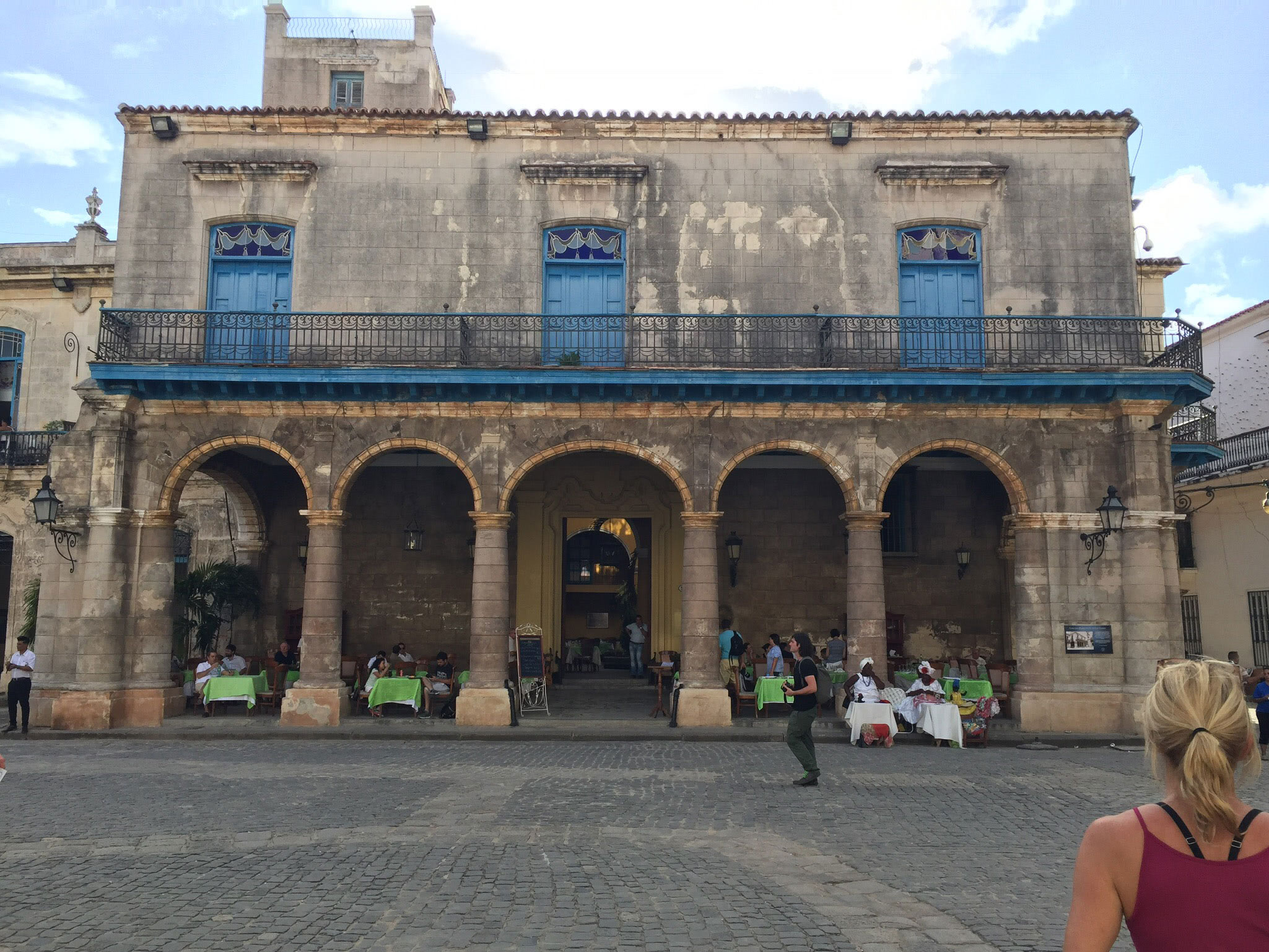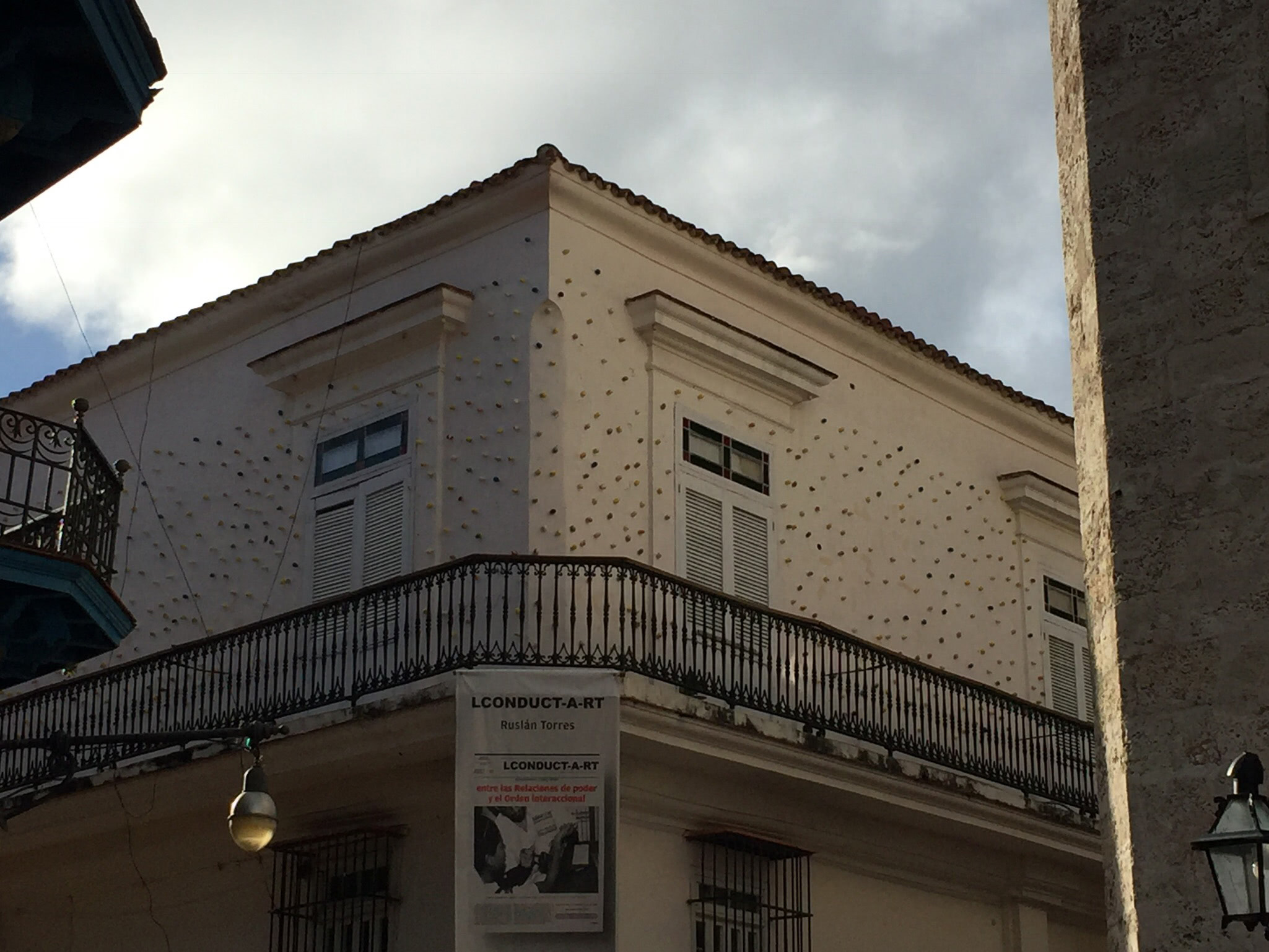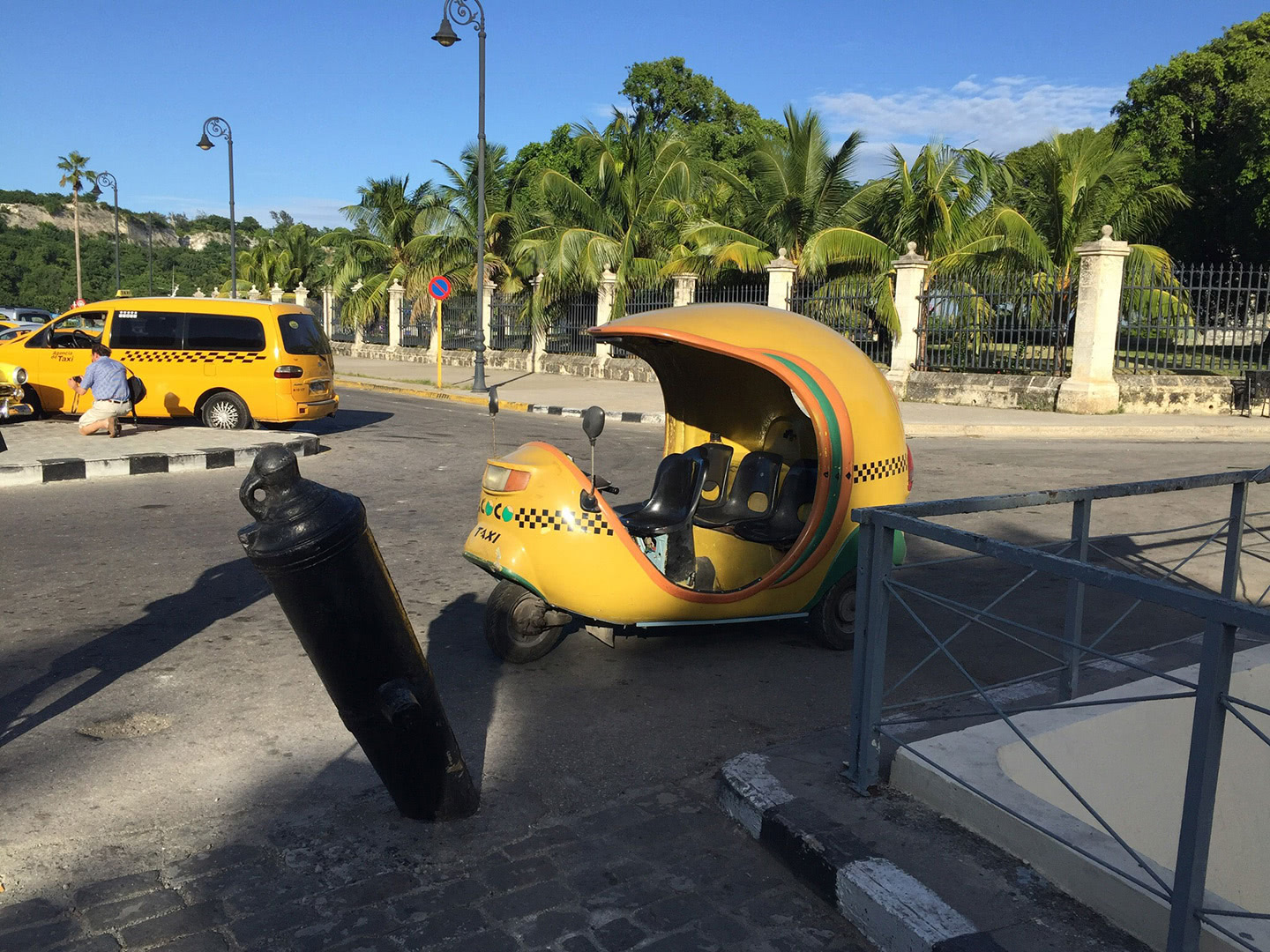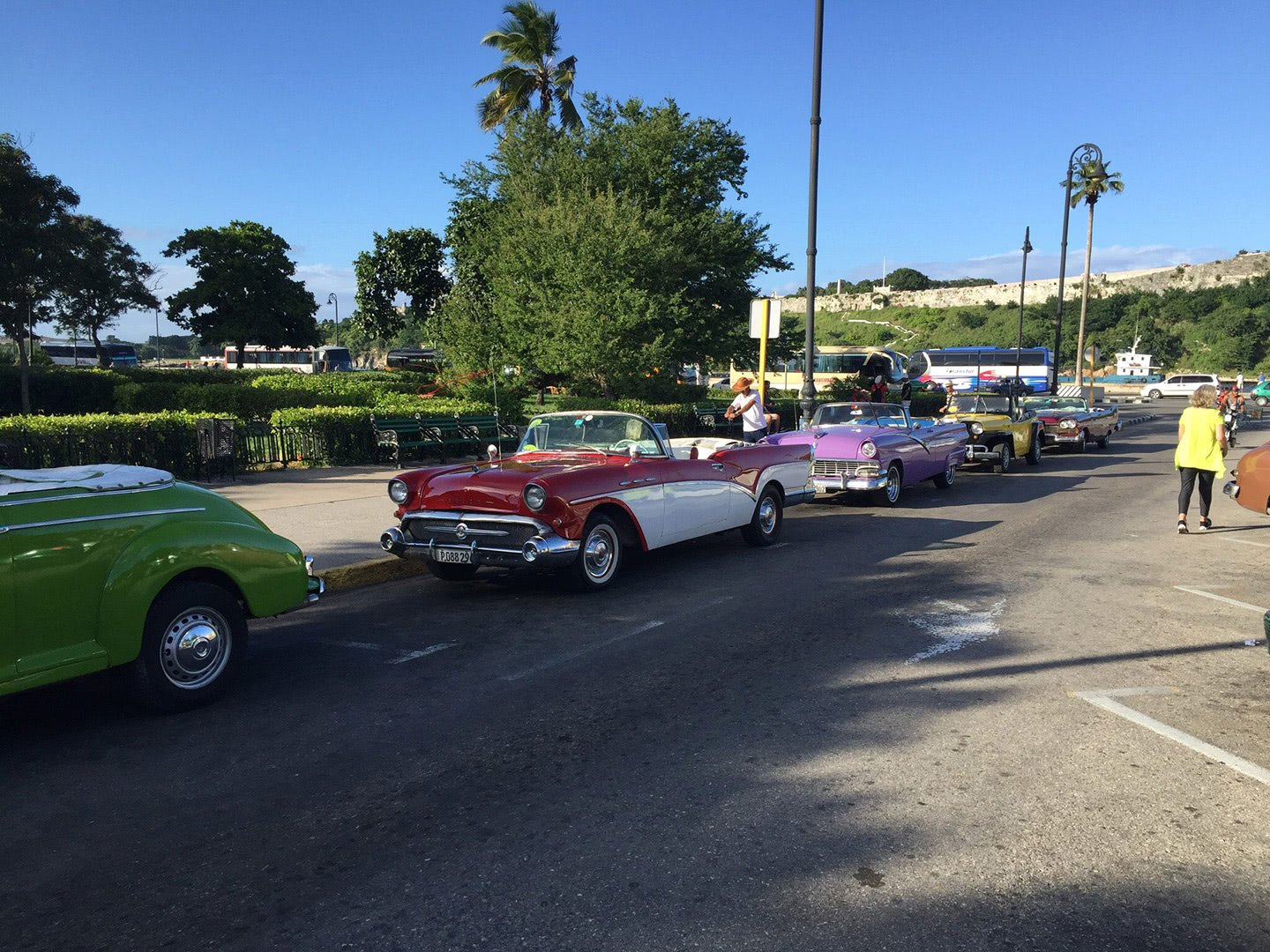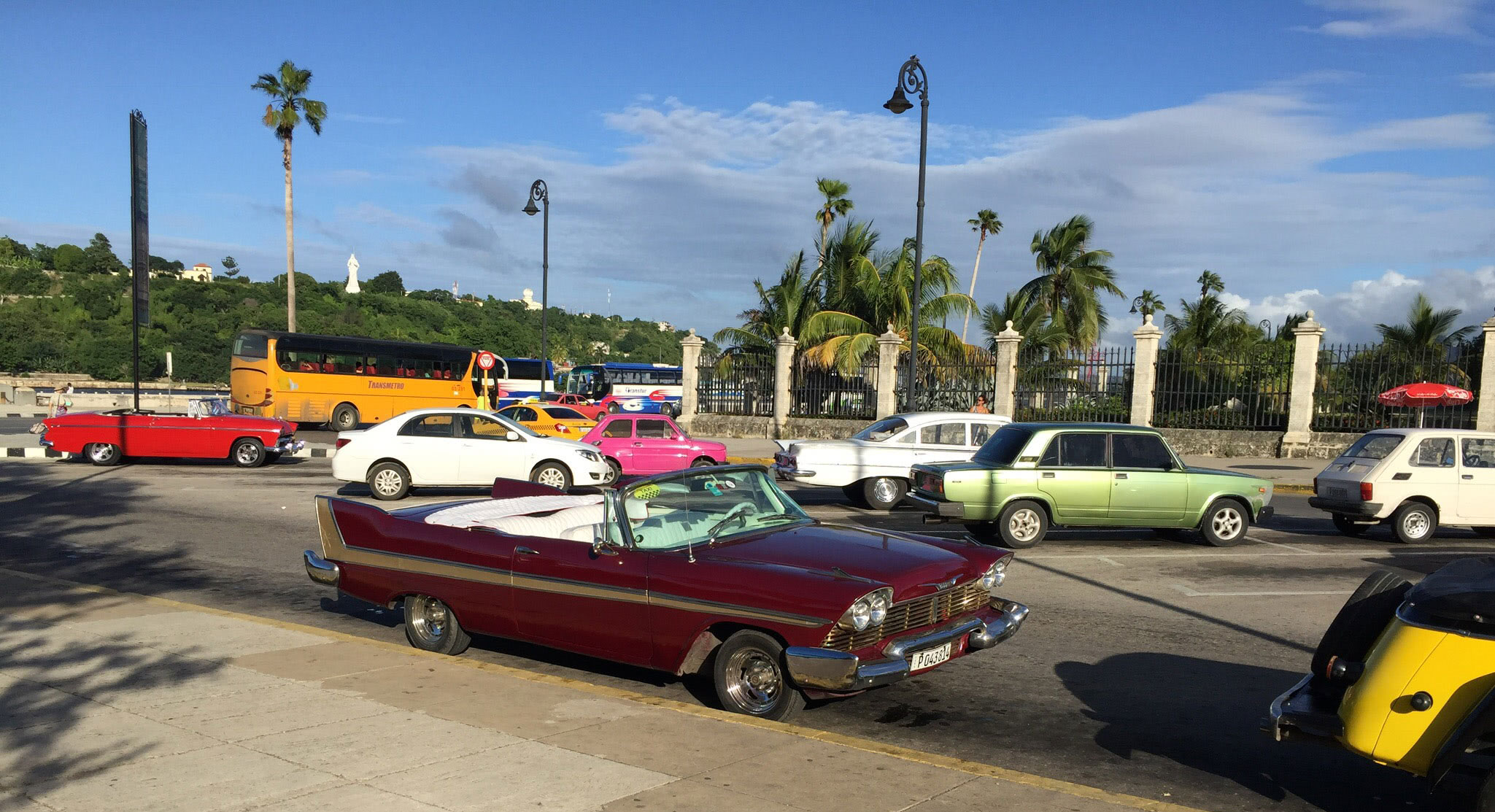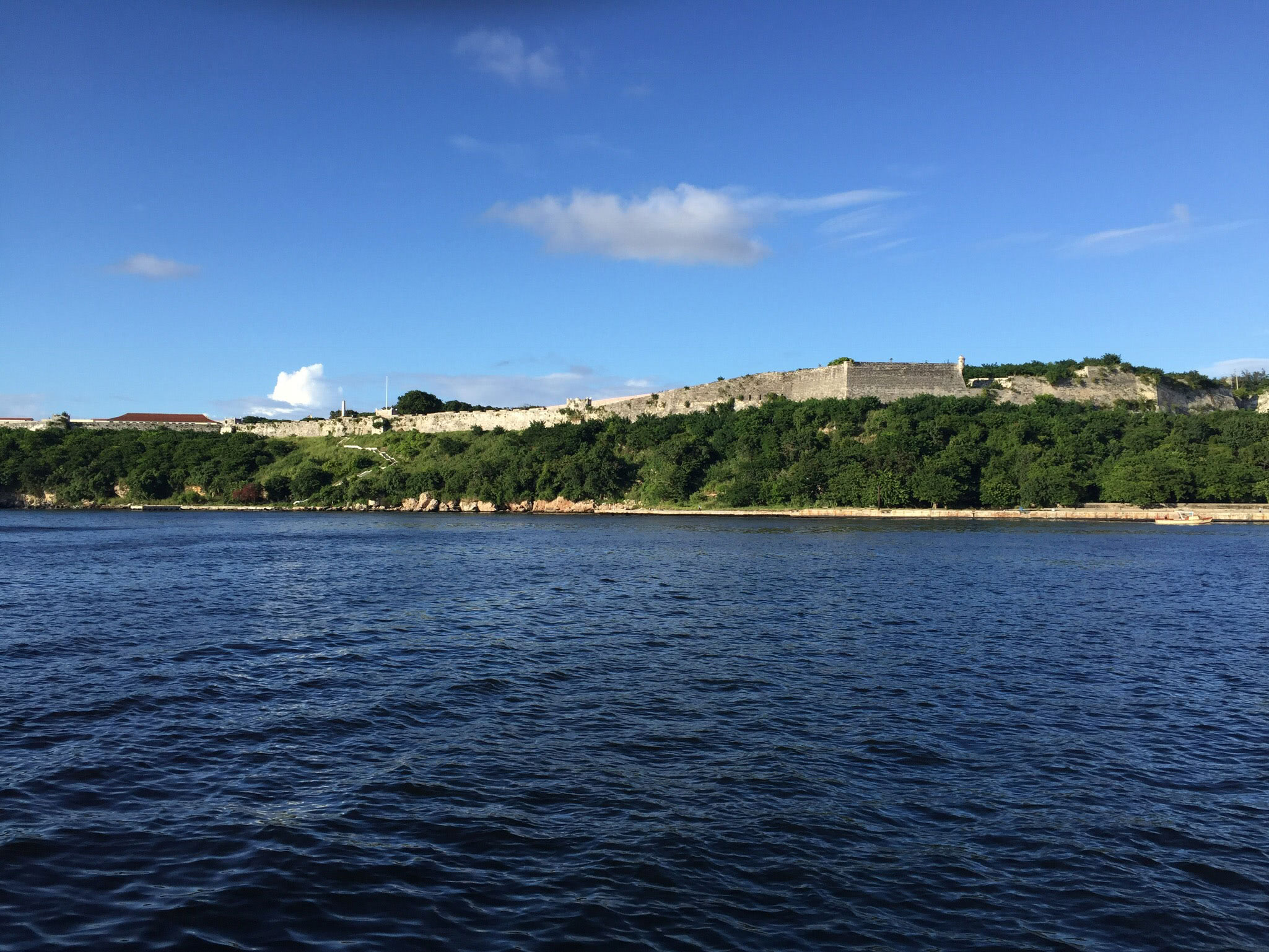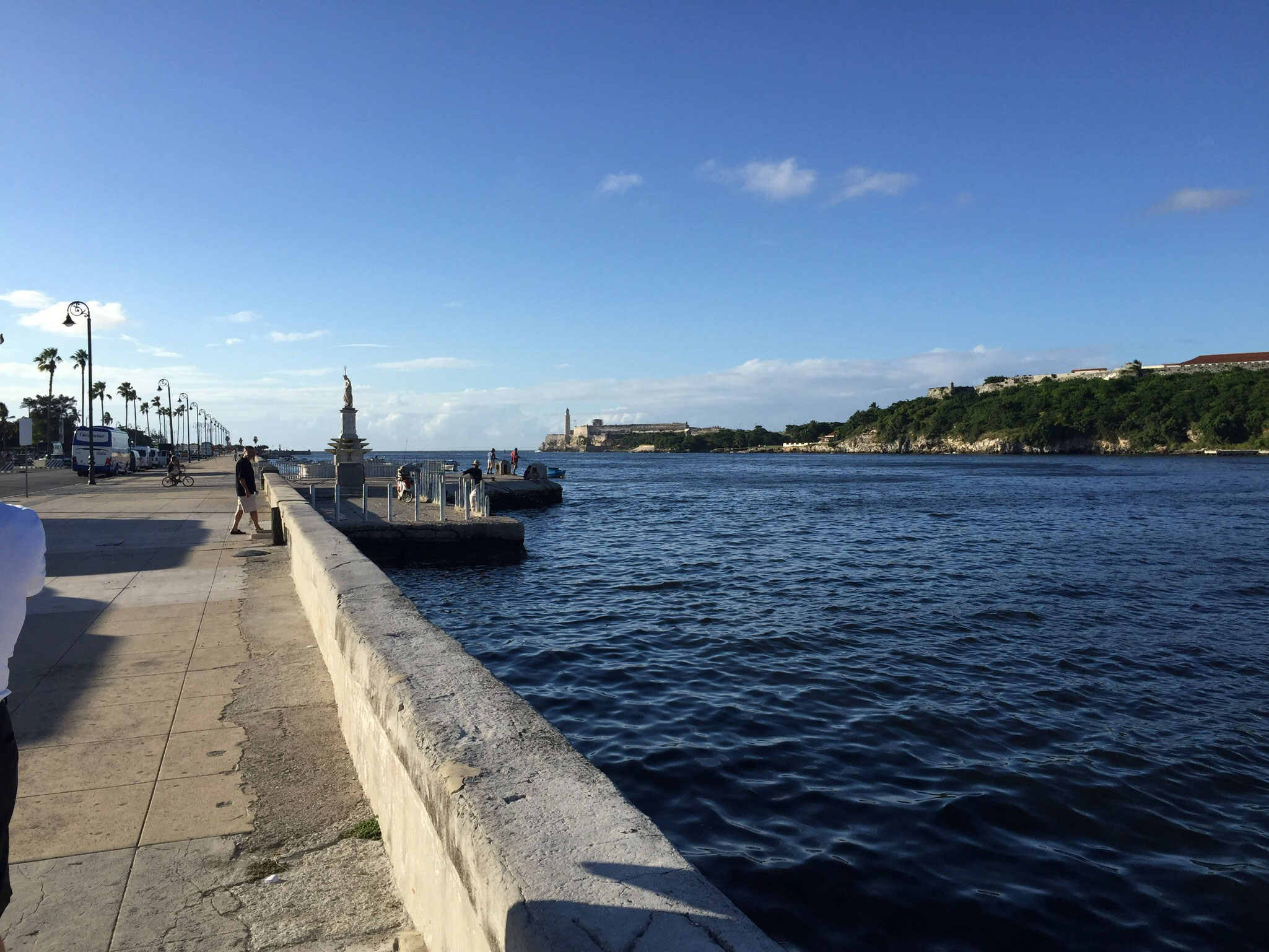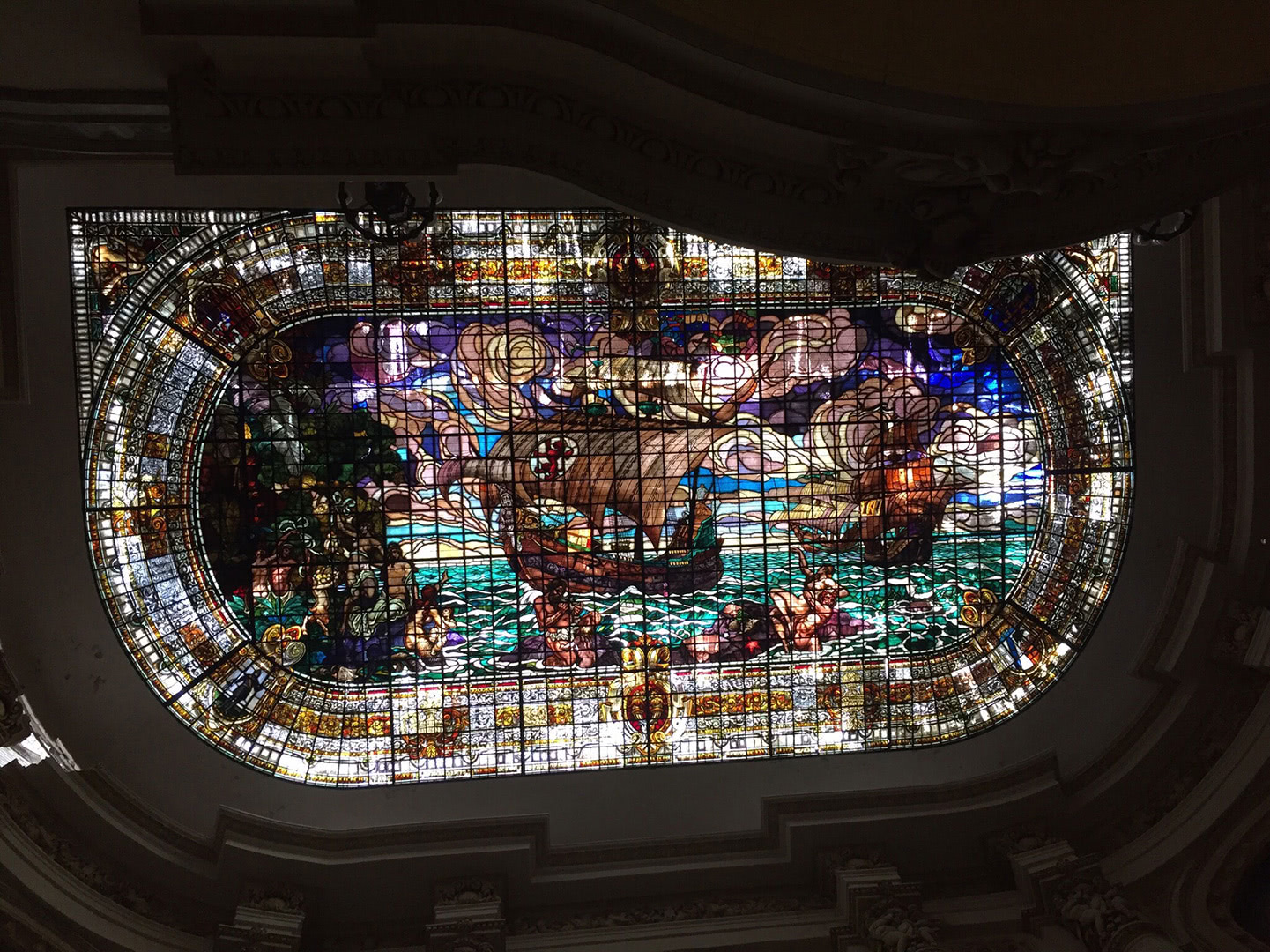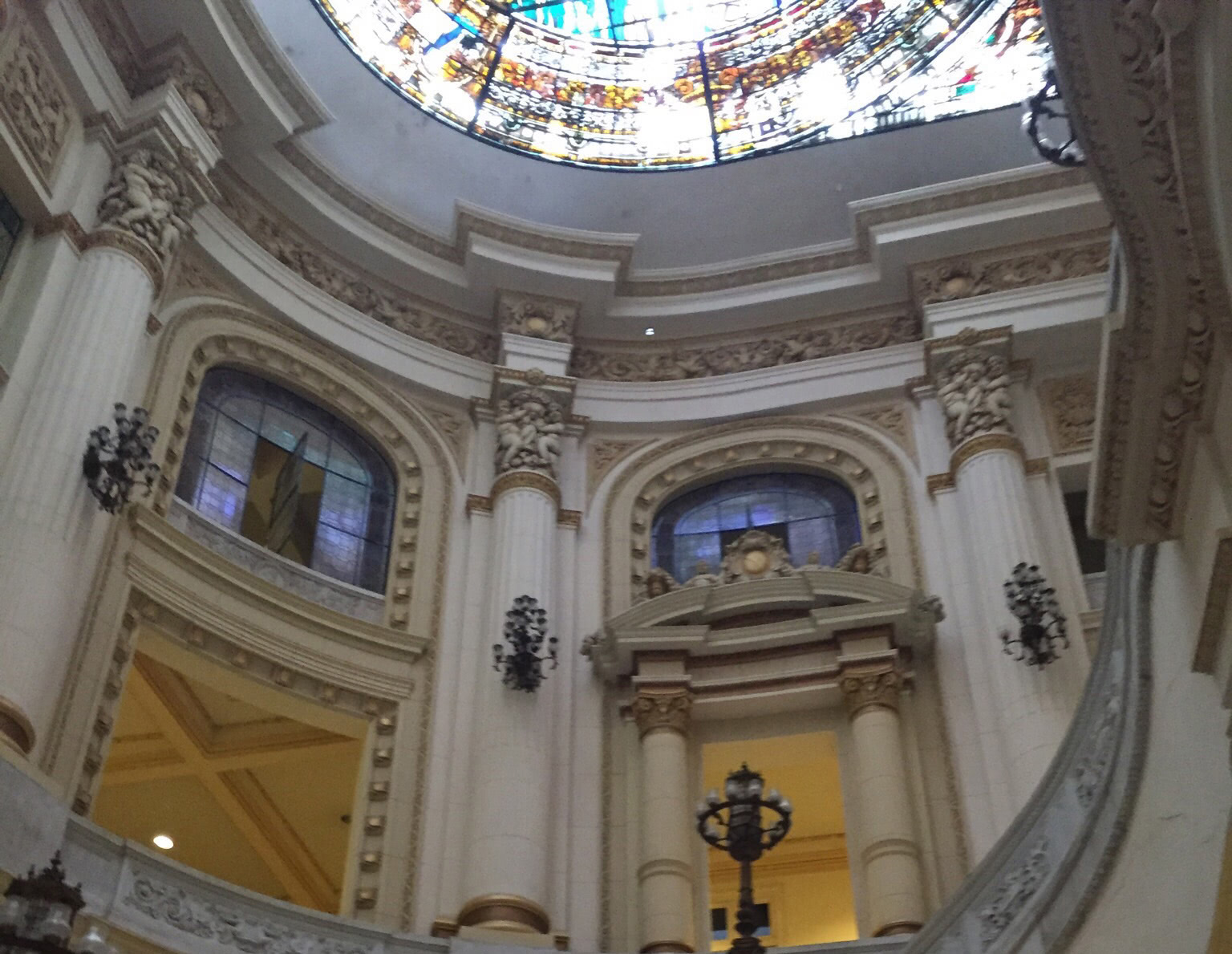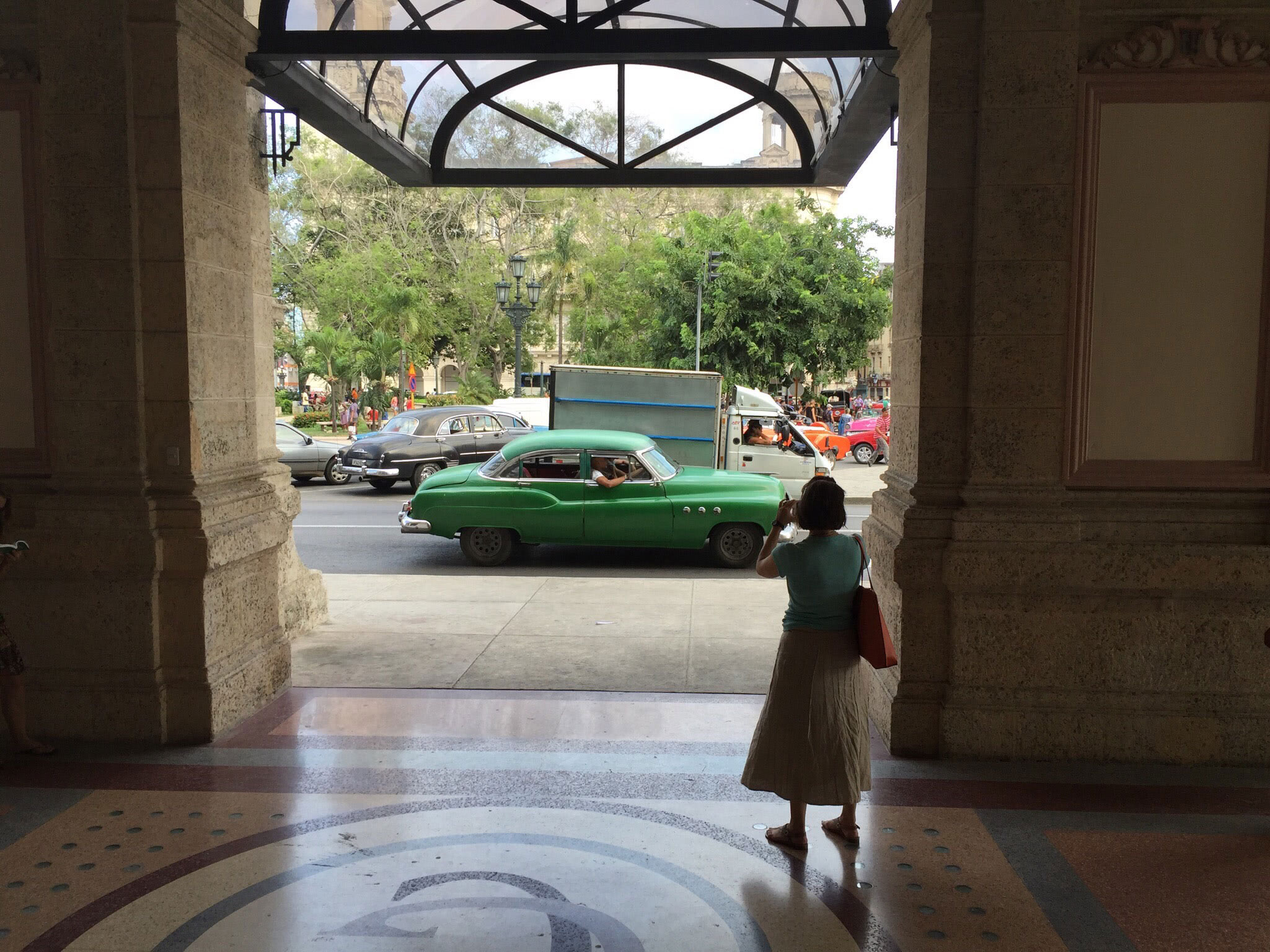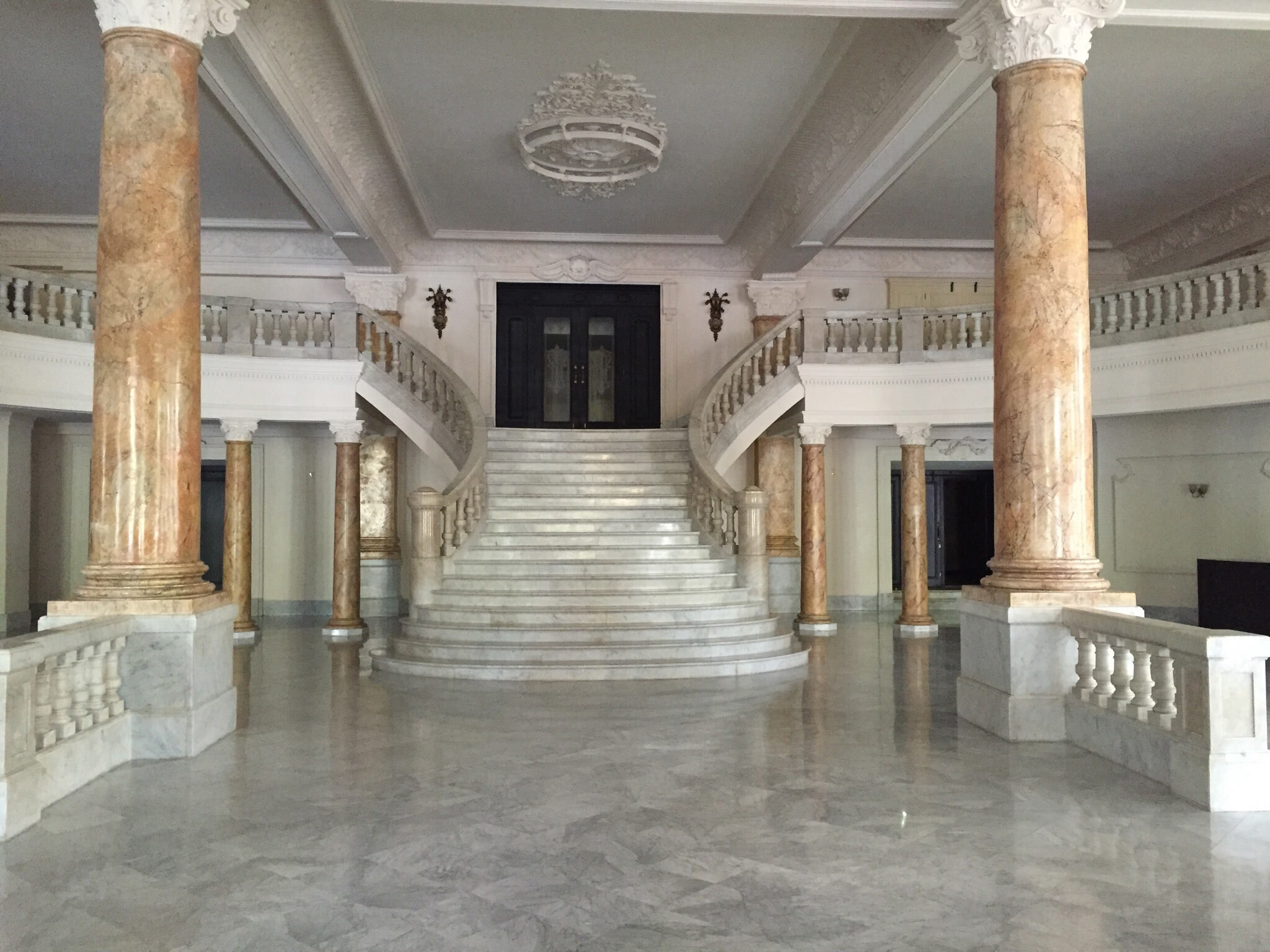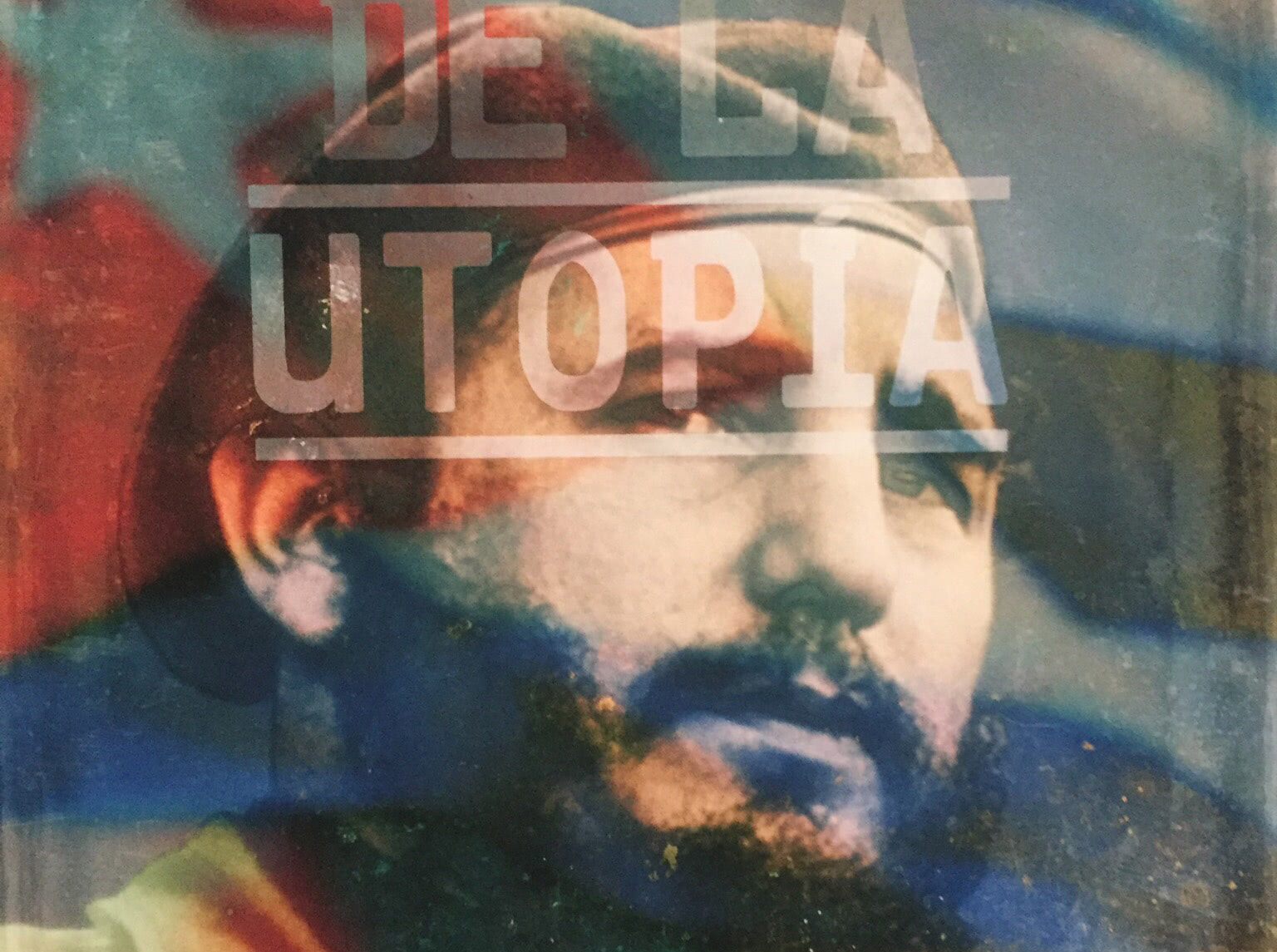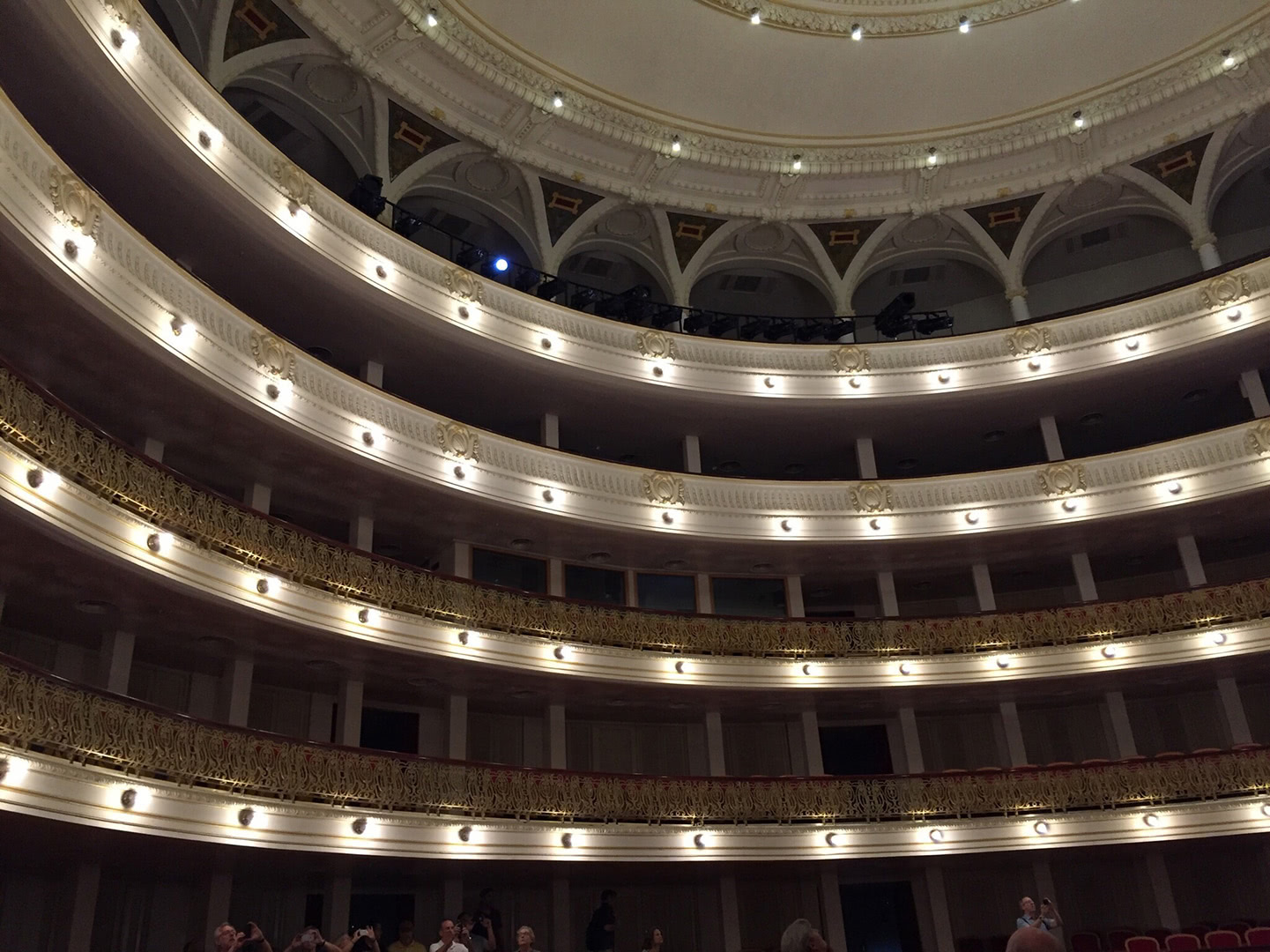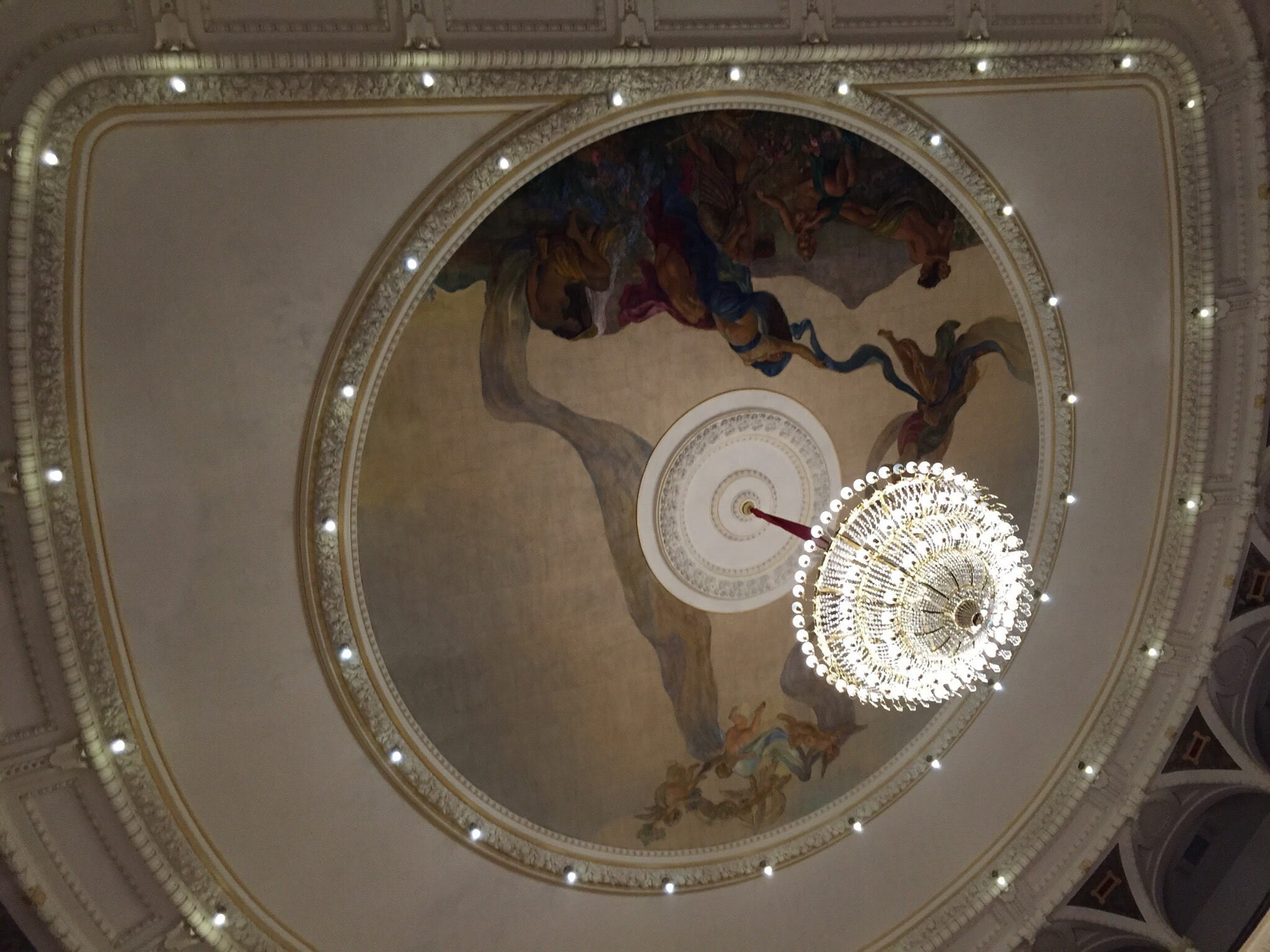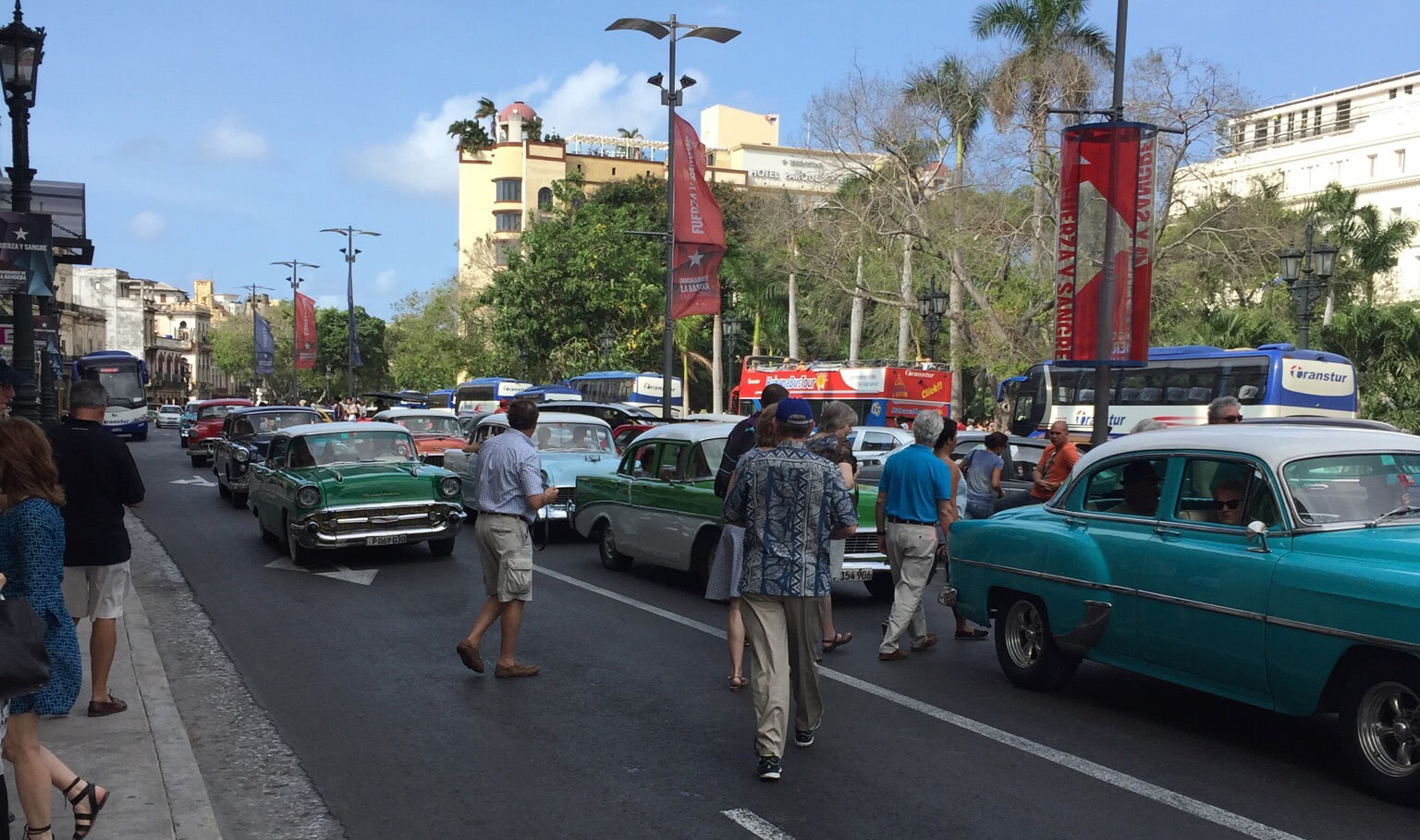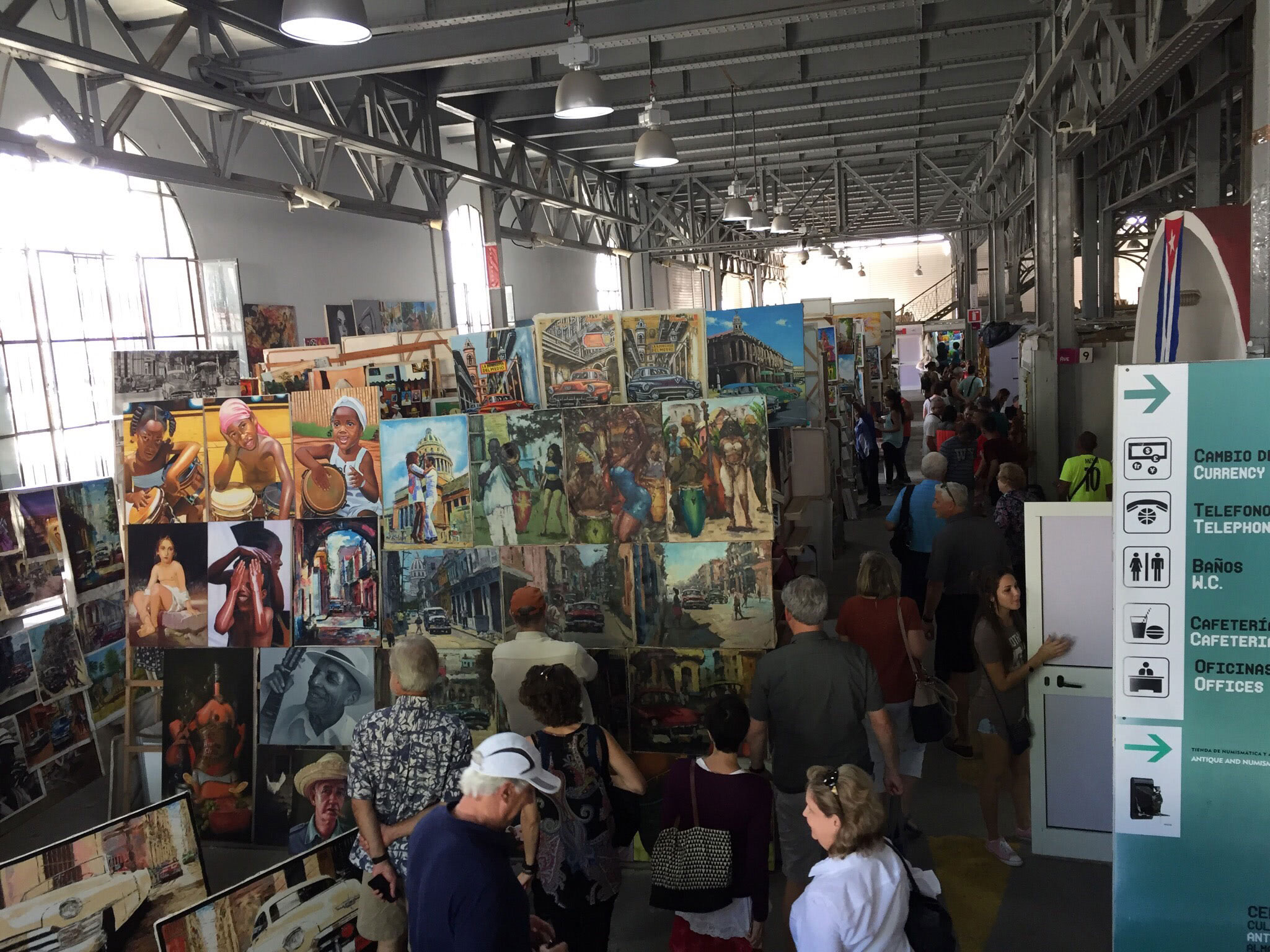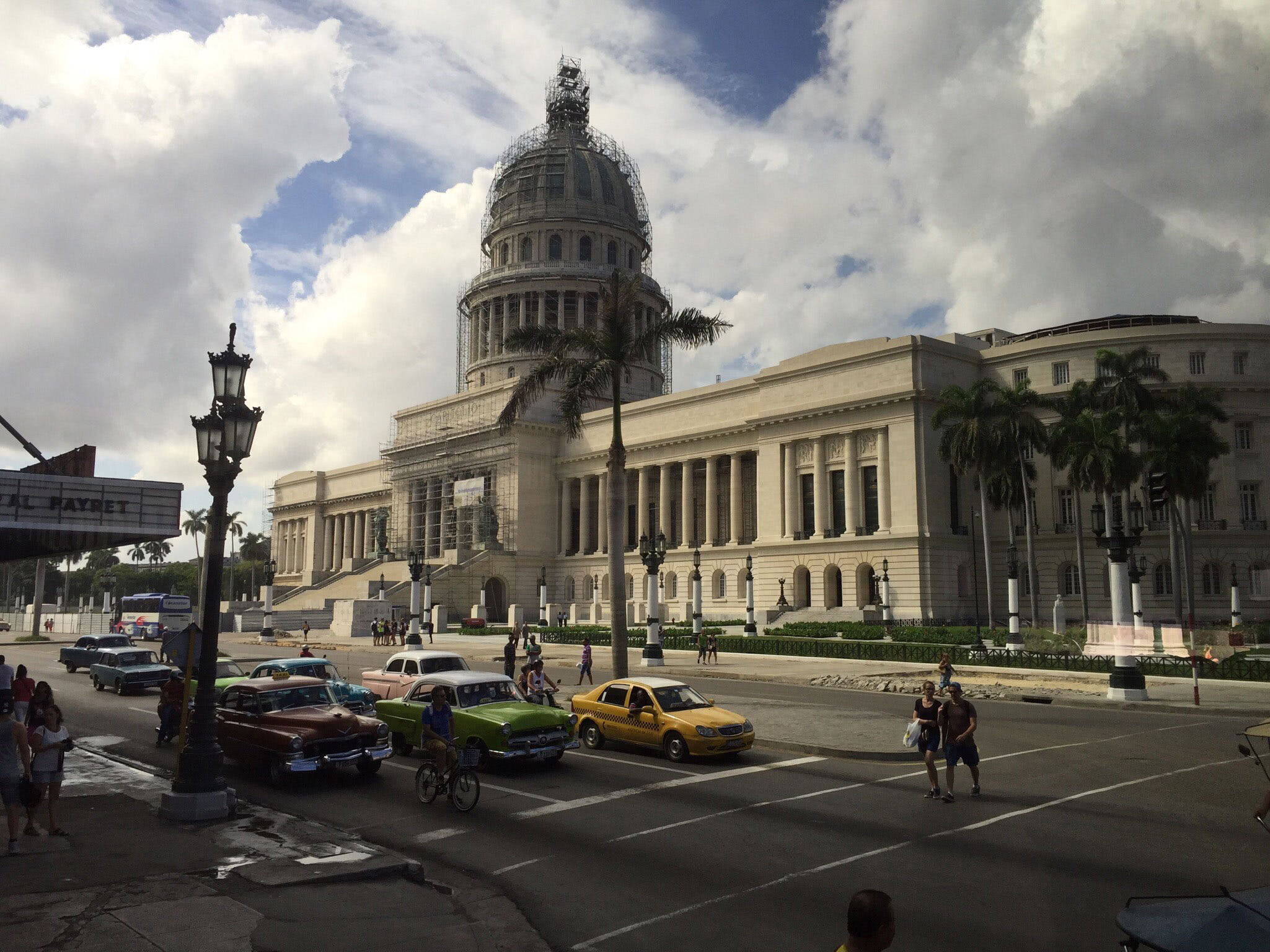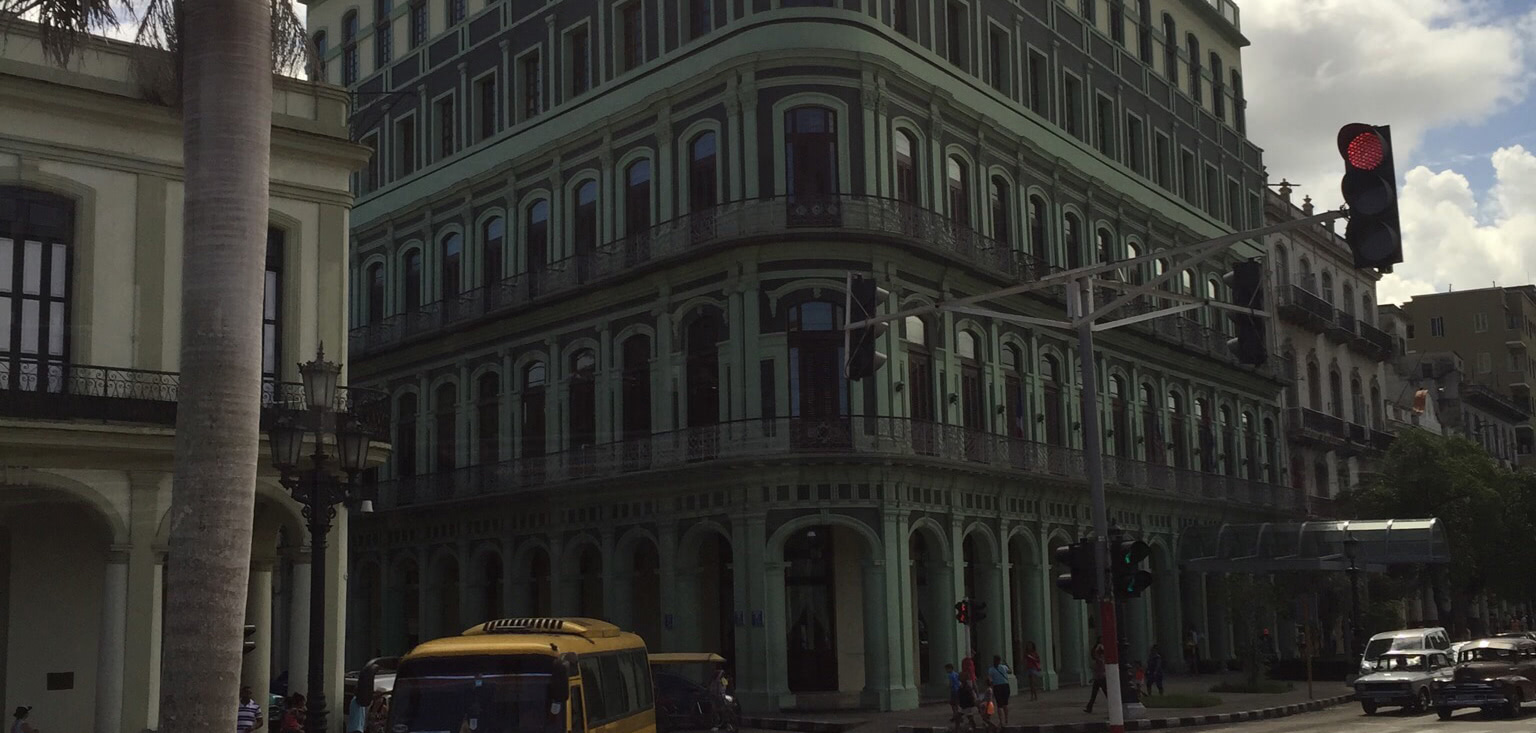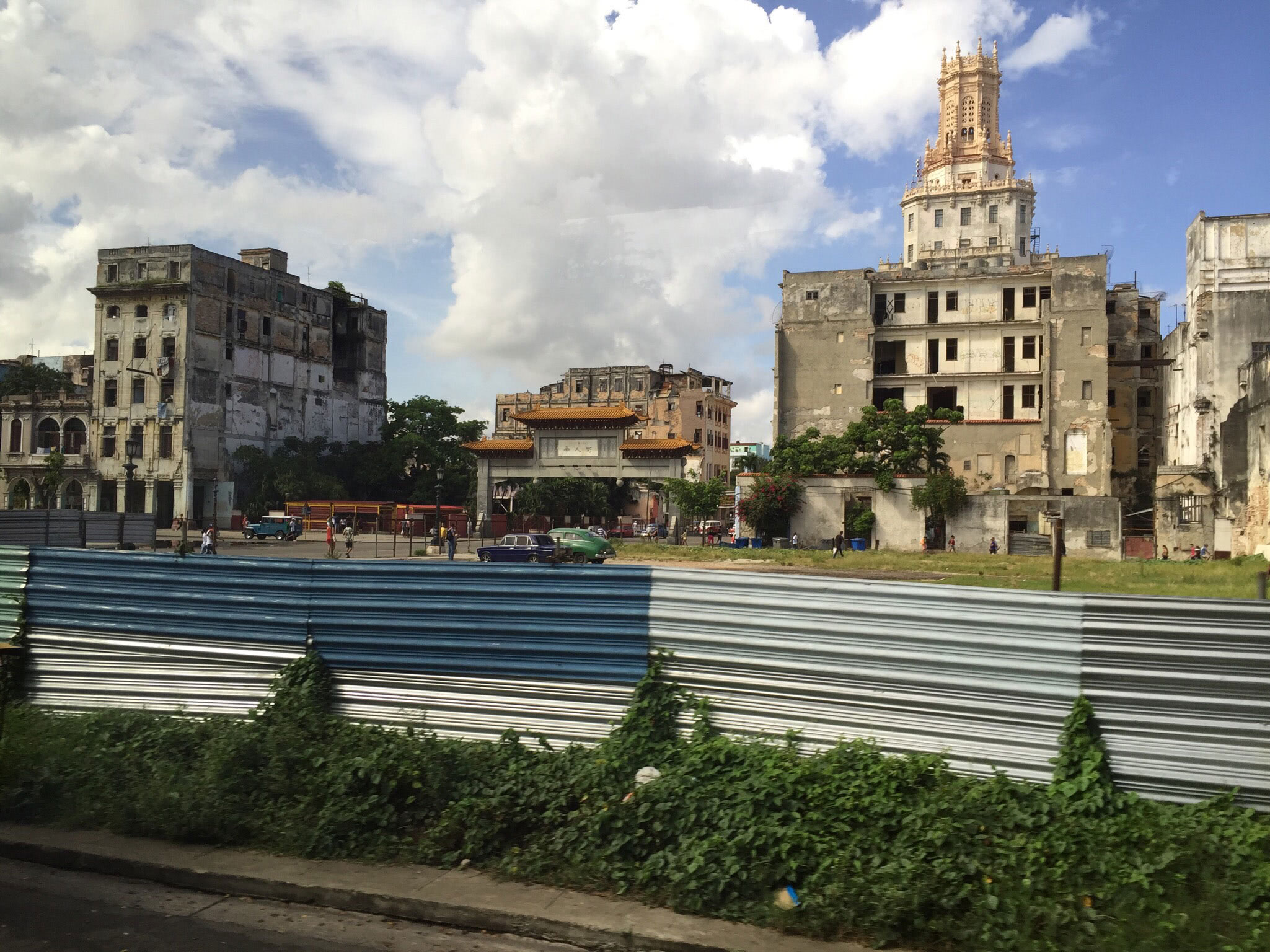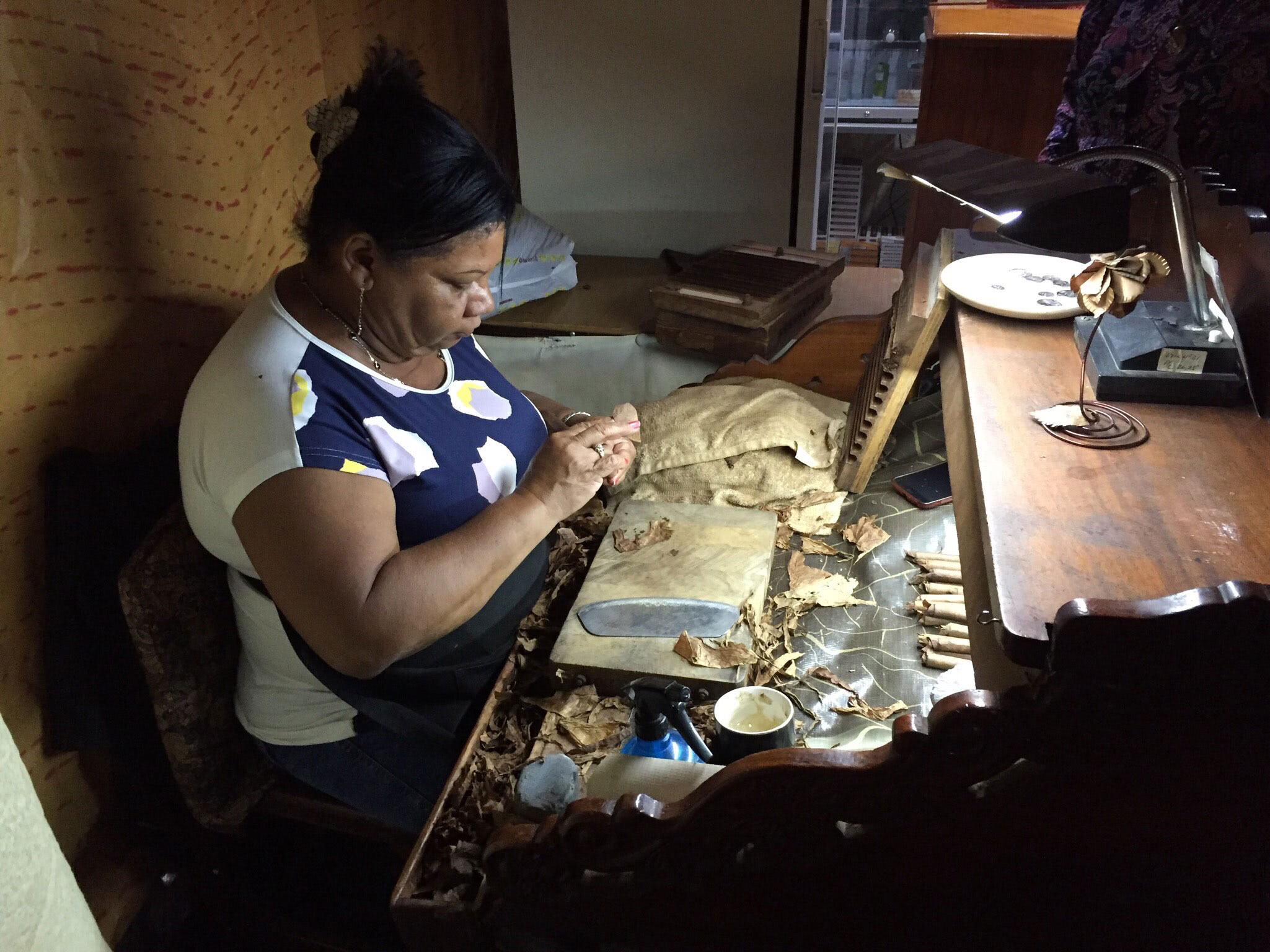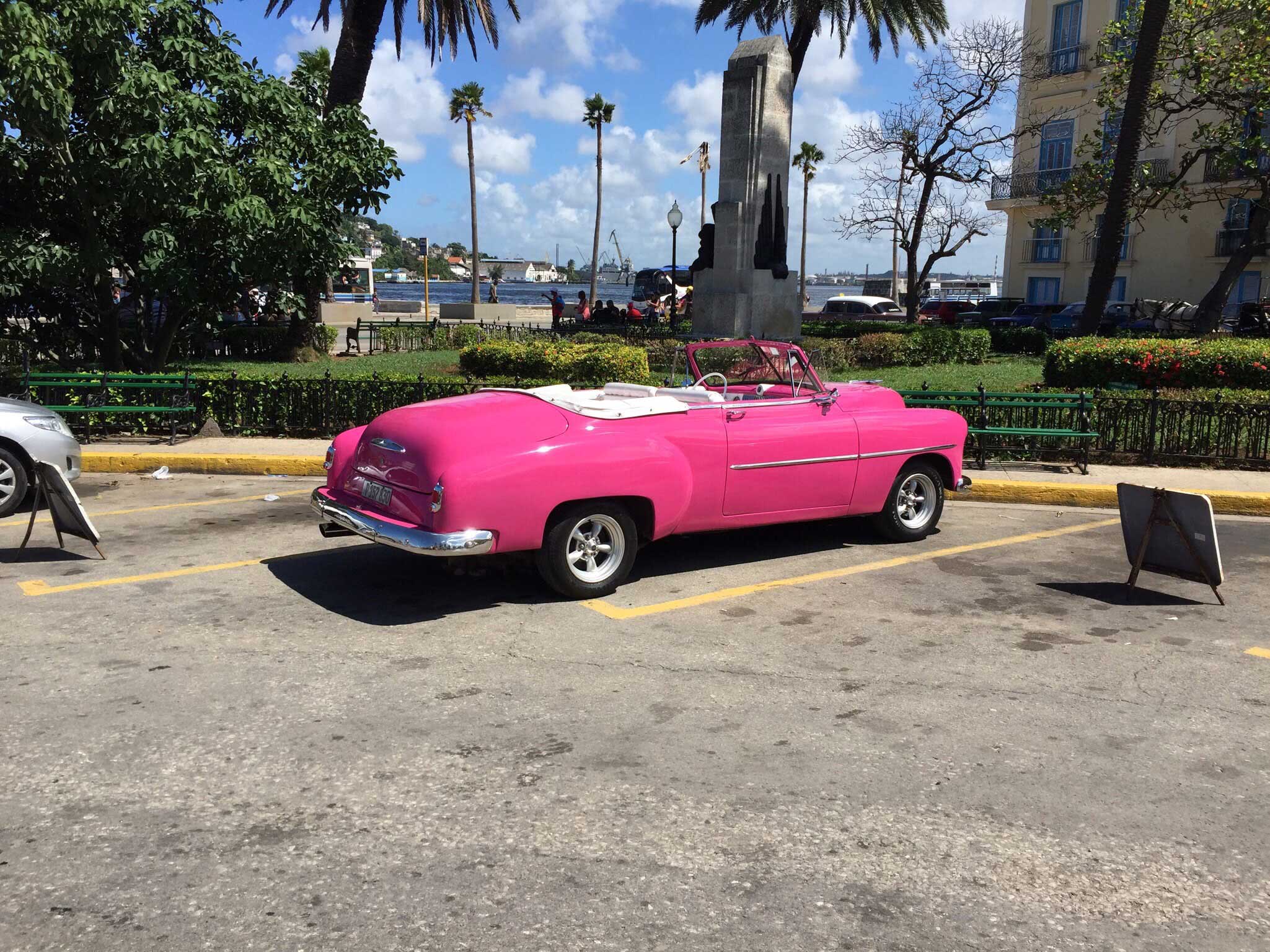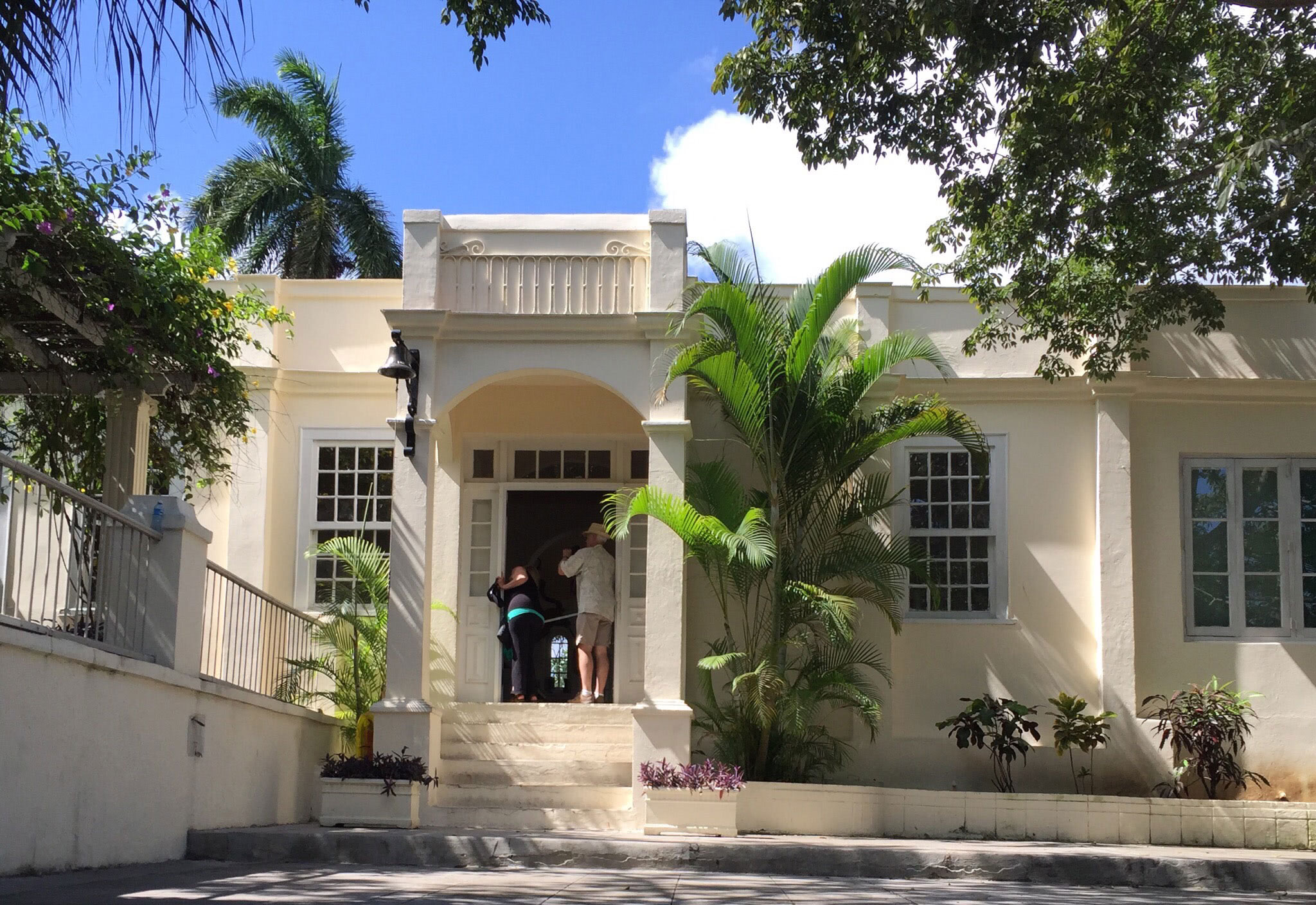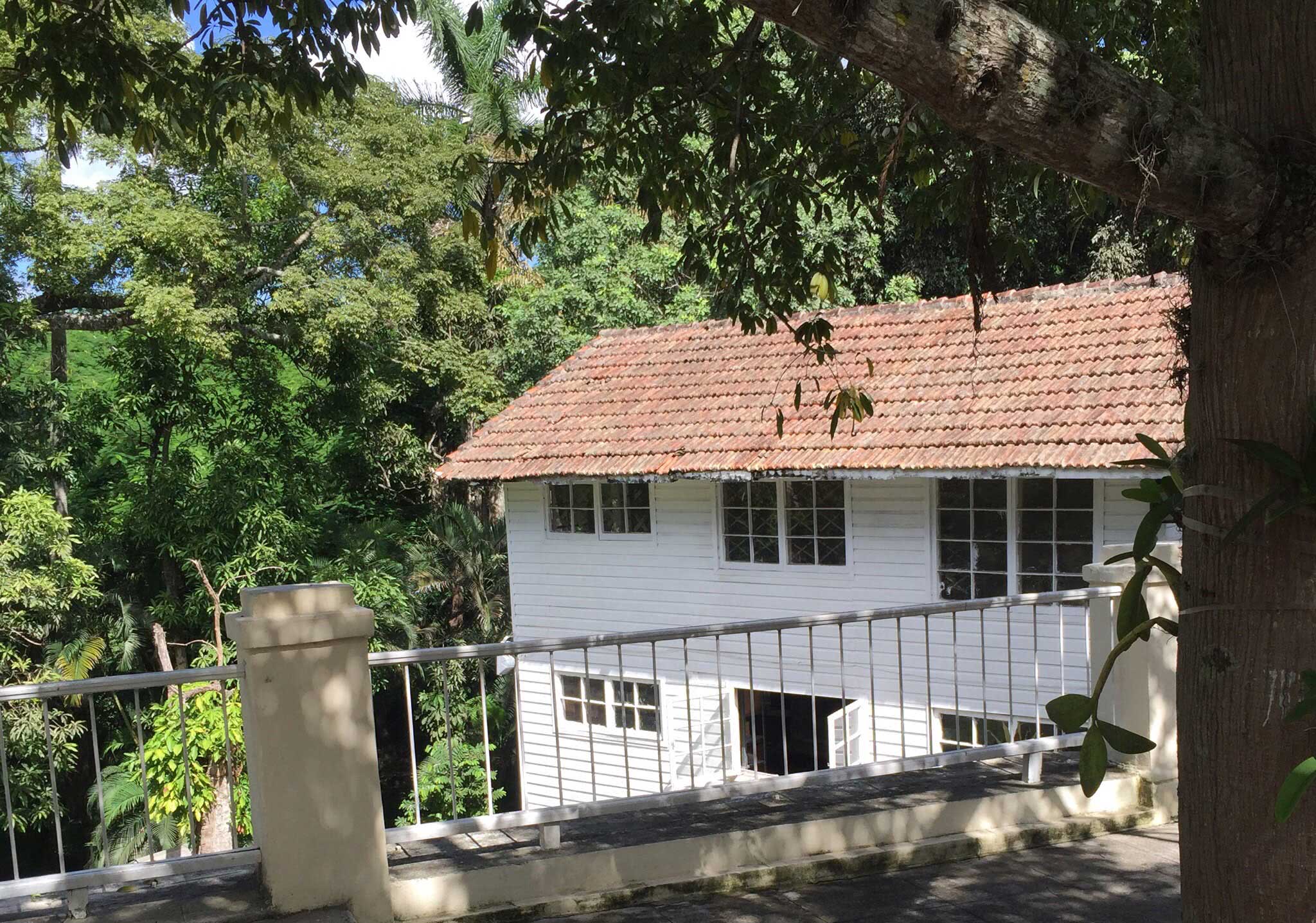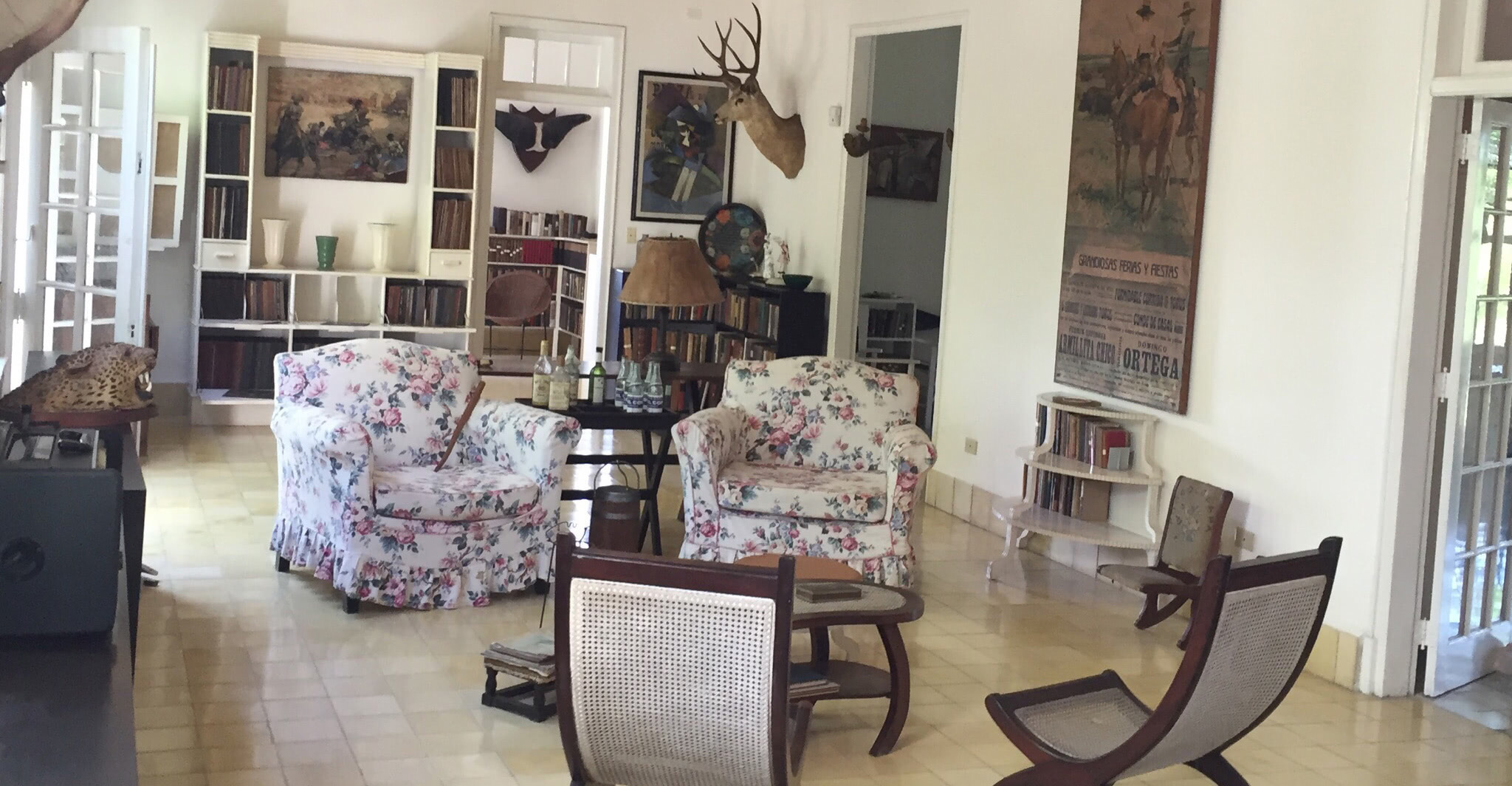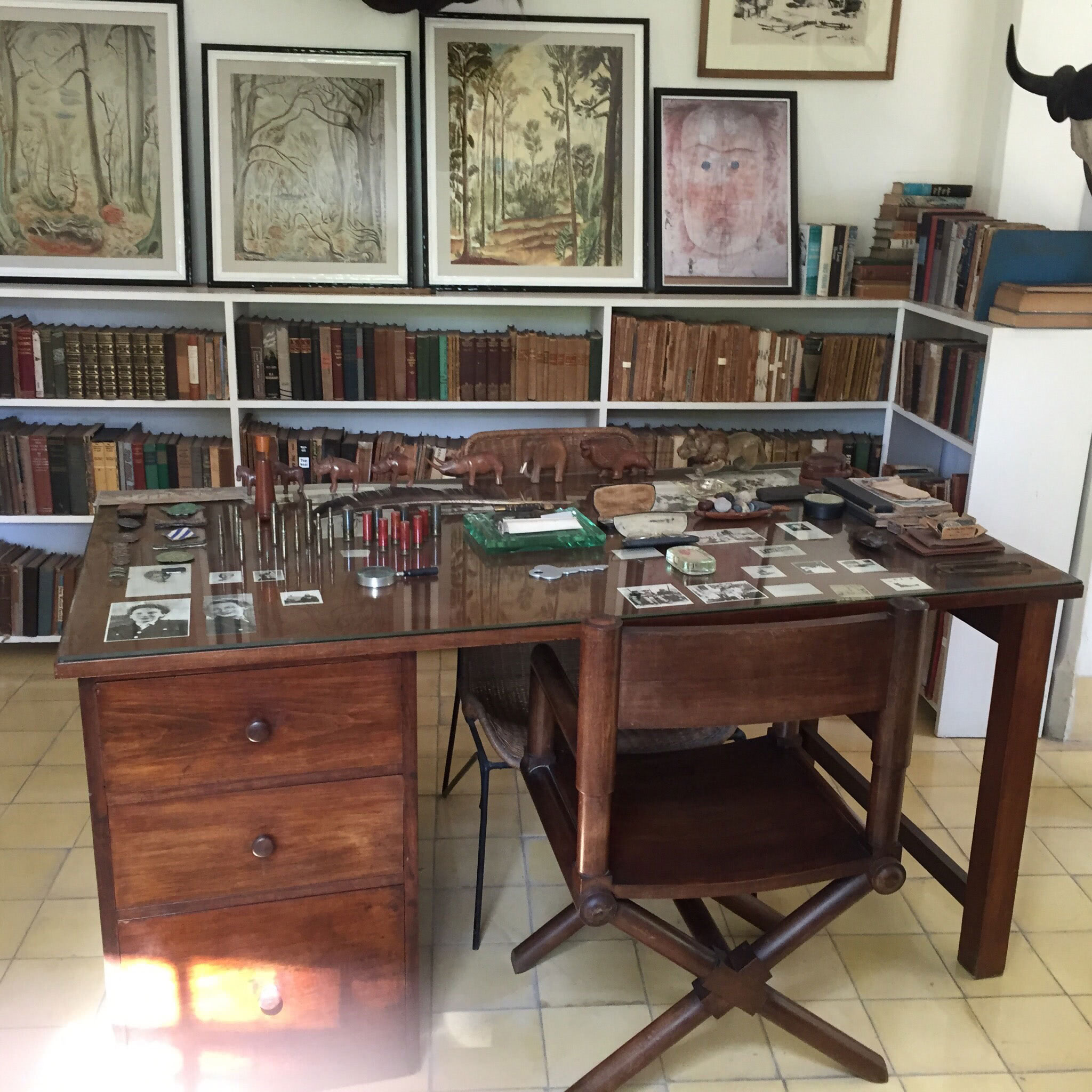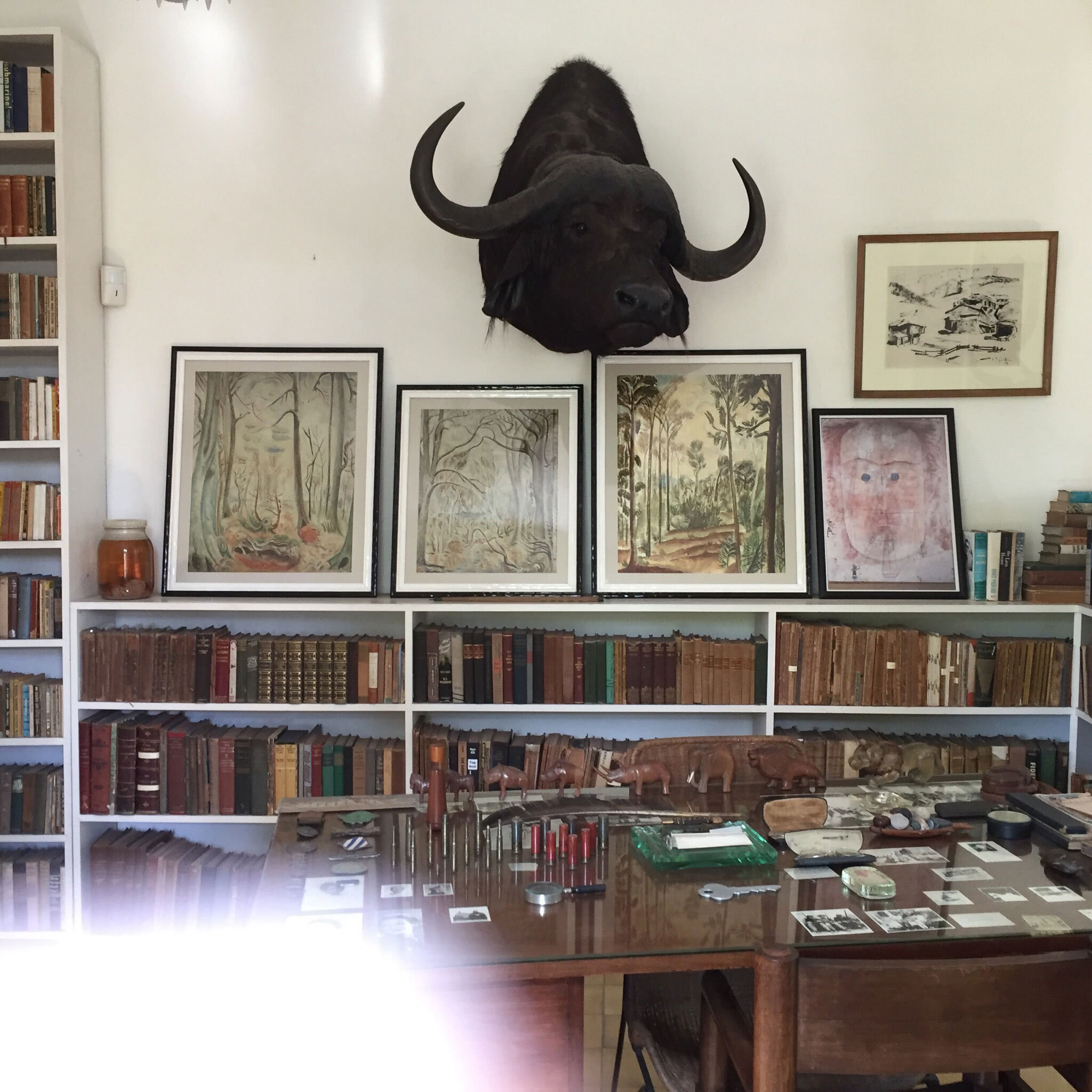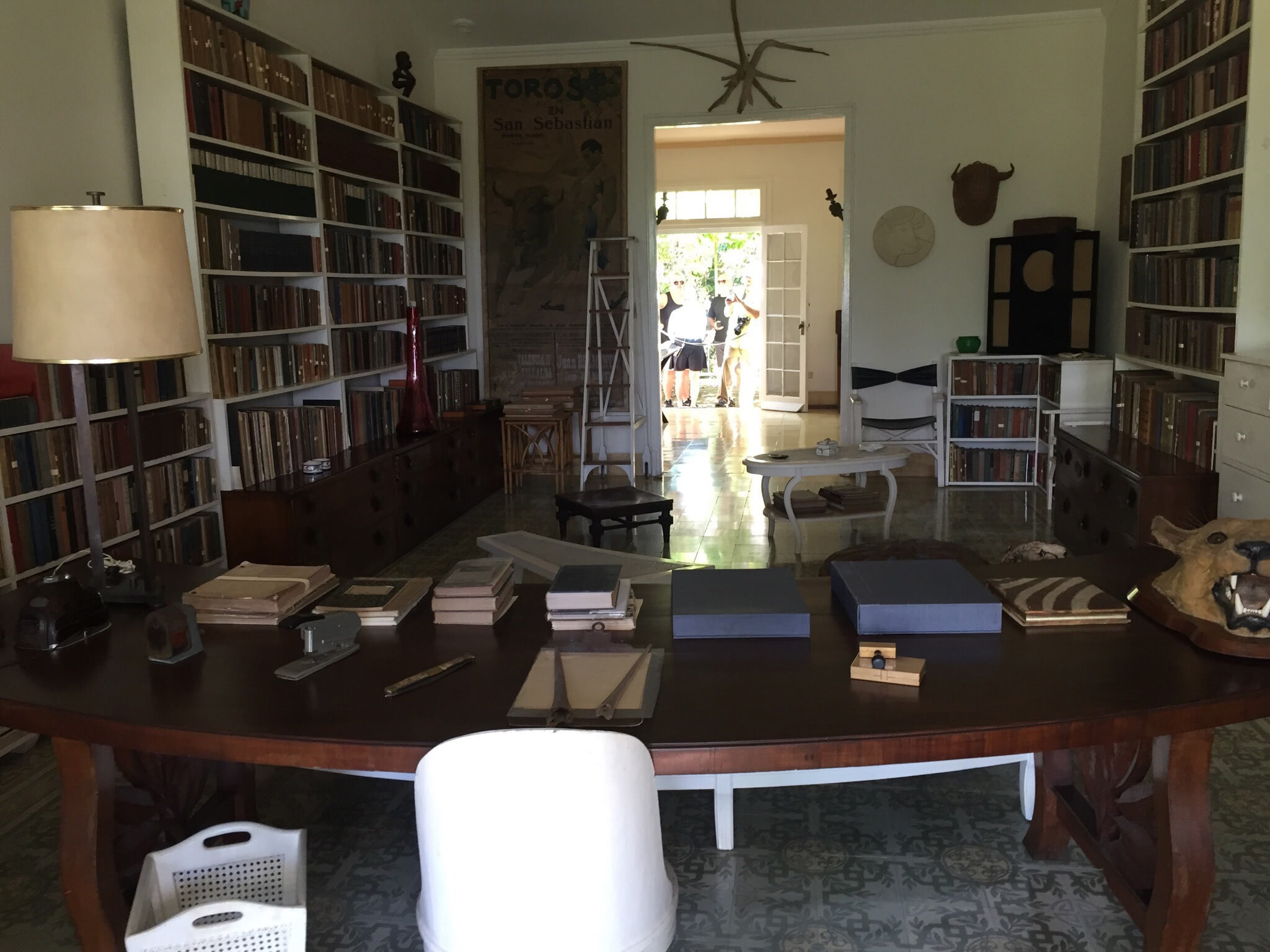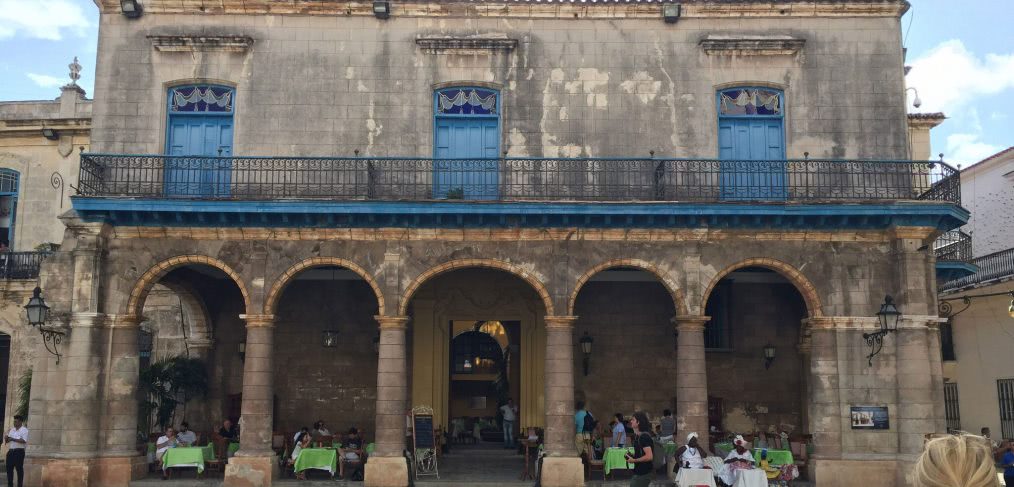
Off the beaten path: is an architectural revolution in store for Cuba?
CallisonRTKL CEO Lance Josal weighs in on the future of the built environment in Cuba.
In remarks during the first American presidential visit in almost 90 years, President Obama said, “…part of Cuba’s identity is its pride in being a small island nation that could stand up for its rights, and shake the world. But I also know that Cuba will always stand out because of the talent, hard work, and pride of the Cuban people.”
I was fortunate enough to visit Cuba a few months ago for the Large Firm Roundtable of the American Institute of Architects, and I’d like to echo President Obama’s sentiments. And let me cut to the chase: Cuba is wonderful. There’s no place like it. And as an architect, it was a dream come true to see the incredible architecture that has remained mostly untouched since it was built.
I’ll start from the beginning: the Large Firm Roundtable began talking about an AIA trip to Cuba more than a year ago, and it was pure chance that President Obama announced loosening the restrictions on traveling there. A whole group of representatives from large architecture firms chartered the trip through a licensed cultural facilitator, and they filed it with the Commerce Department to make sure that we got a true taste of Cuban culture. And that’s exactly what happened.
We were lucky enough to speak with several local architects about the significance of what’s happening in Old Town Havana and the newer part of the city. This was a true, cross-cultural exchange of ideas. It was inspiring and really forced us to think differently about our expectations and preconceived ideas about Cuba.
One of the discussions that really stuck with me was that people there get monthly food rations from the government, but they really only last for about two weeks. So people have to “hustle” to get by, which means they find something they can do to earn some extra money, or at least some food. To me, it sounds an awful lot like Capitalism, but they call it “hustling.” Even on an international scale, Cuba has developed a kind of barter system, trading their expertise and medical knowledge for necessities like oil; as an outsider, I found it fascinating.
When I look at Cuba as a visitor, and as an architect, I see a country full of innovative, resourceful people, who haven’t had the chance to update their environment in decades. The resulting feeling of somehow being in the past is what draws many tourists to the island, but we certainly saw enough sub-standard living conditions to see that it’s not all 1950s charm as some travel writers would have you believe.
Cuba’s existing building stock may be very simple in some ways, but the fact that they paint everything in the brightest colors they can get their hands on show how valuable the built environment is to their culture. And as a visitor, the bright colors are truly something to behold. There are no office buildings and very few hotels, because everything is housing stock, and our tour guide told us that it’s mostly luck of the draw whether you end up in an original Beaux Arts building, a Russian housing project from the 60s, or a derelict building.
In terms of global cities, Havana could be a contender, and it could easily become the port of call for the rest of Latin America once again. But the Cuban people should take care, as I know they will, to support organic growth.
Certainly, as a global firm, we’ve seen countries like China that have become commercialized, with a lot of the same chains and companies you can find anywhere in the world. Cuba hasn’t been a part of that world for decades, so it has nothing like that, and it’s something that everyone, Cubans and visitors, will try to preserve.
There are a lot of intellectuals around the world wondering how Cuba can go from where it was in the 1950s and move into the 2020s. Will it be an awkward transition? How will it look? Will the capitalistic “keep up with the joneses” attitude catch on like it did in China? Or is the fact that it’s been a communist country for almost 60 years mean that they’ll have a hard time adapting?
After visiting myself, seeing it with my own eyes, and talking to local professionals, I know that Cuba has a lot of work to do, but I think they’ll go slow and steady. And that’s the smart thing to do. If they succeed, and hold on to their history and culture, Cuba is going to be one of the greatest architectural treasures in the world. I think they have plans to uncover some of the most interesting architecture and infrastructure work the world has ever seen, a long neglected European city uncovered. And mark my words, the best chapter for Cuba will be their next one and here’s hope we at CallisonRTKL will have the opportunity to play a role in shaping its future.

